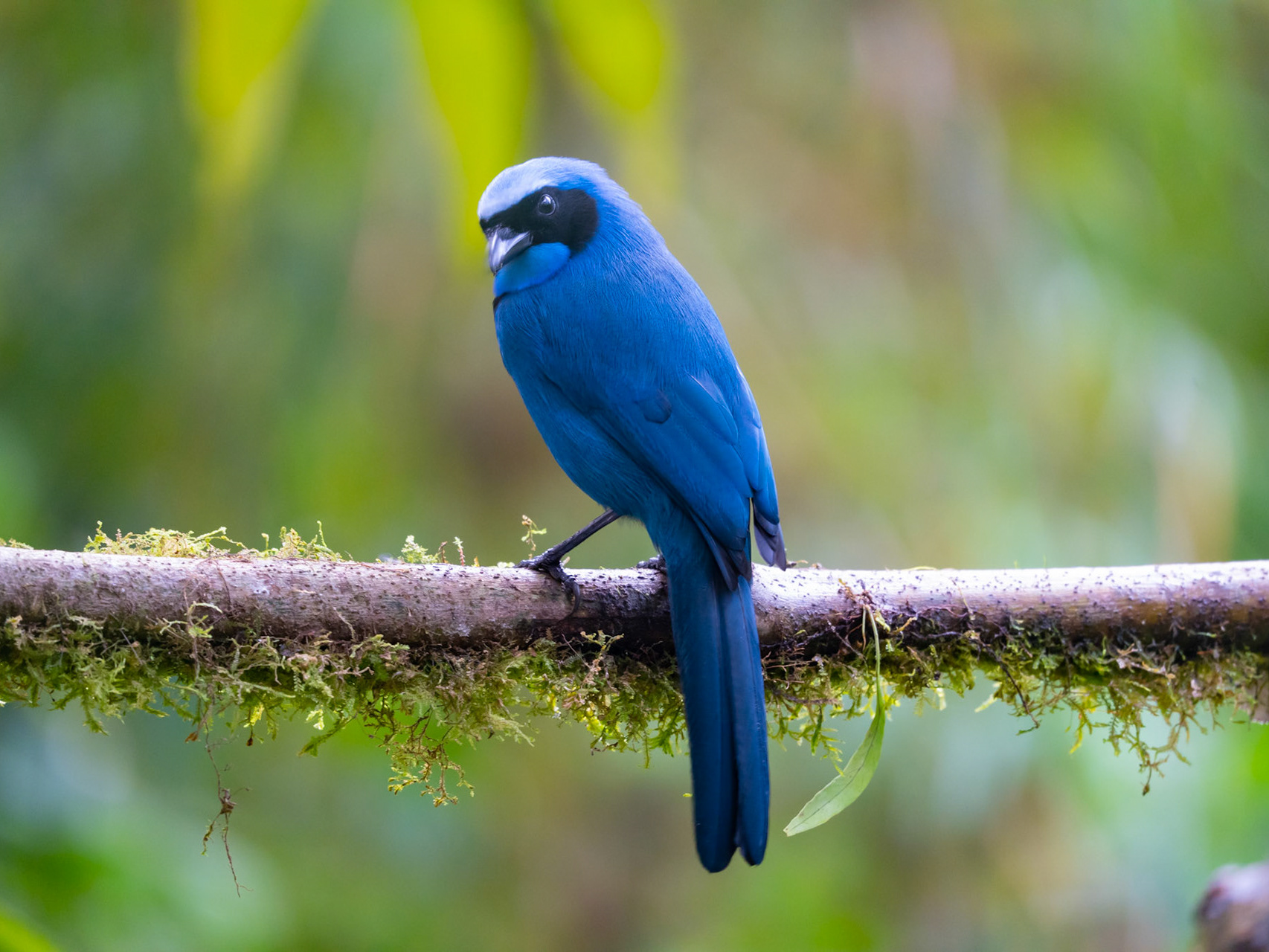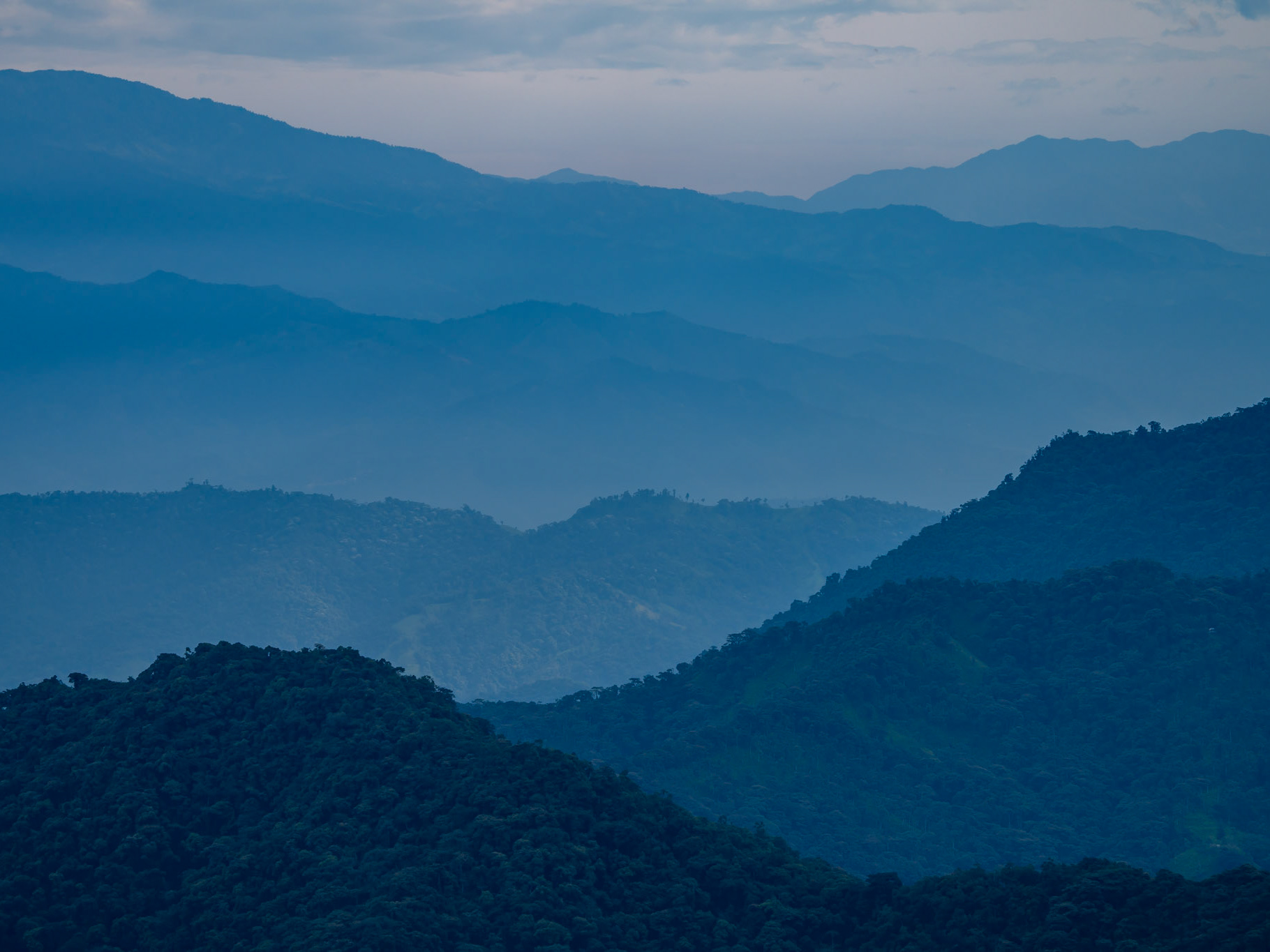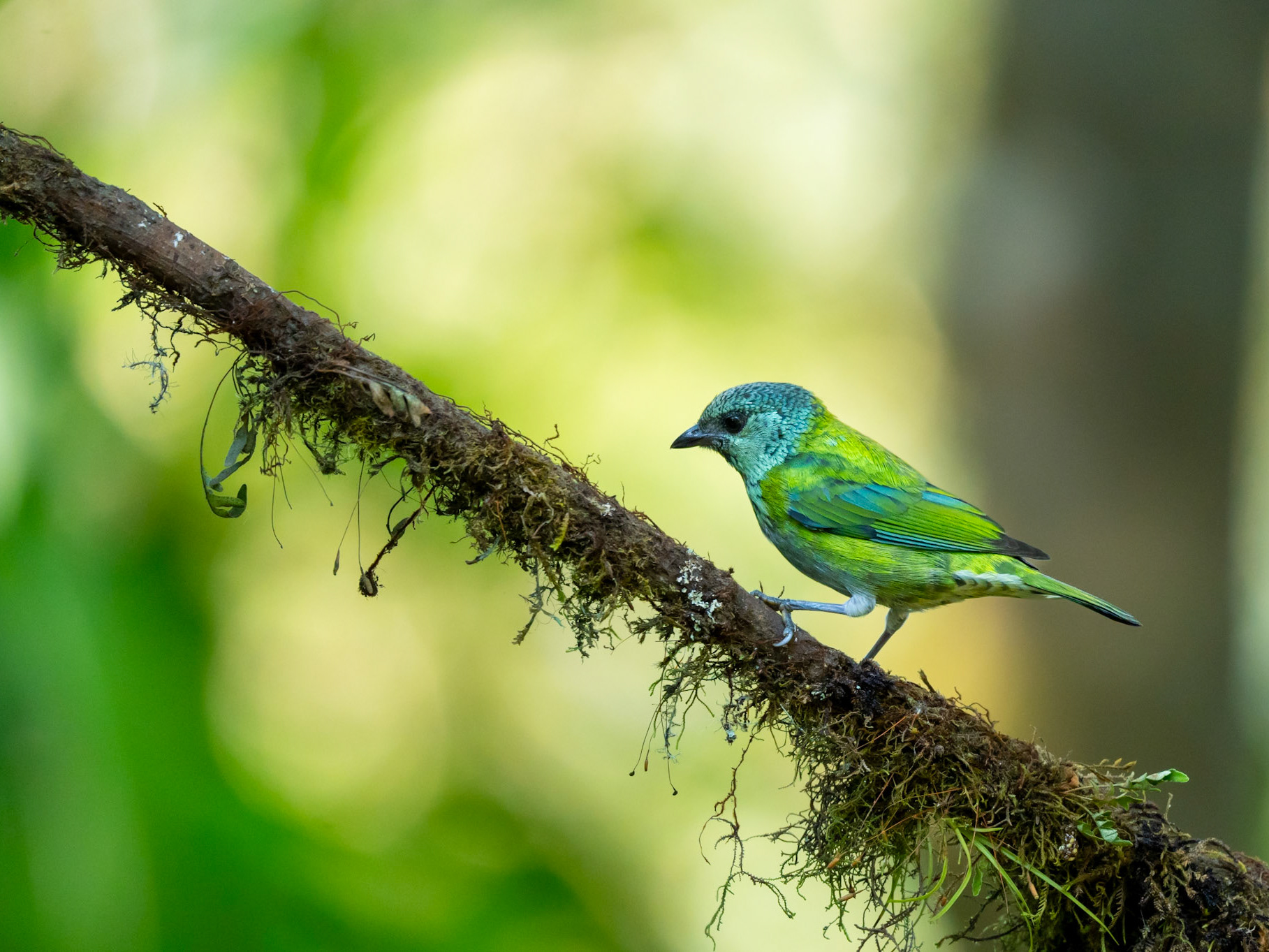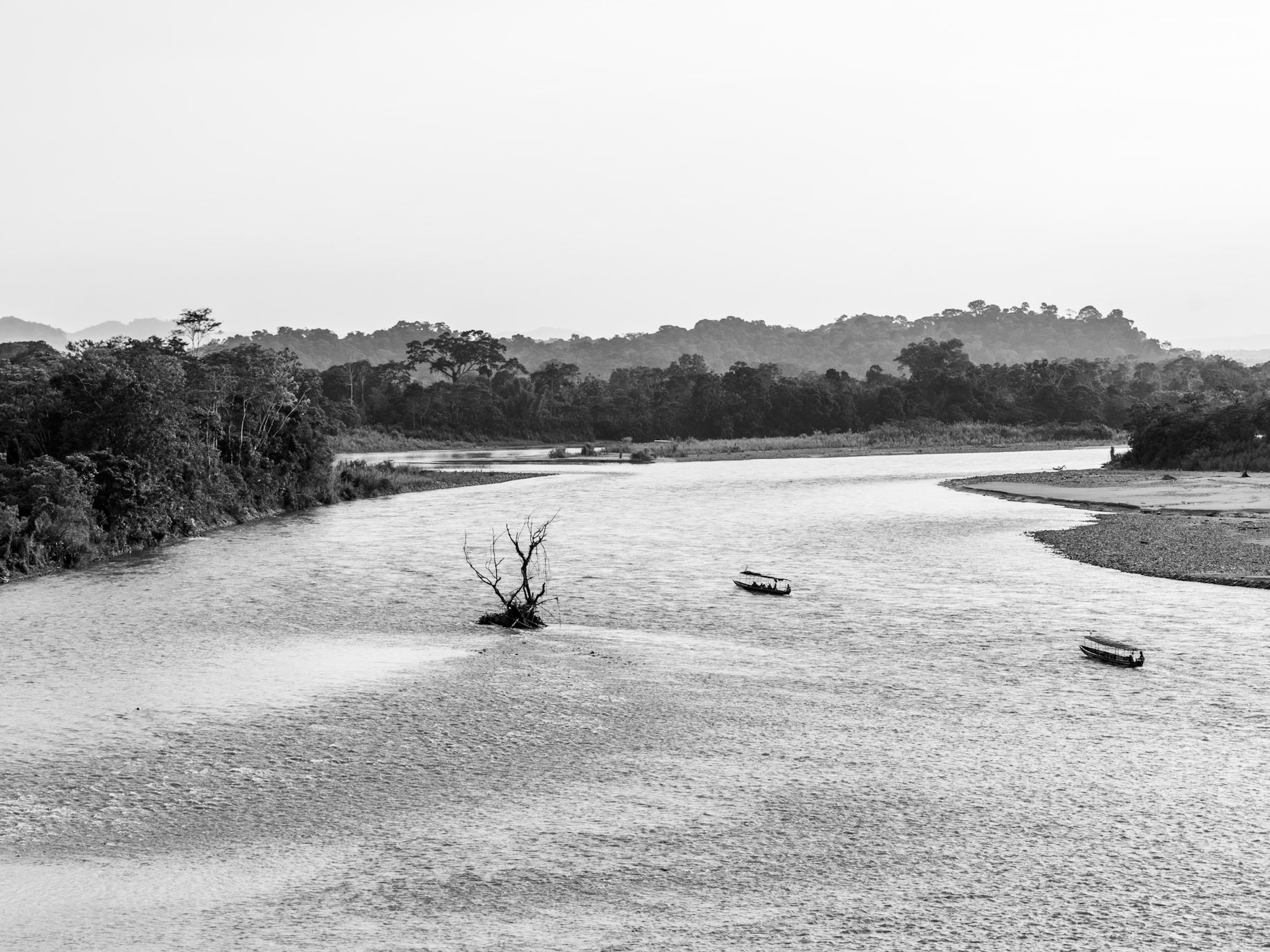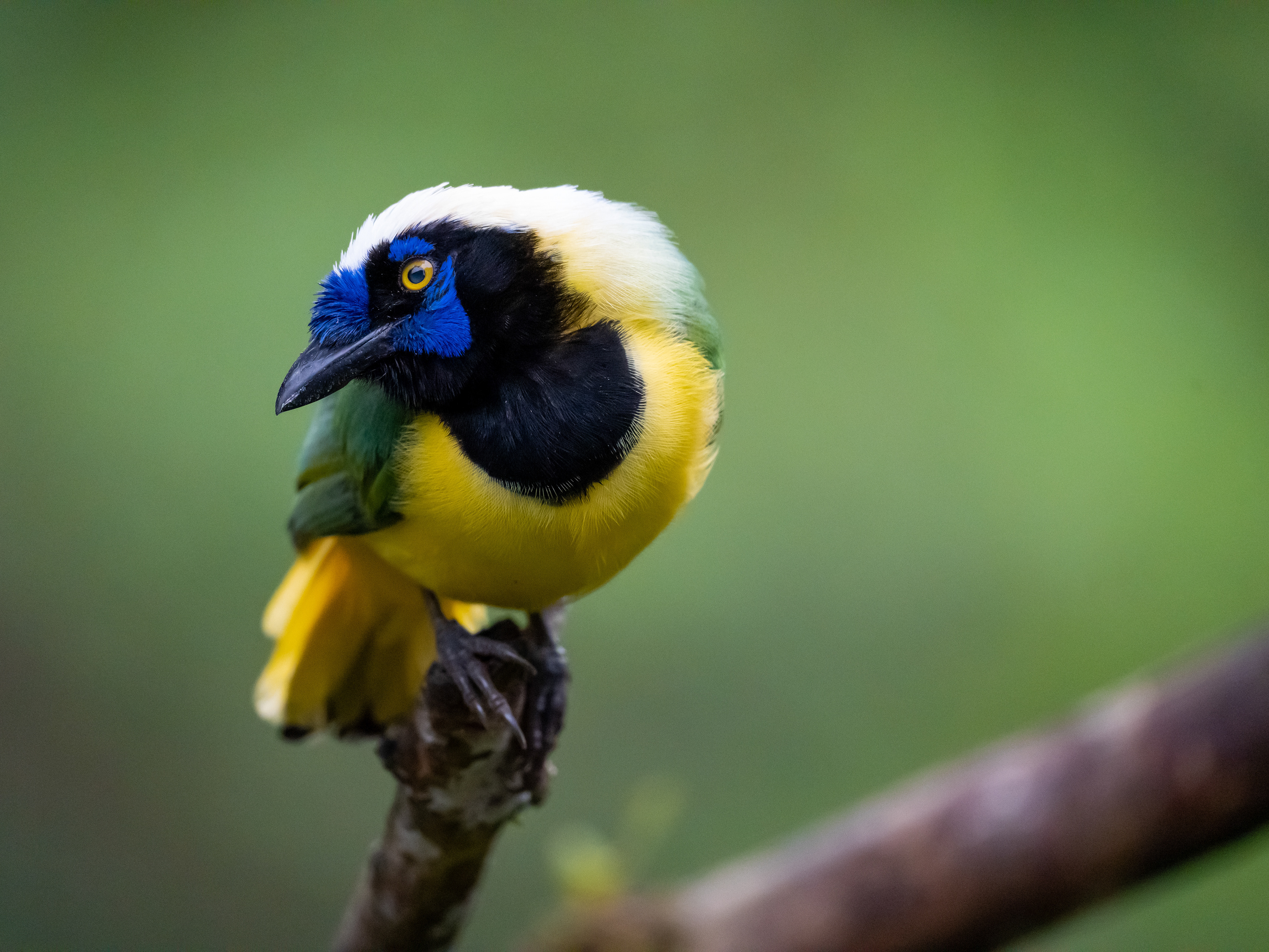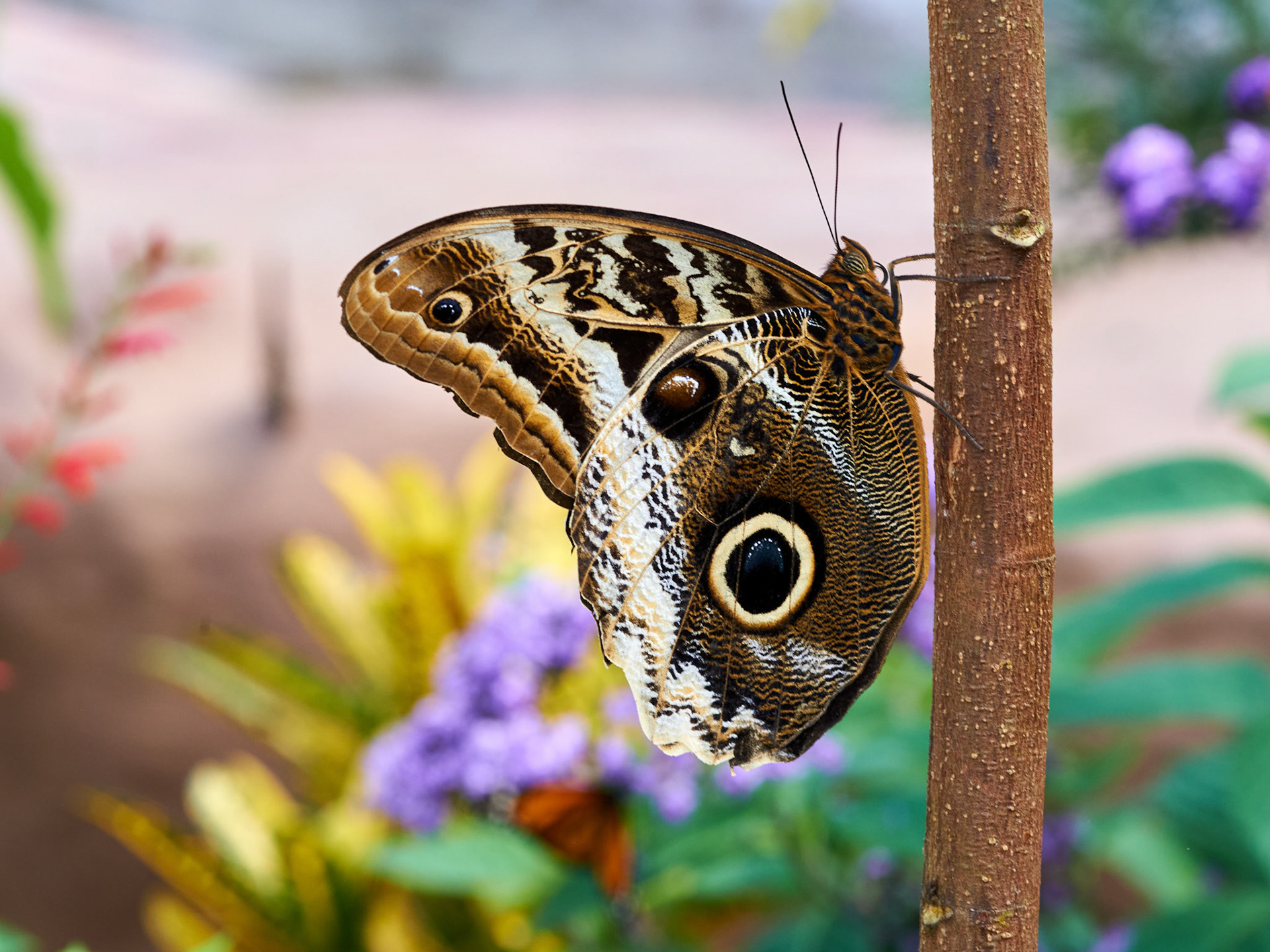Sacha Lodge
Sacha Lodge is a luxury eco-lodge located in the Ecuadorian Amazon rainforest, on the banks of the Napo River. It is known for its outstanding natural beauty and its commitment to sustainability. The lodge was built using traditional materials and techniques, and is powered entirely by renewable energy. It is surrounded by lush rainforest and is home to a variety of wildlife, including monkeys, sloths, toucans, and parrots. The lodge offers a range of activities, including guided jungle walks, bird watching, and night canoe trips. It also offers a variety of spa treatments, yoga classes, and other wellness activities. Guests can stay in one of the lodge's twenty-one individual cabanas, or opt for a stay in one of the two luxury suites.
The Sucumbios Province of Ecuador has a tropical climate, with hot and humid conditions throughout the year. Temperatures are highest in the months of December to April, with daily highs around 30°C (86°F). Rainfall is heaviest during the months of June to August, when the region experiences its wet season. During the dry season (December to April) the weather is generally sunny and dry. The temperature can drop significantly at night, particularly in the months of May to September
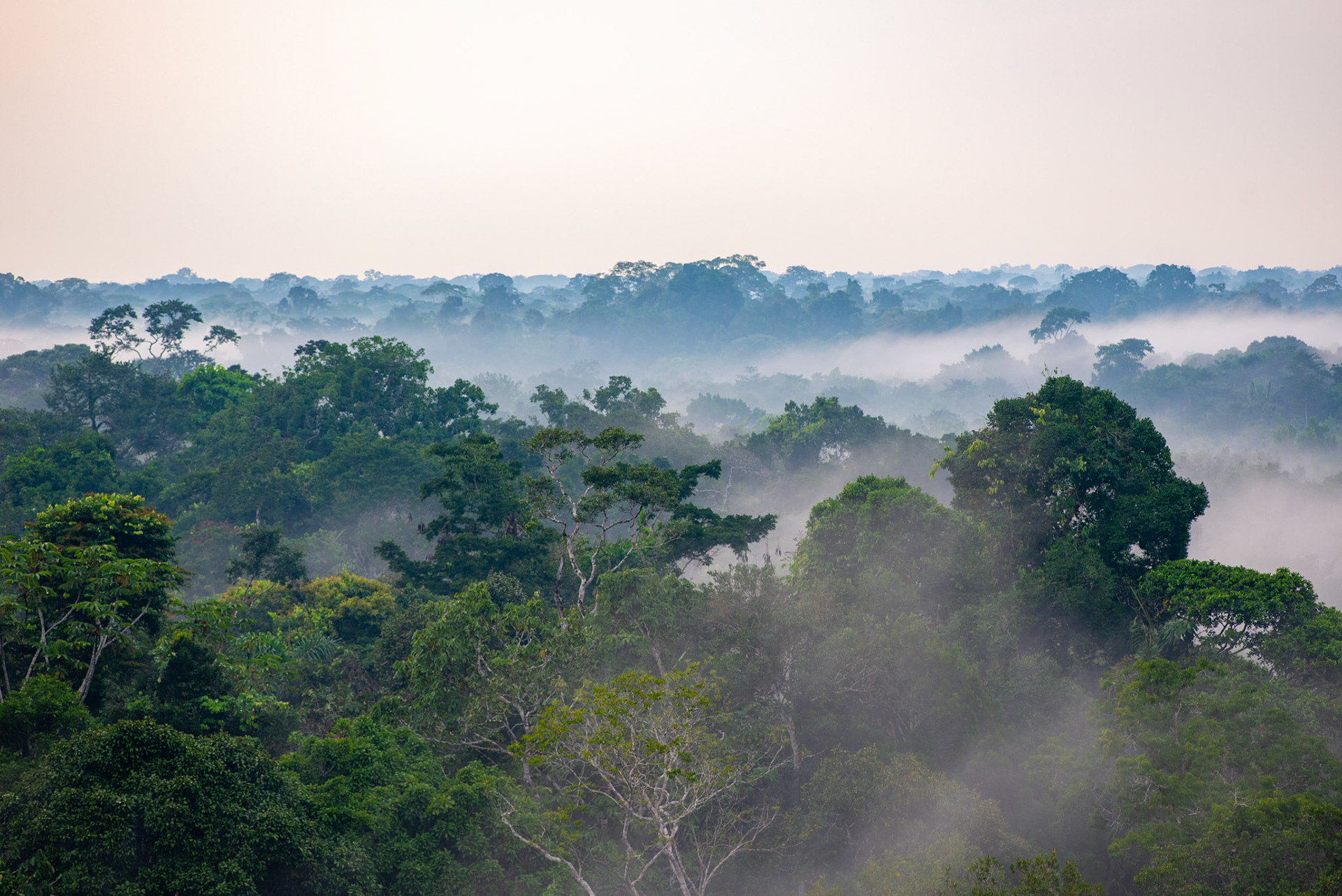
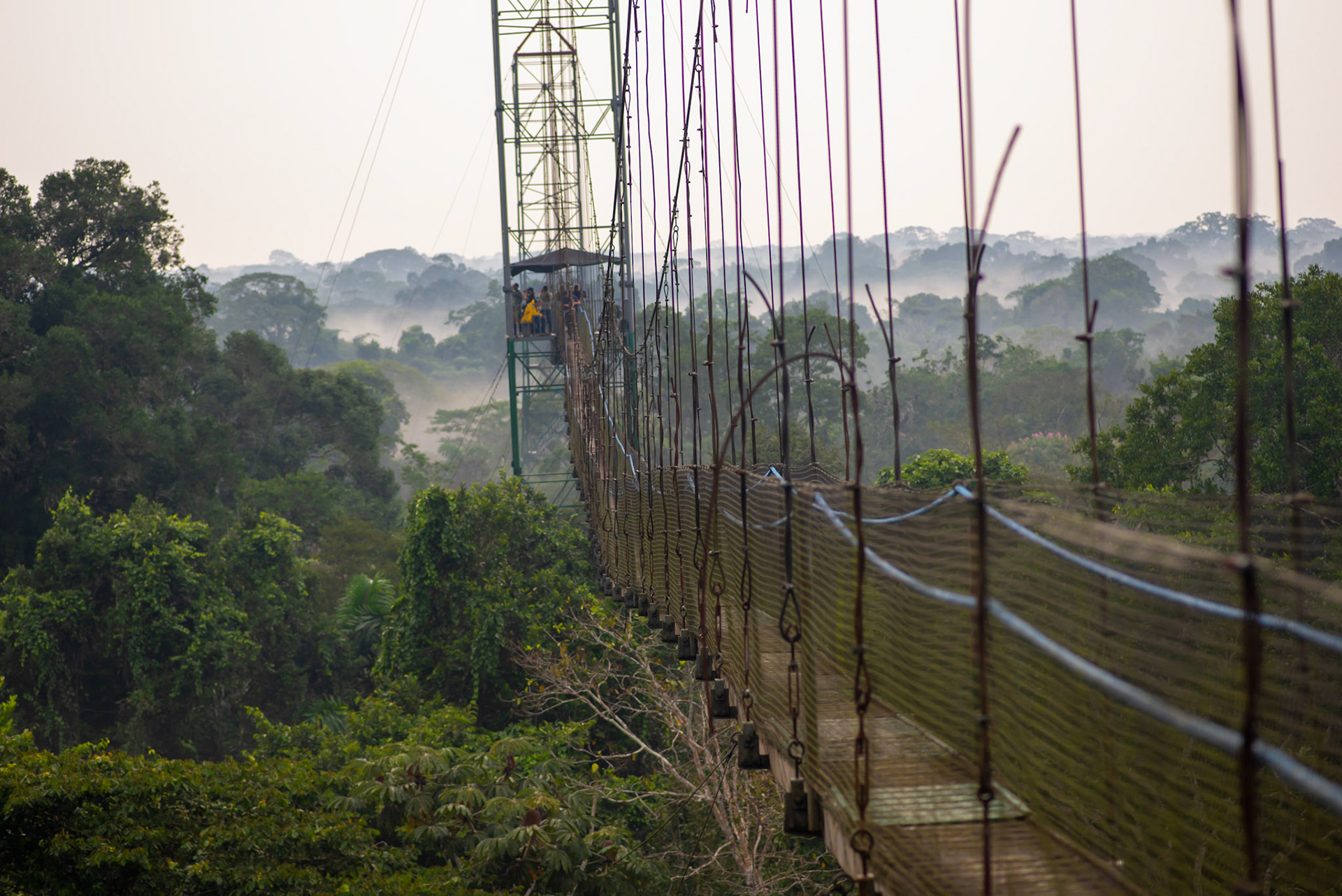
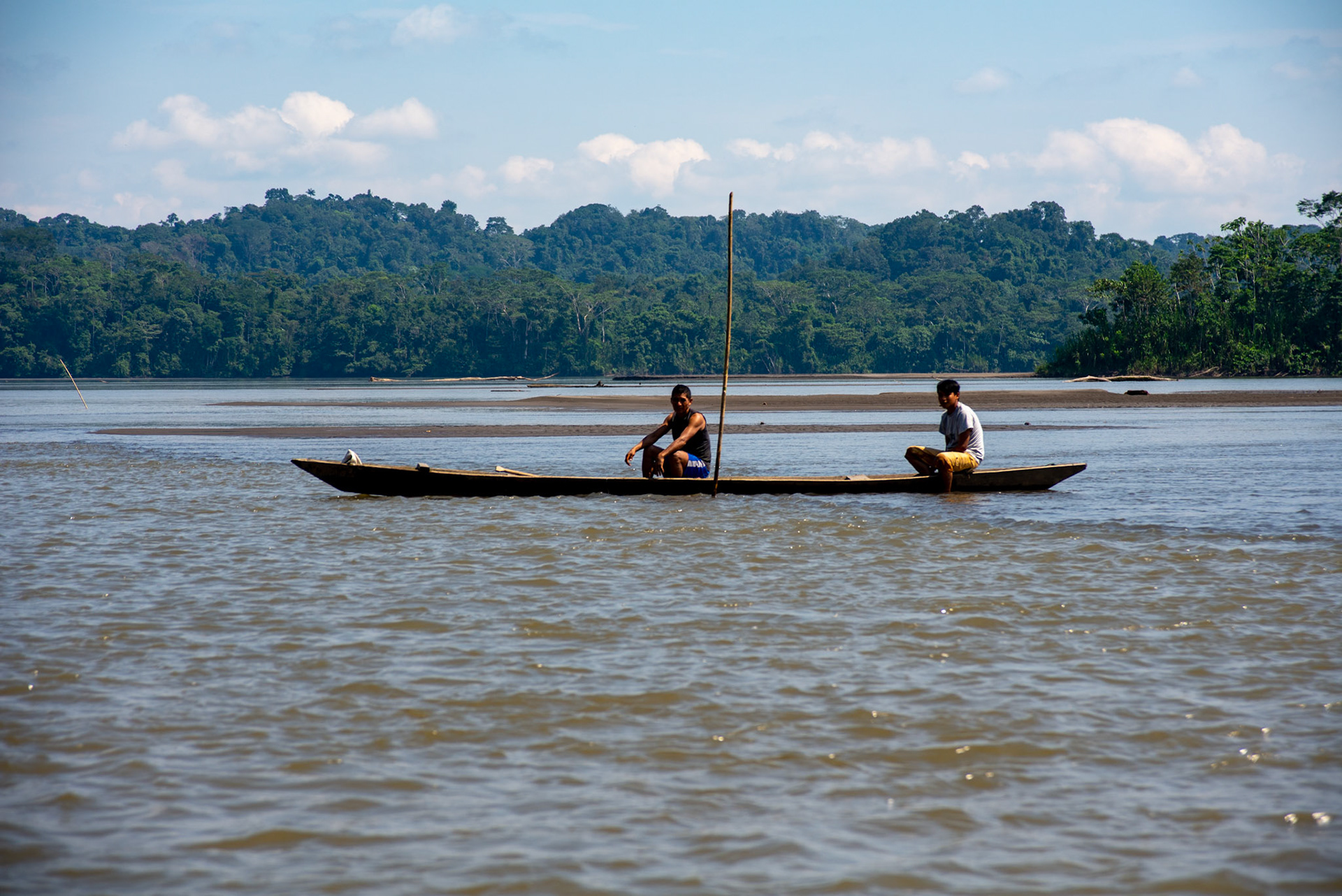
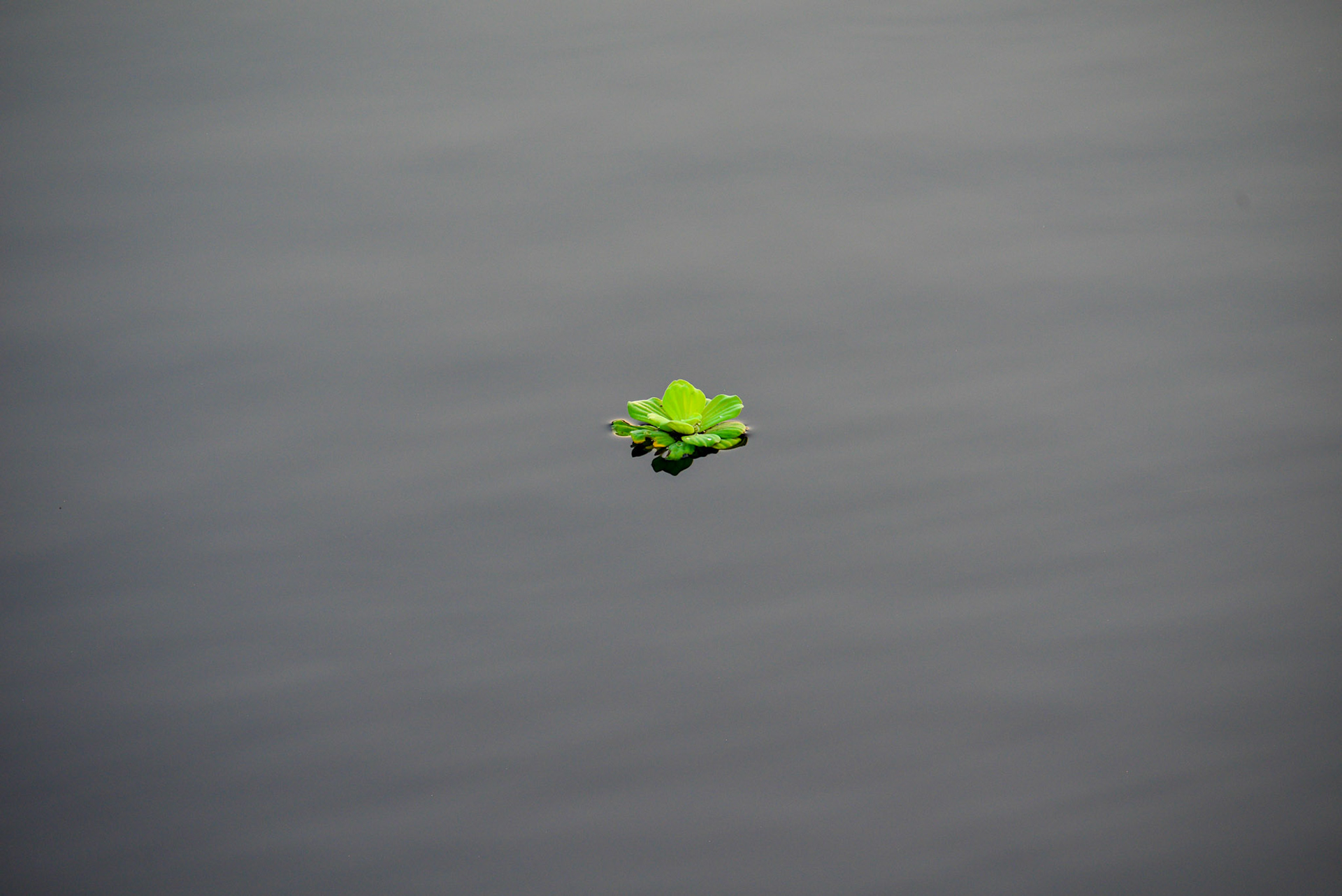
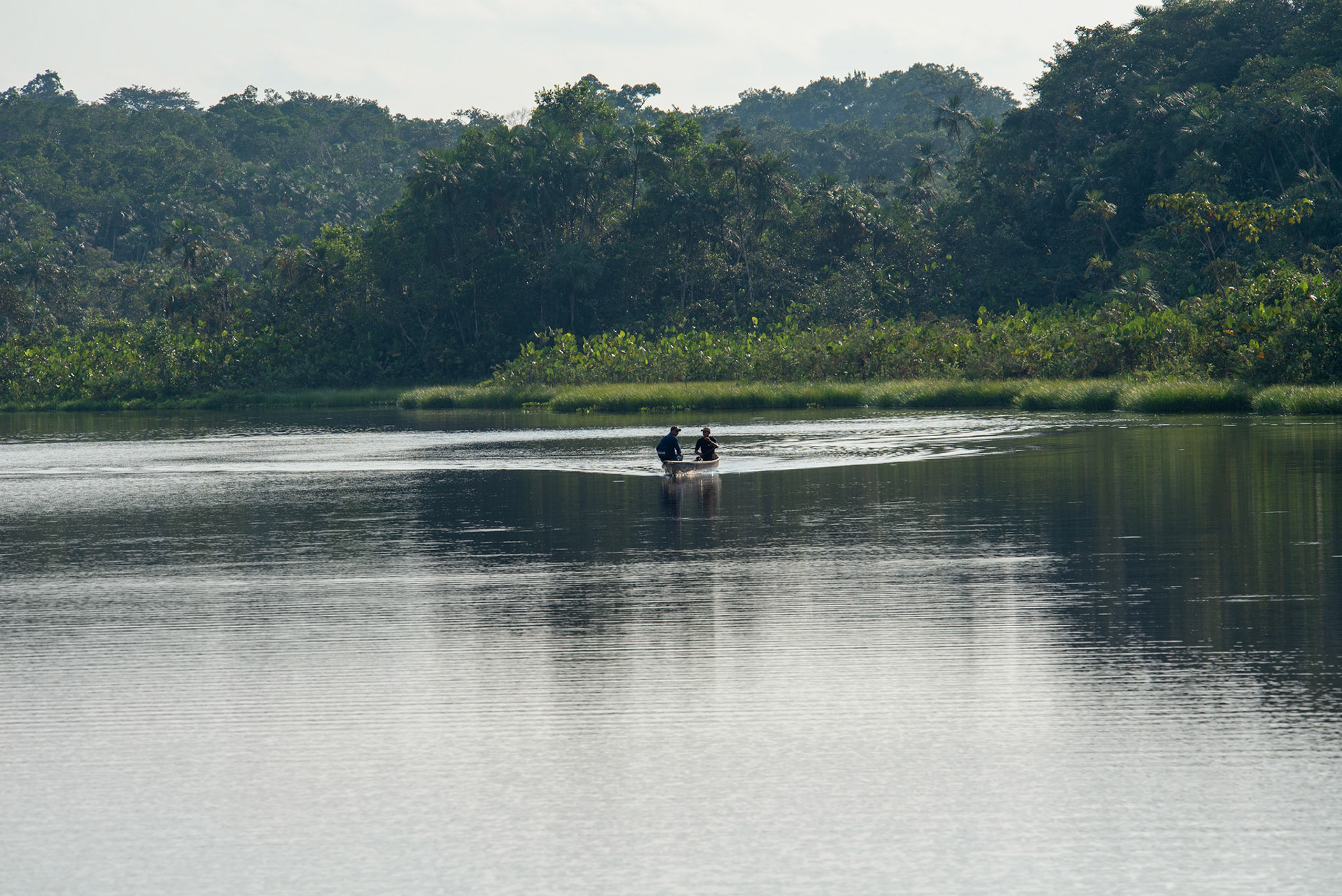
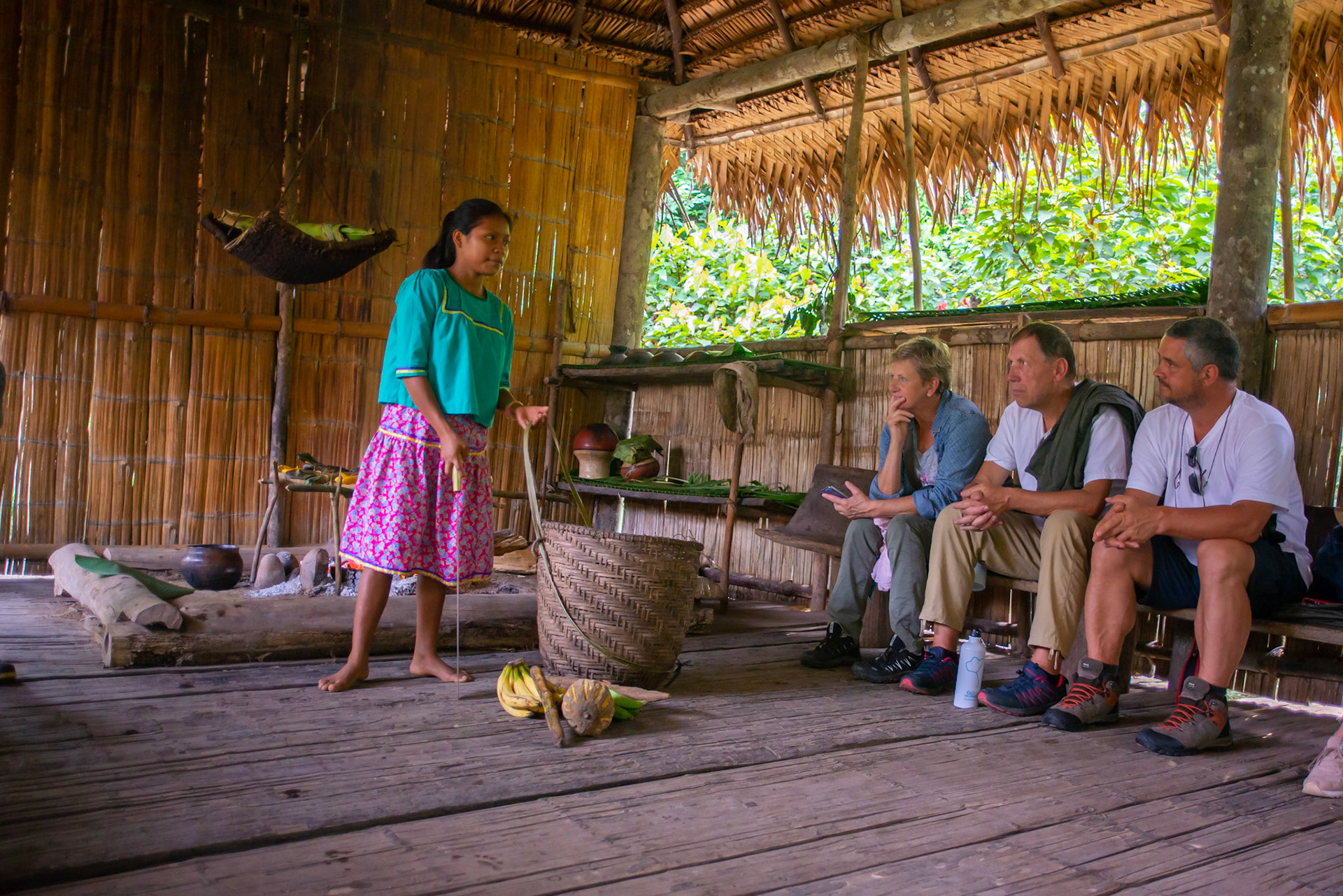
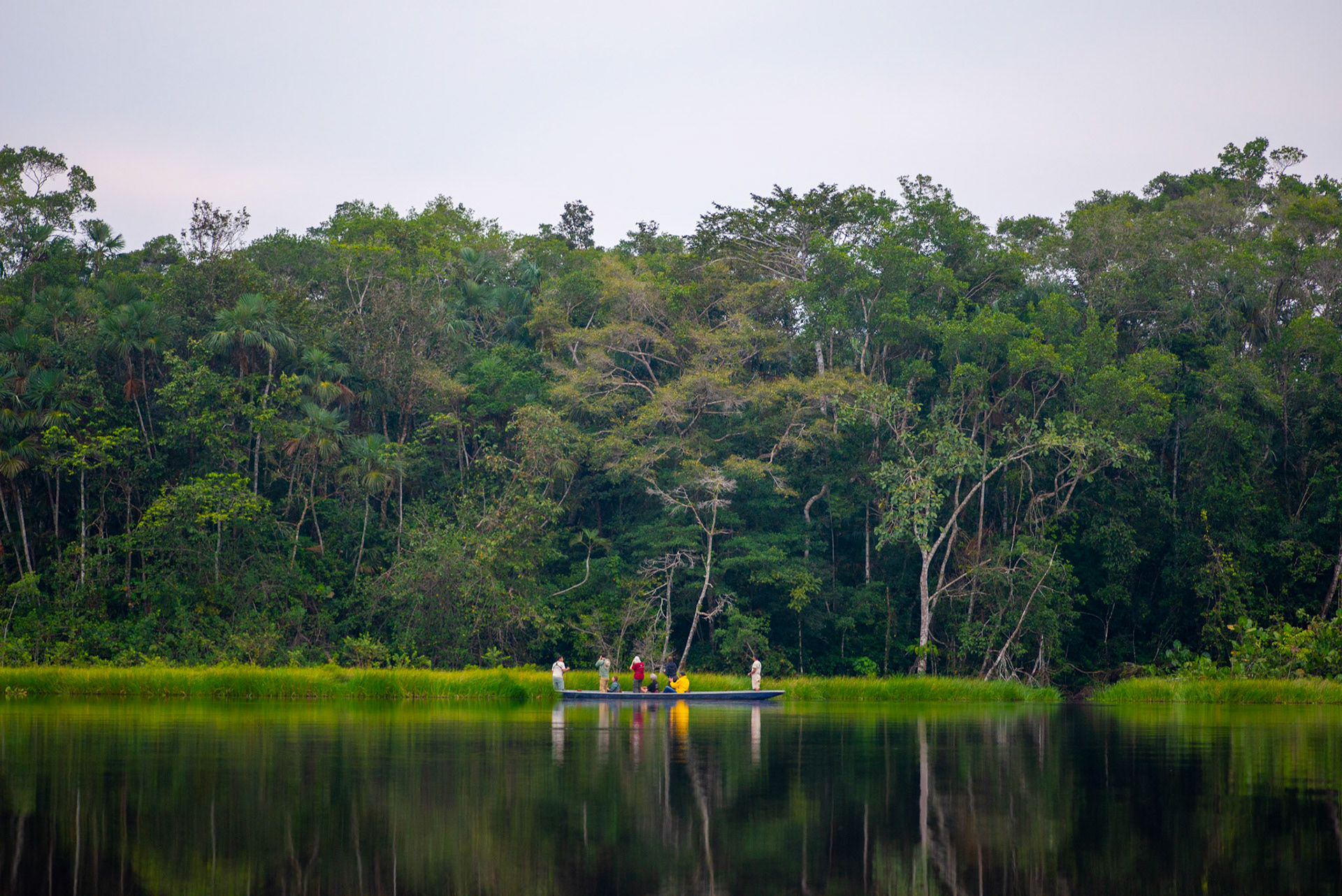
Sacha Lodge and the Pilchicocha Lagoon
Nikon D600 with Nikon AF VR 80-400 mm. F4.5-5.6D
Fuji XPro 1 with Fuji XF 14 mm. F2.8
Nikon D600 with Nikon AF VR 80-400 mm. F4.5-5.6D
Fuji XPro 1 with Fuji XF 14 mm. F2.8
Location
Wildlife in Sacha
Sacha is part of vast area of rainforest located in the Amazon basin in Ecuador and is home to an incredible array of wildlife, including some of the most diverse and exotic species on the planet ncluding jaguars, ocelots, monkeys, tapirs, capybaras, sloths, and armadillos. Hundreds of bird species can be spotted here, including toucans, macaws, parrots, eagles, and hawks.
Also home to a number of reptiles, including anacondas, caimans, iguanas, and lizards. A large variety of amphibians can be found such as poison dart frogs, tree frogs, and toads. Among insects you will find butterflies, moths, beetles, and ants. There are also numerous species of fish, including piranhas, catfish, and electric eels.
Sacha has an incredible ecosystem and it is definitely a haven for nature lovers.
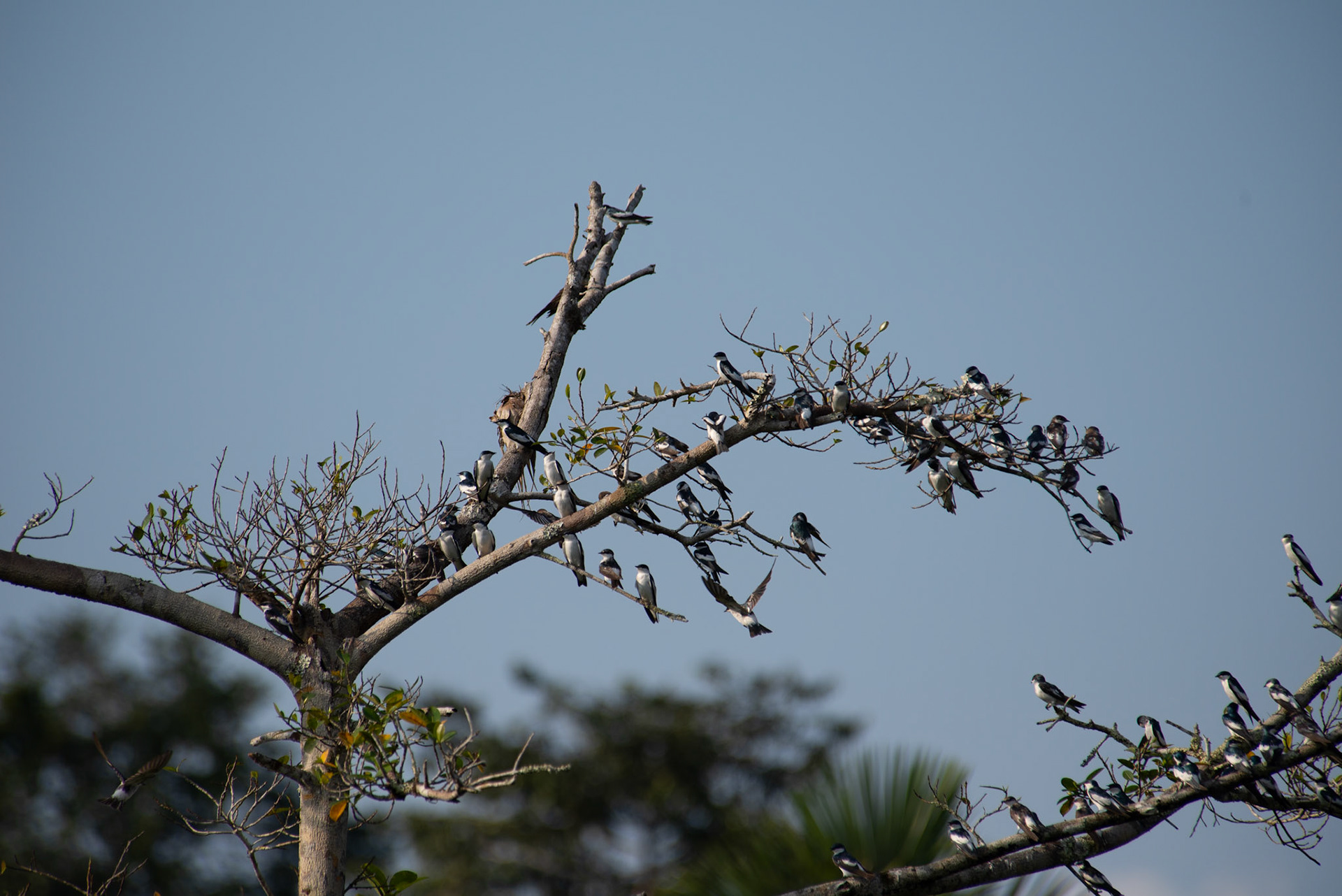
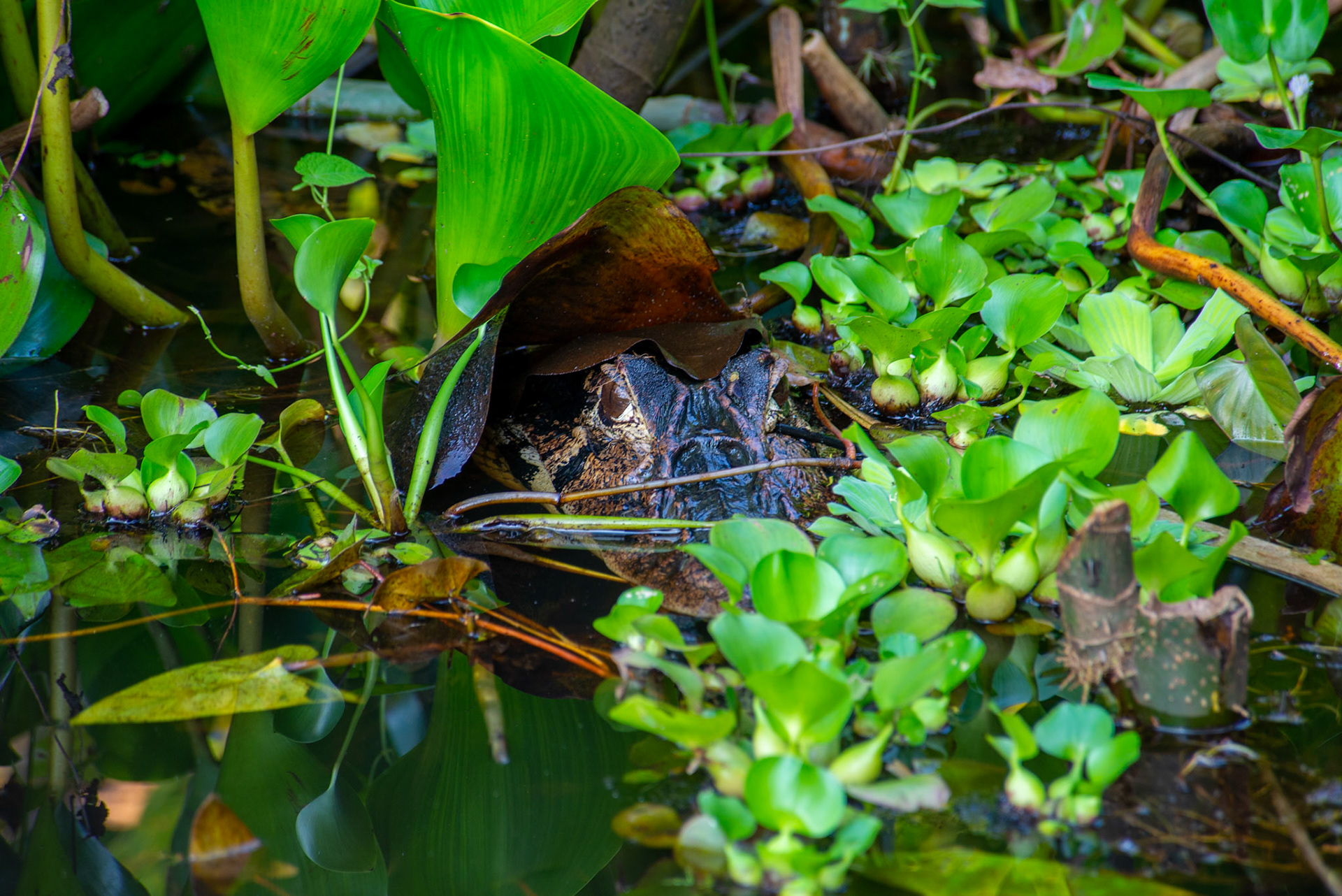
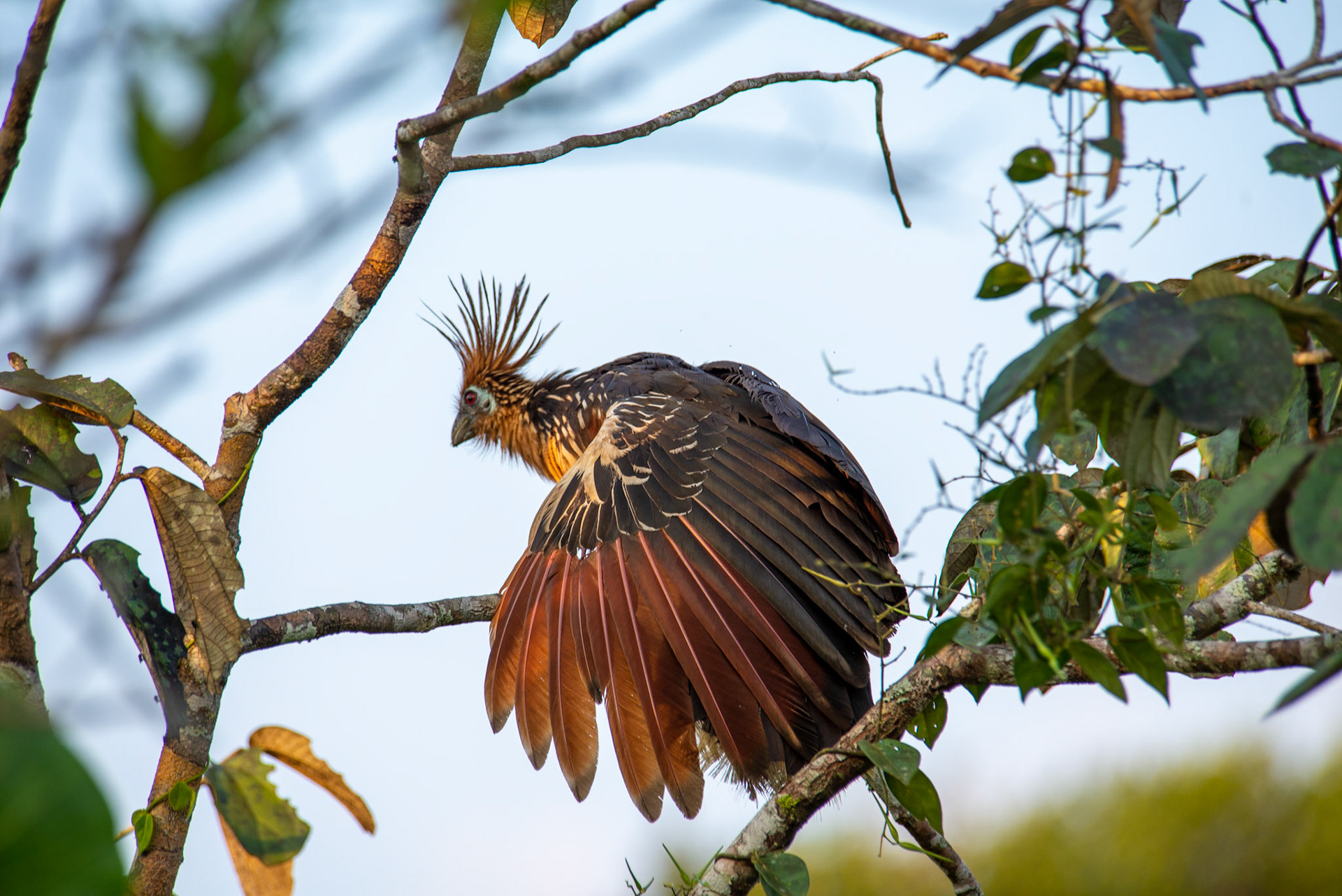
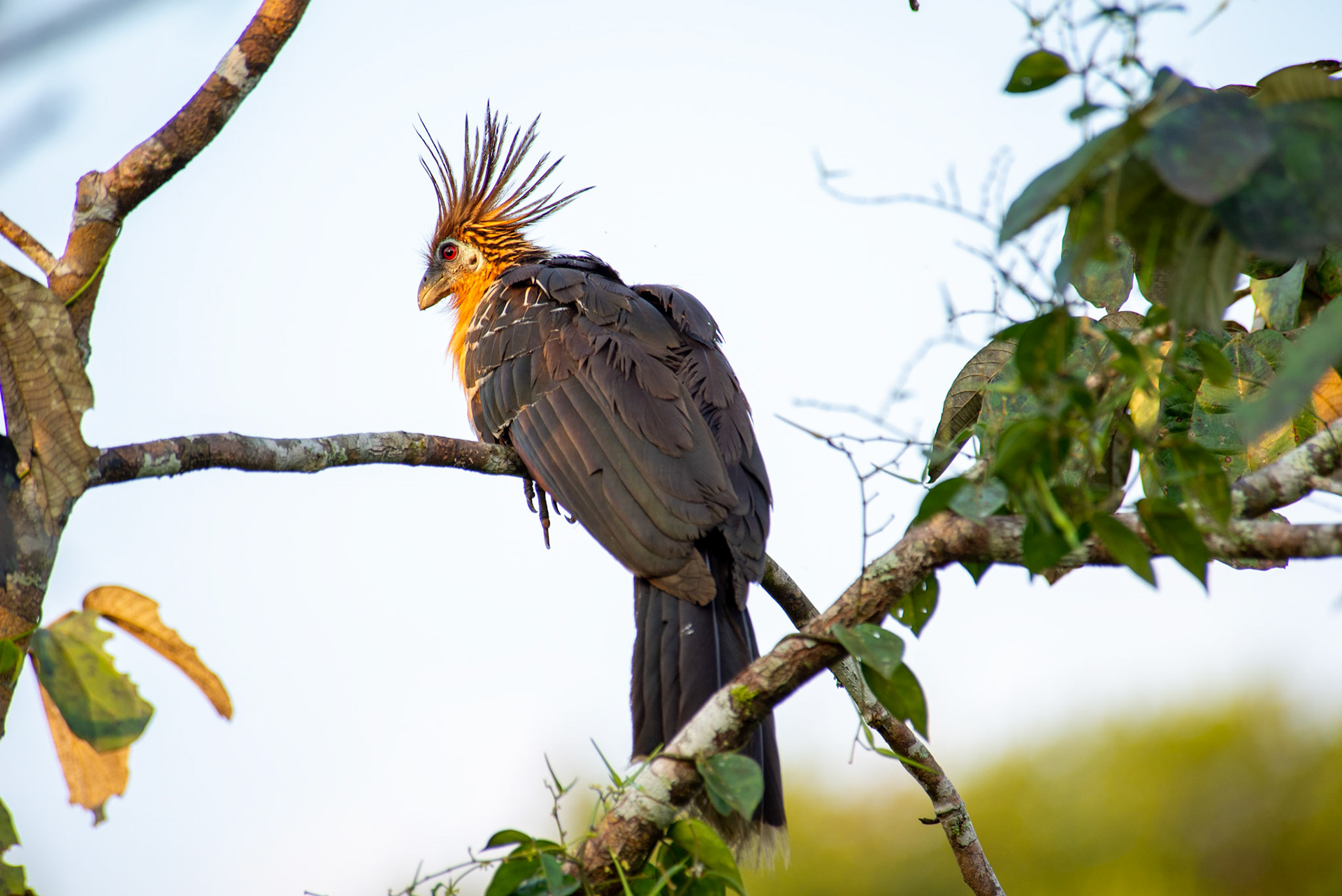
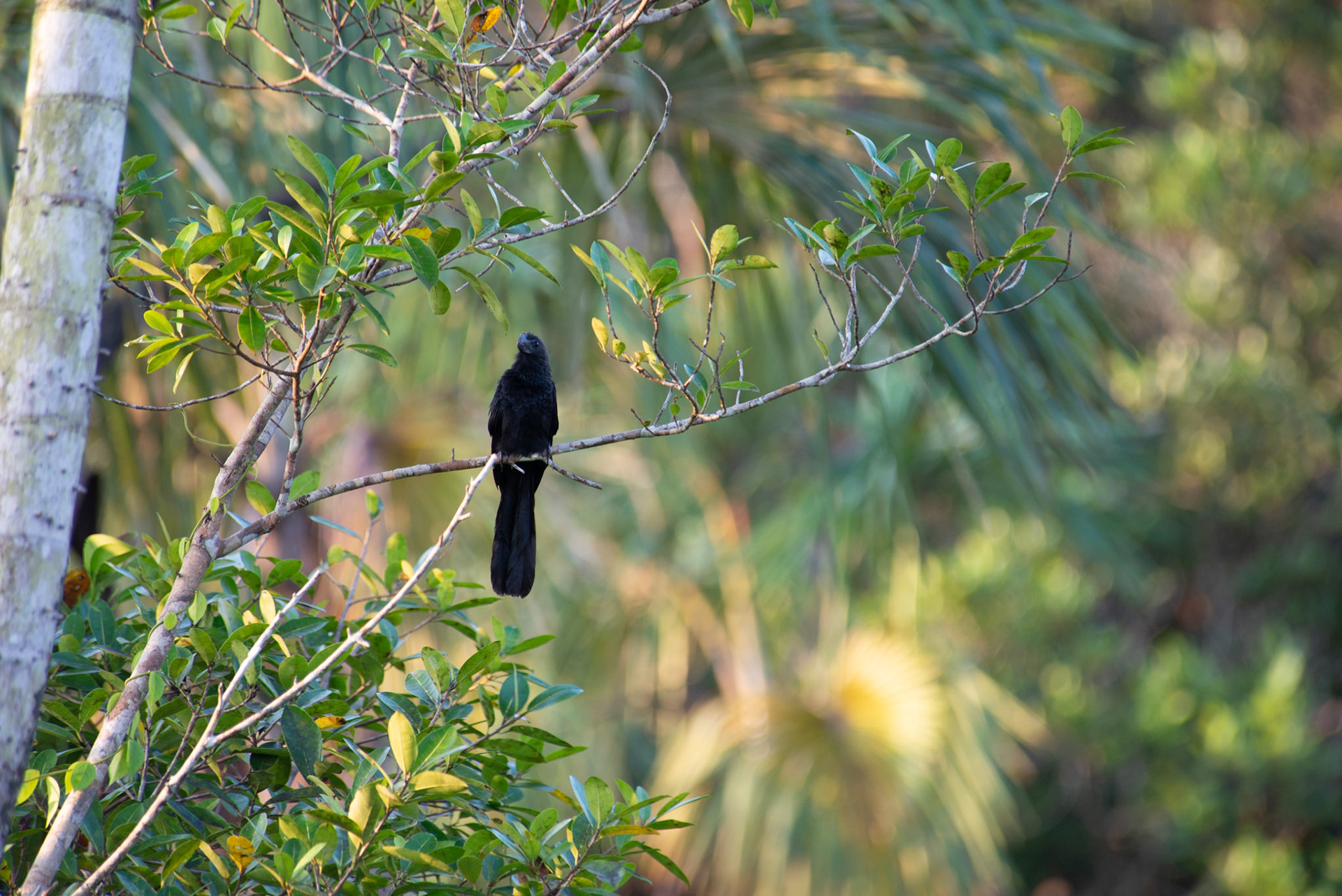
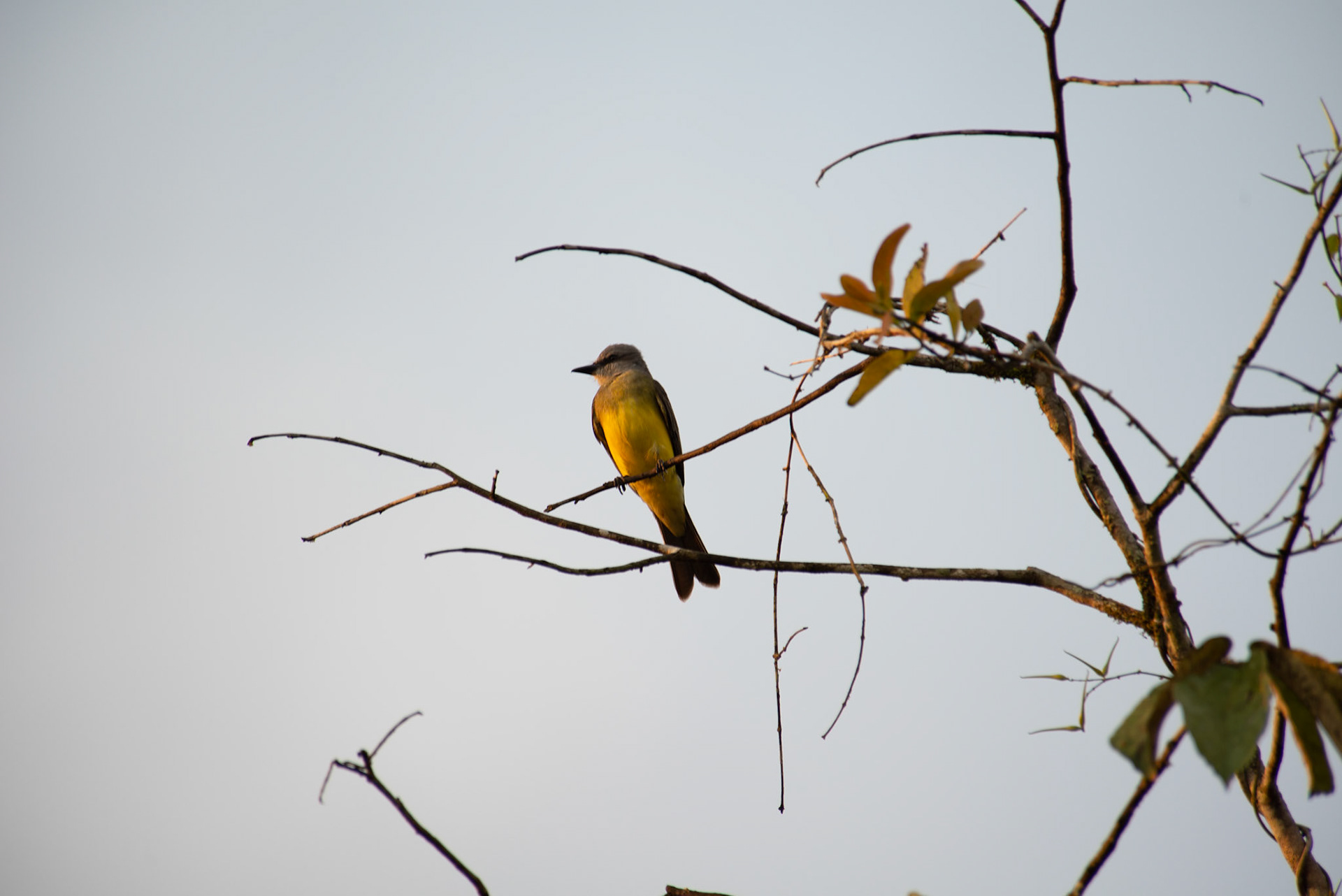
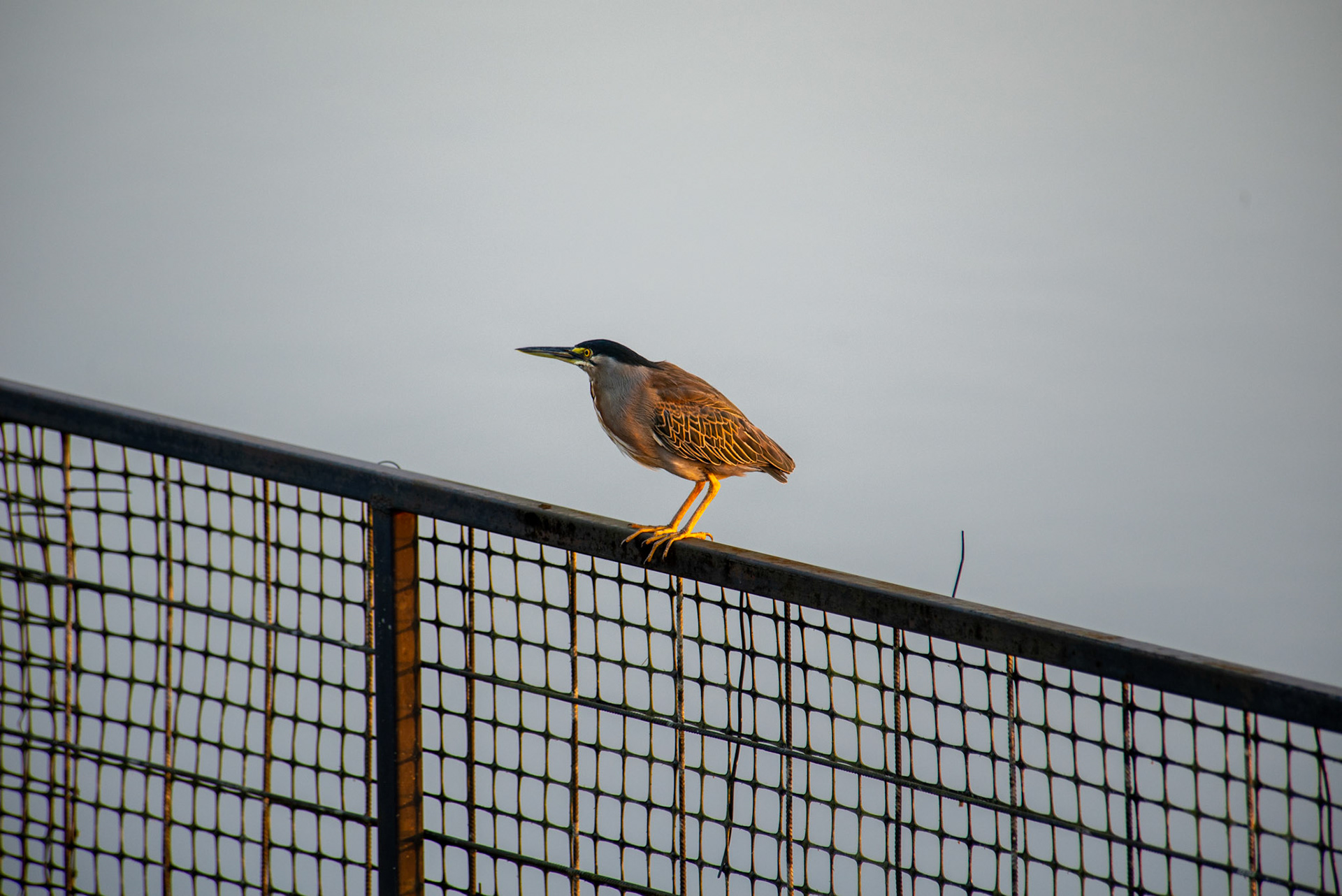
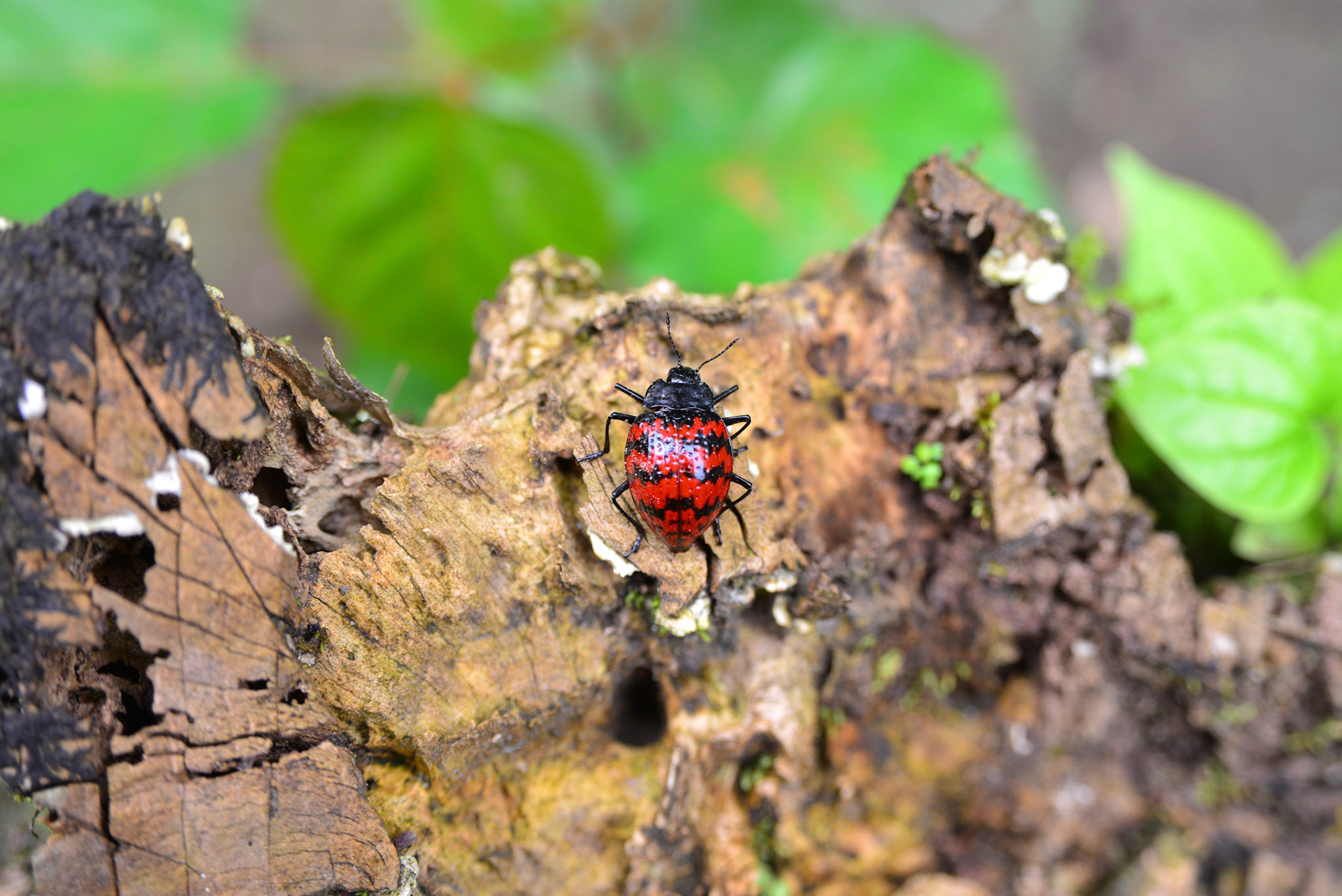
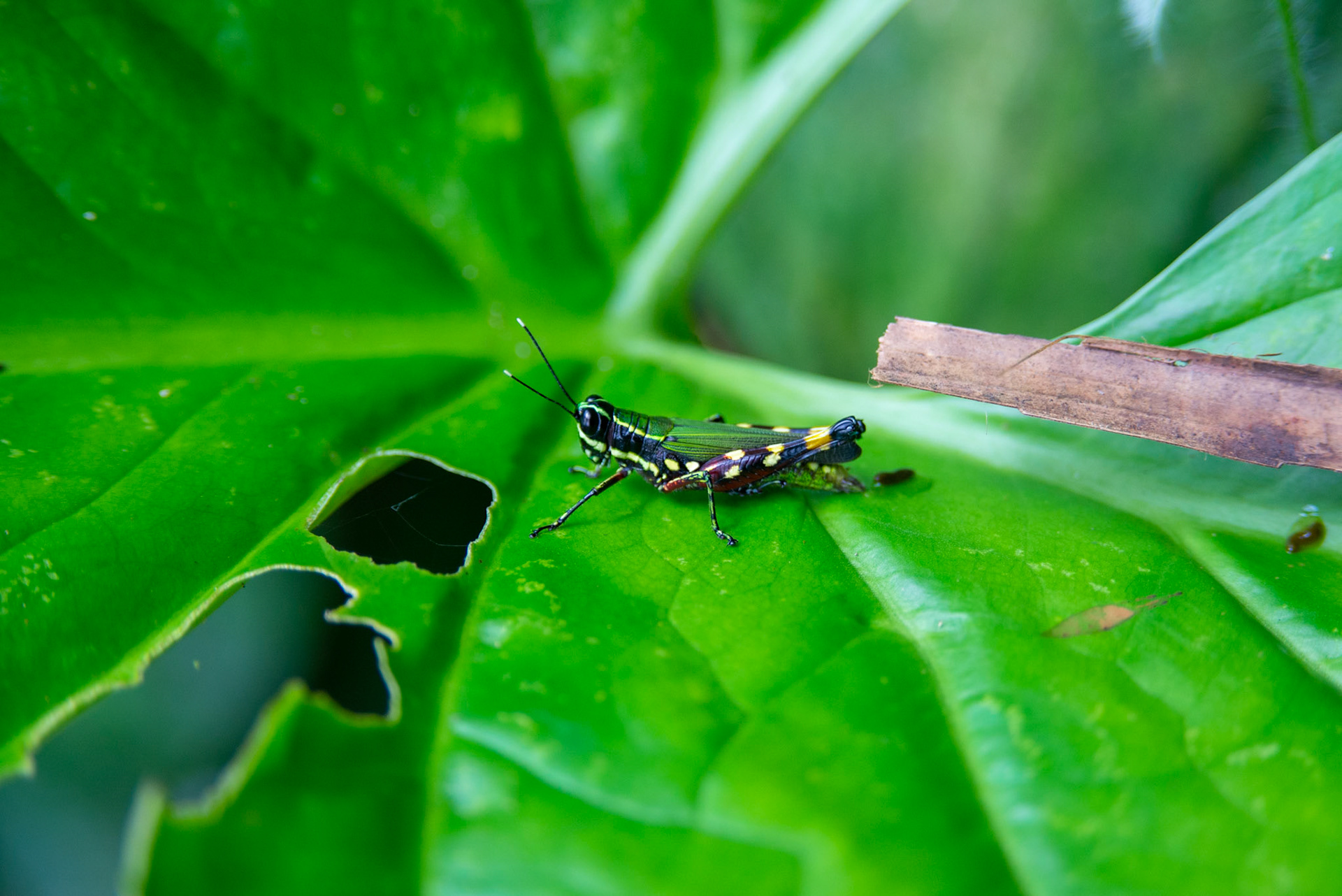
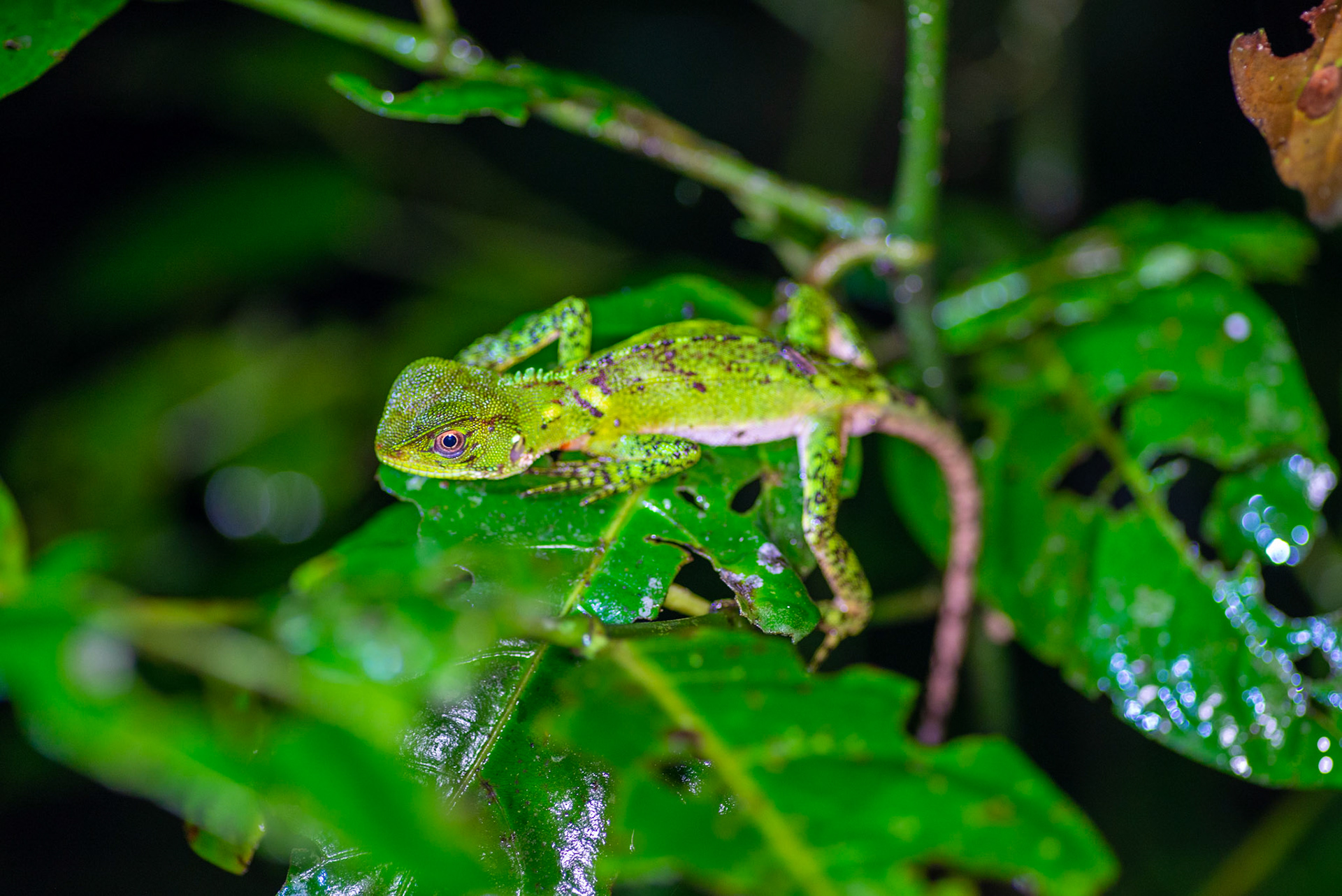
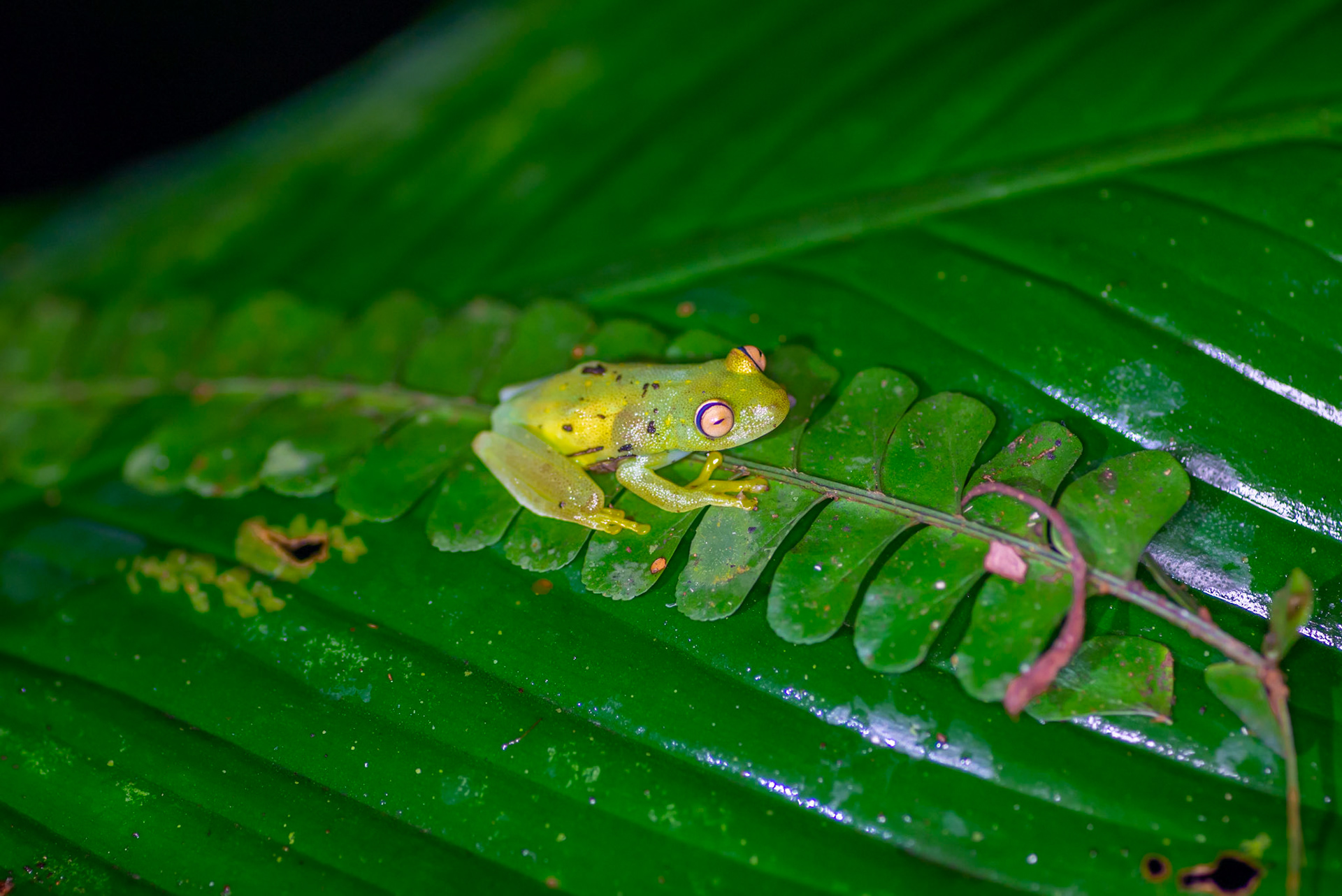
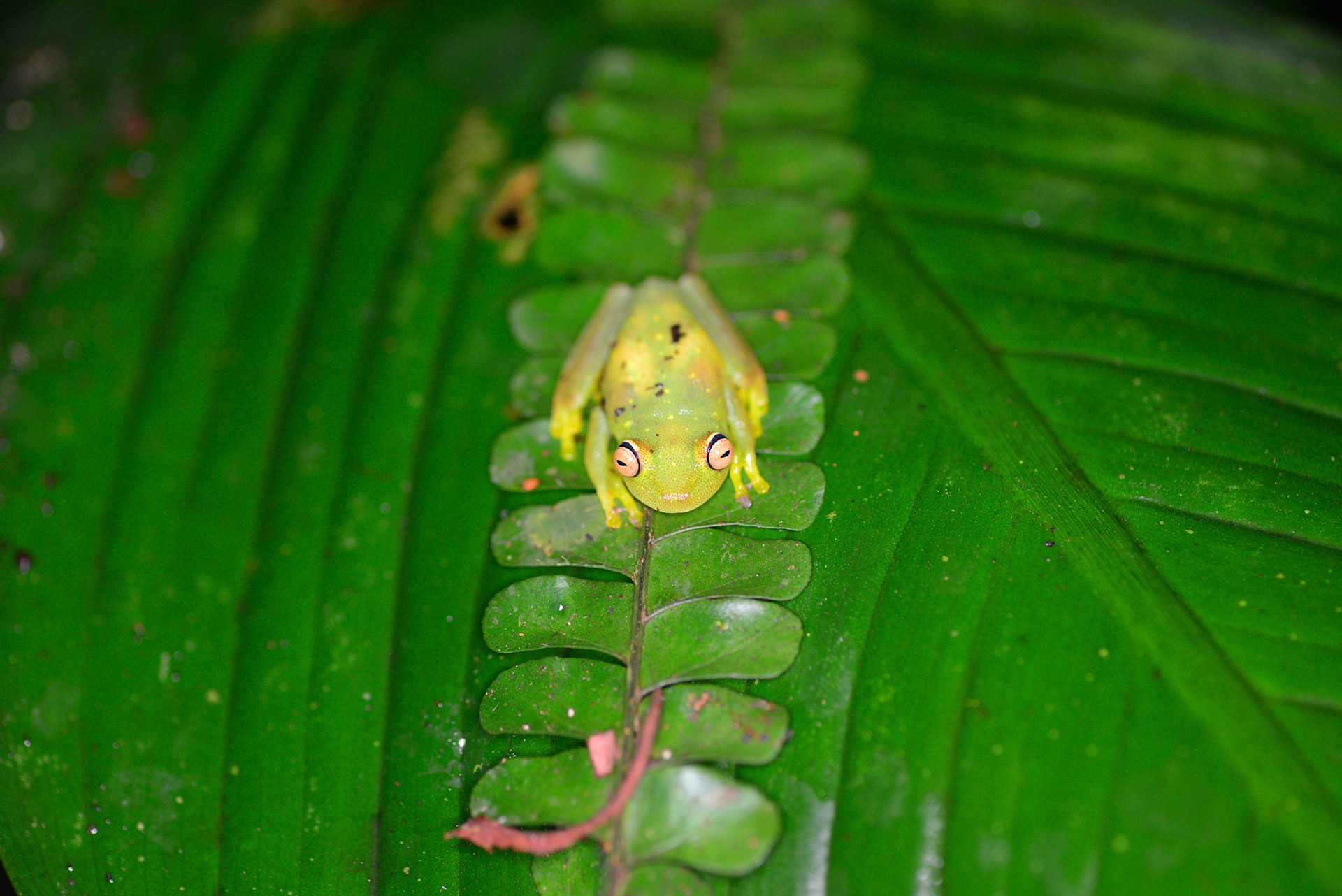
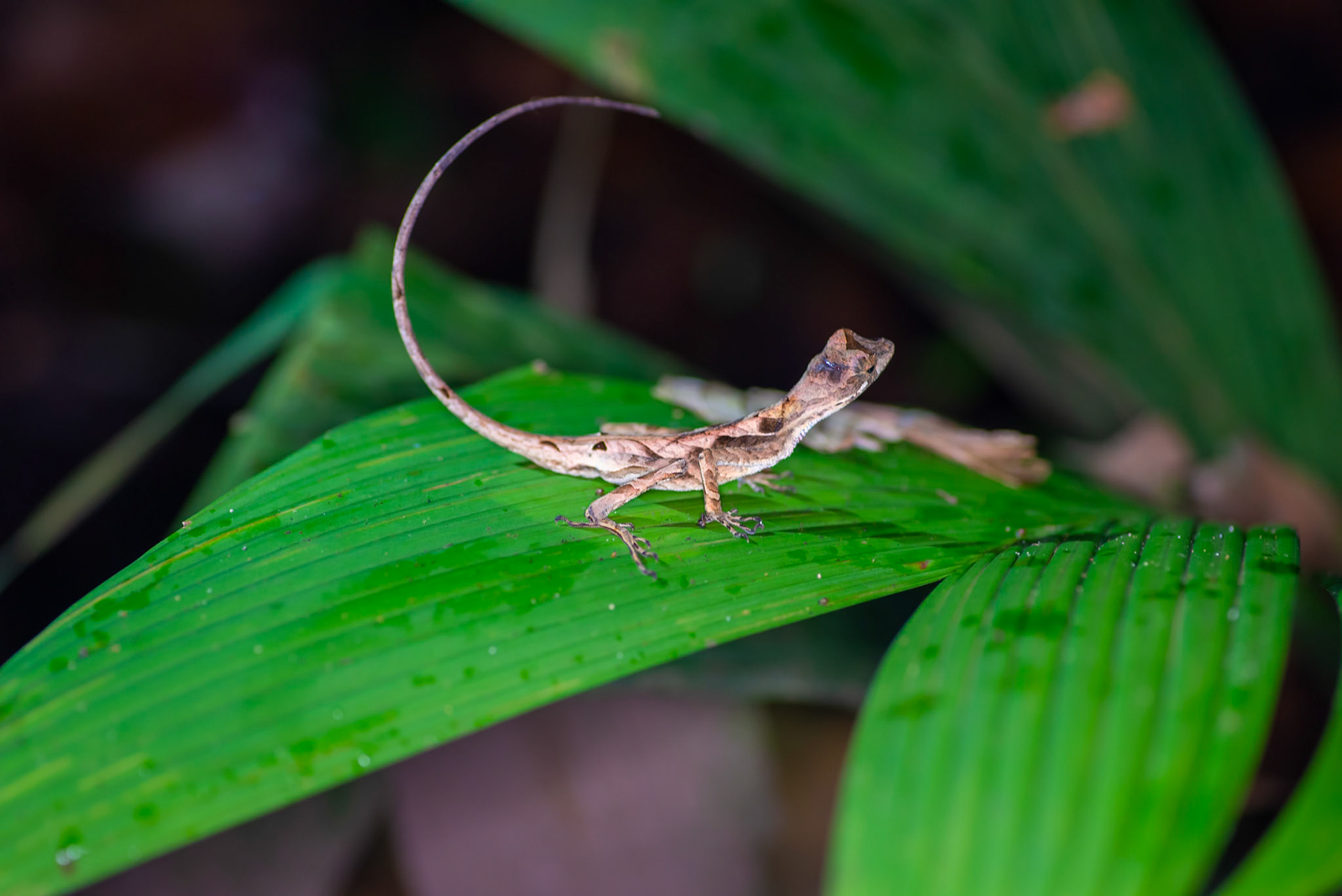
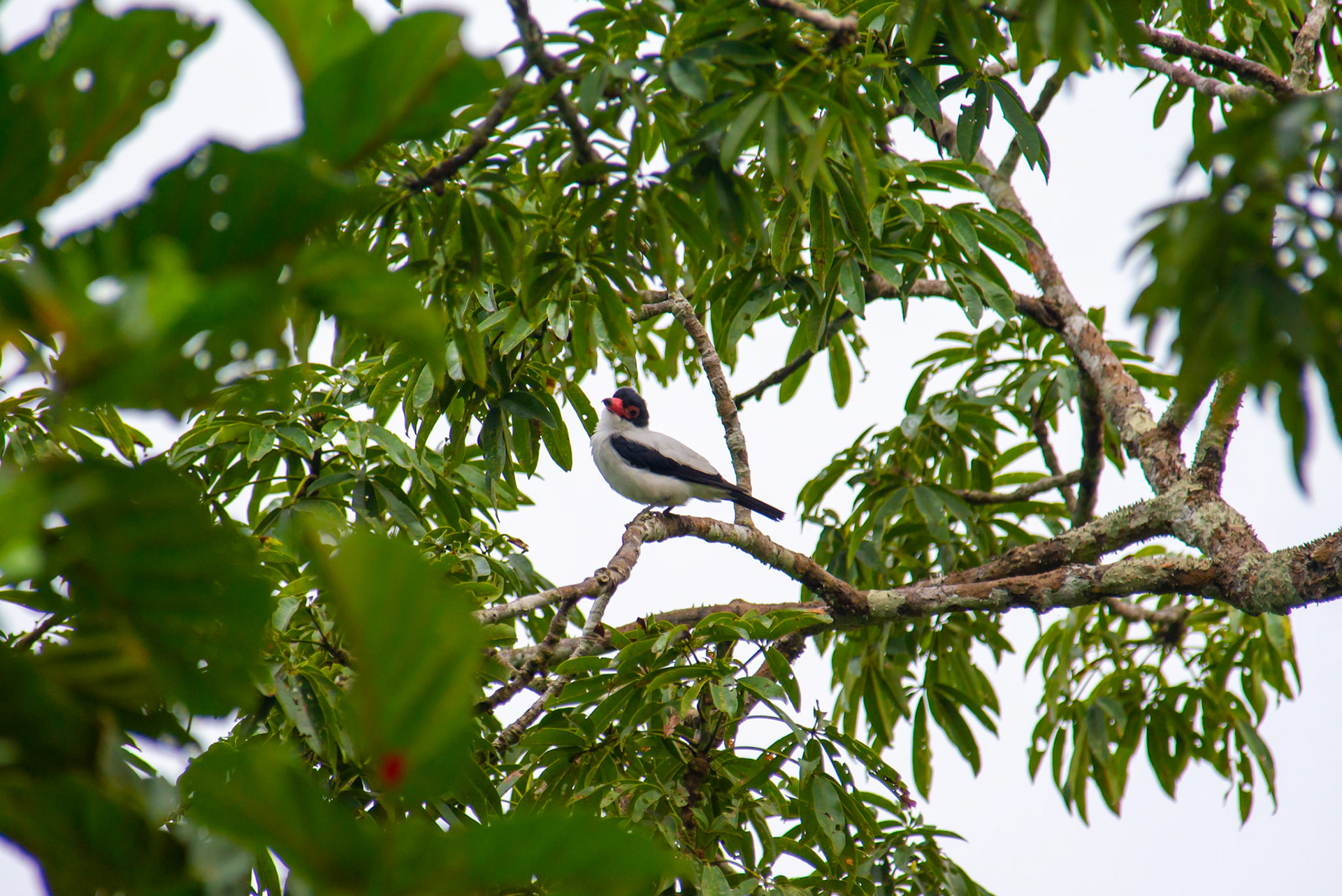
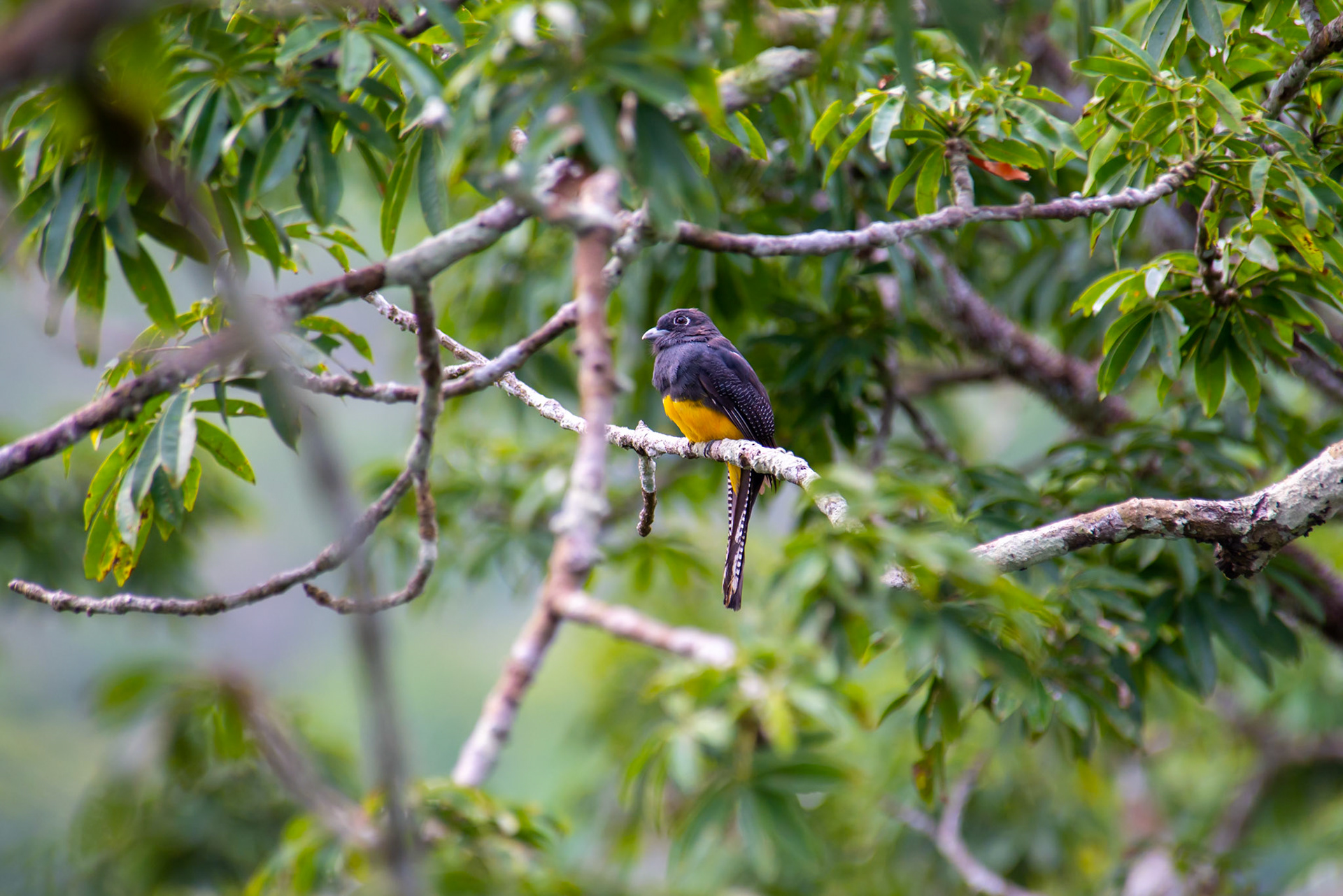
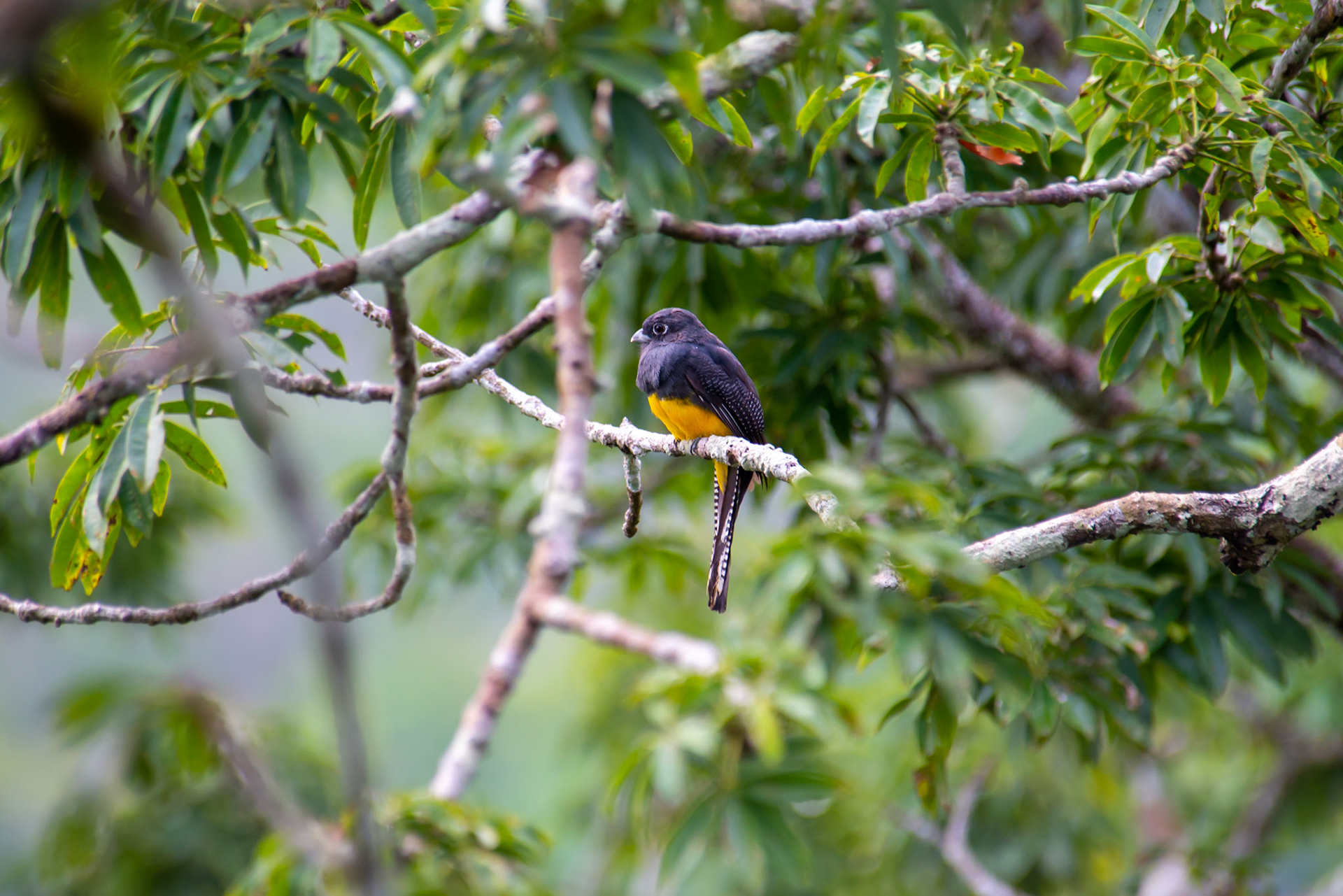
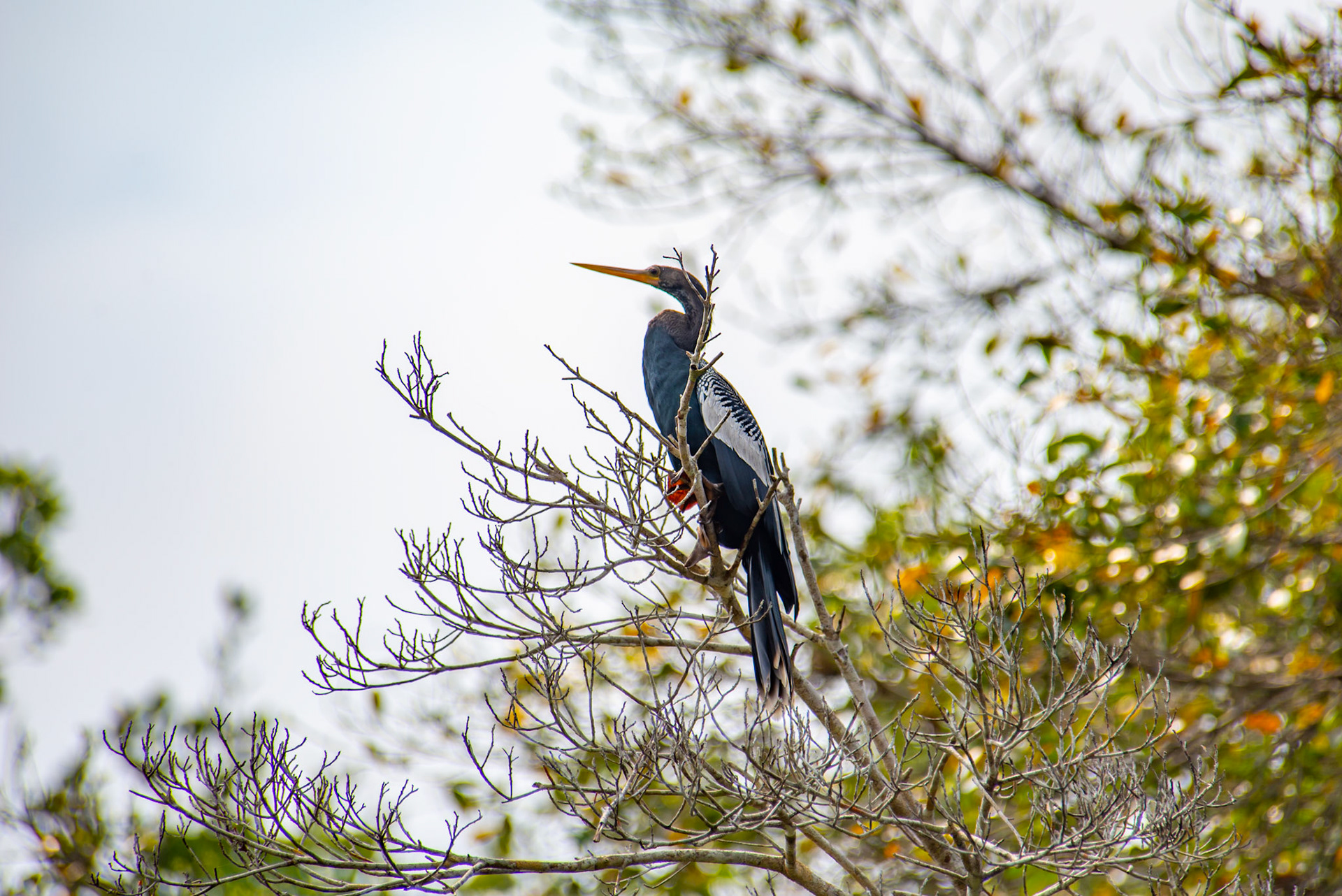
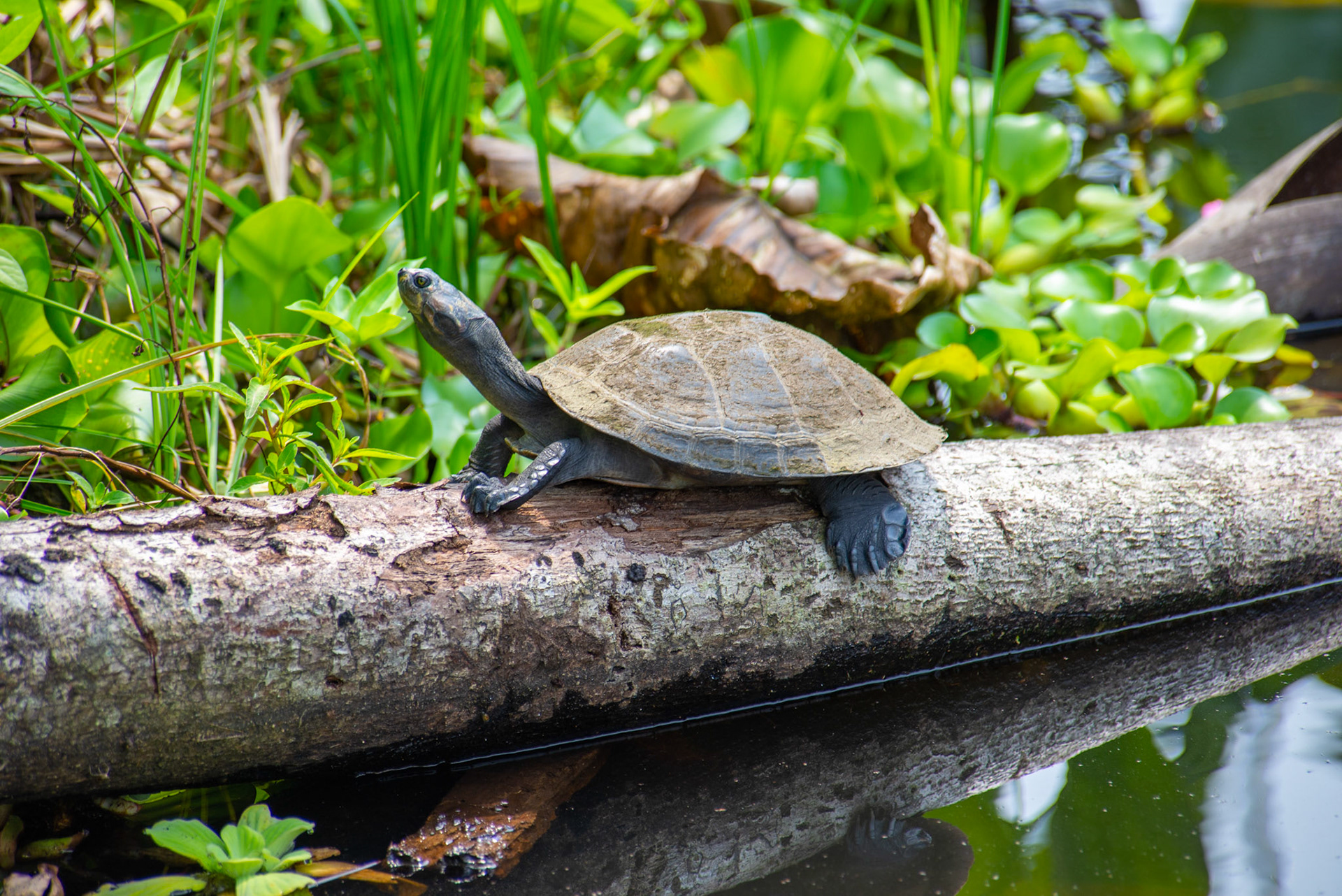
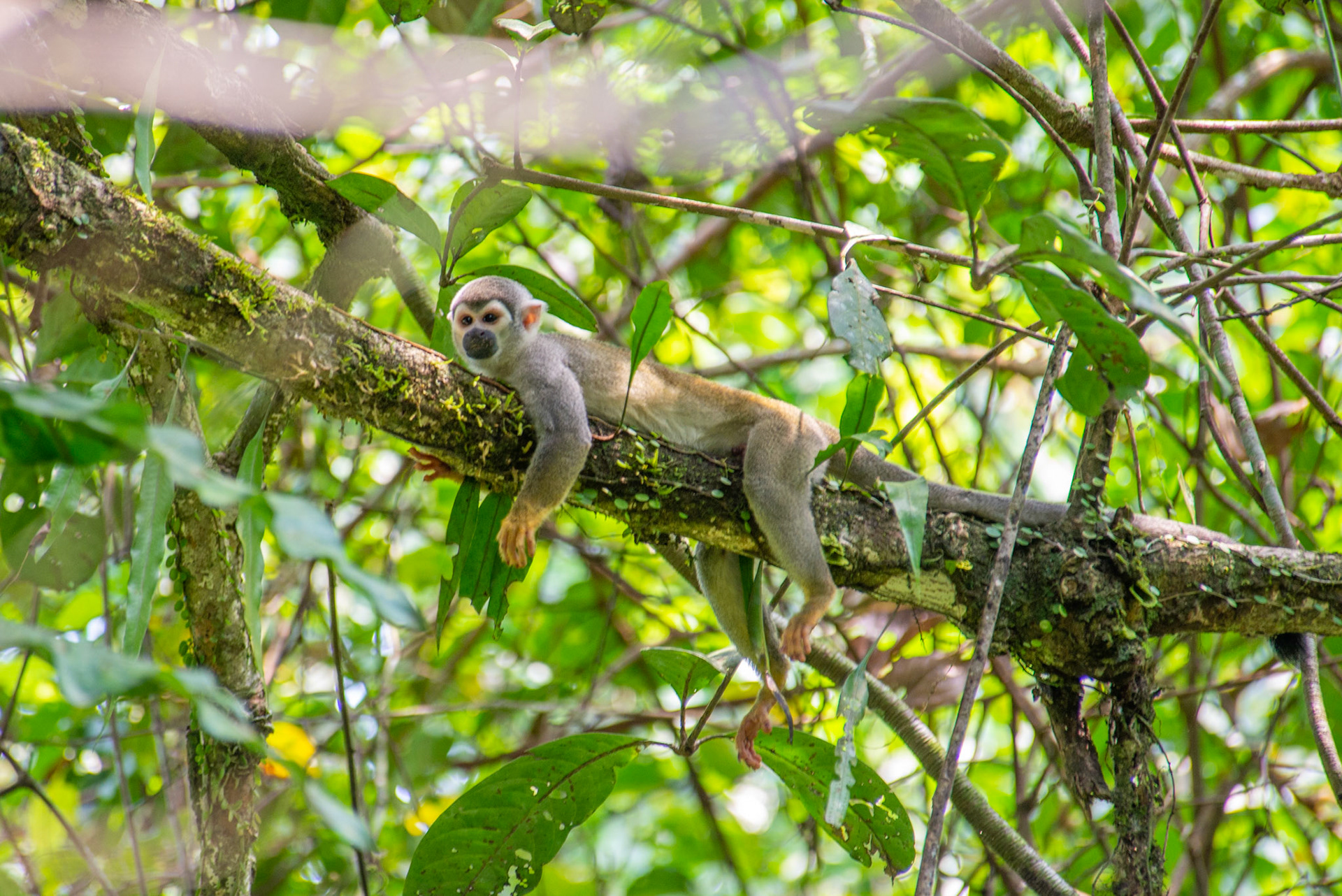

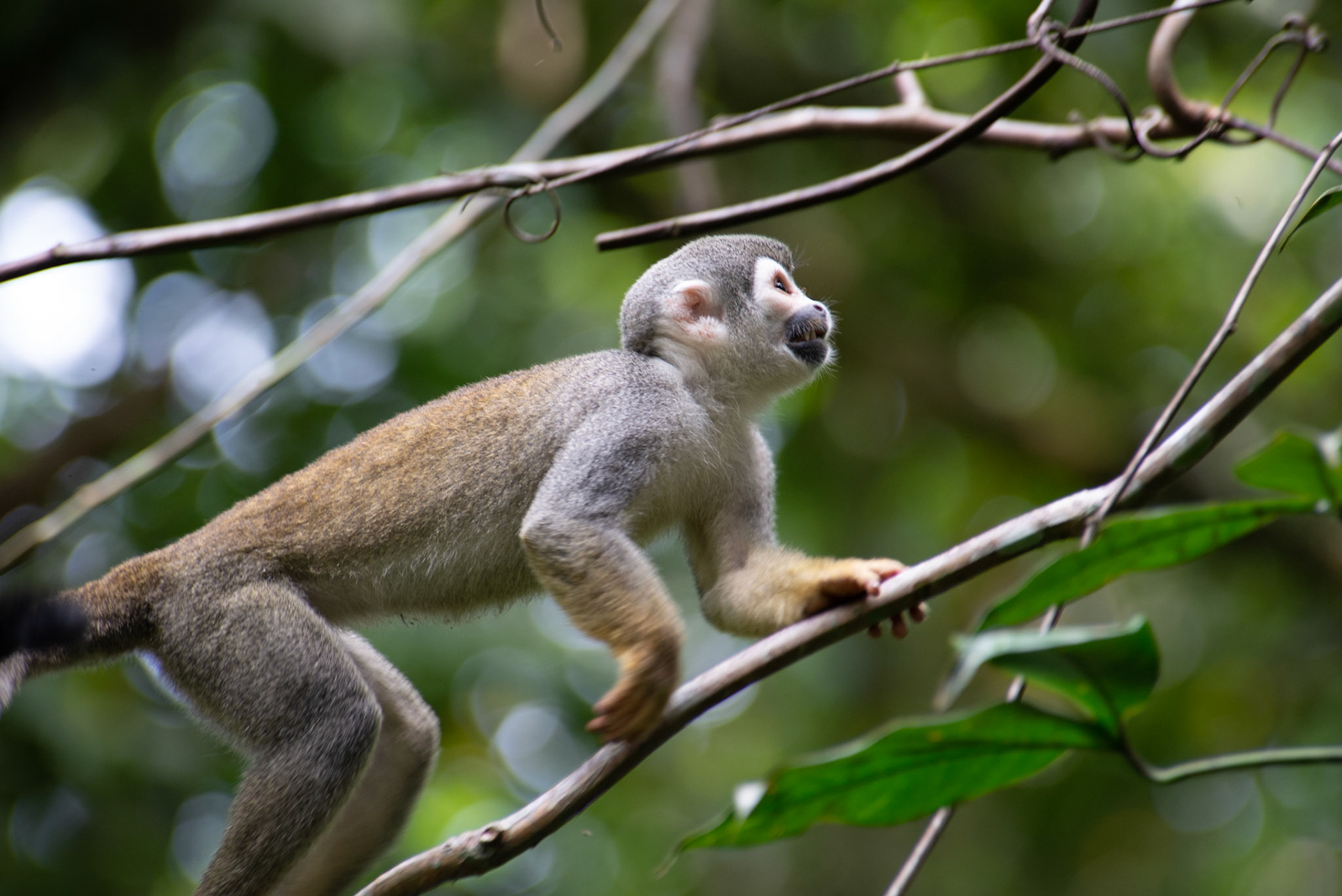
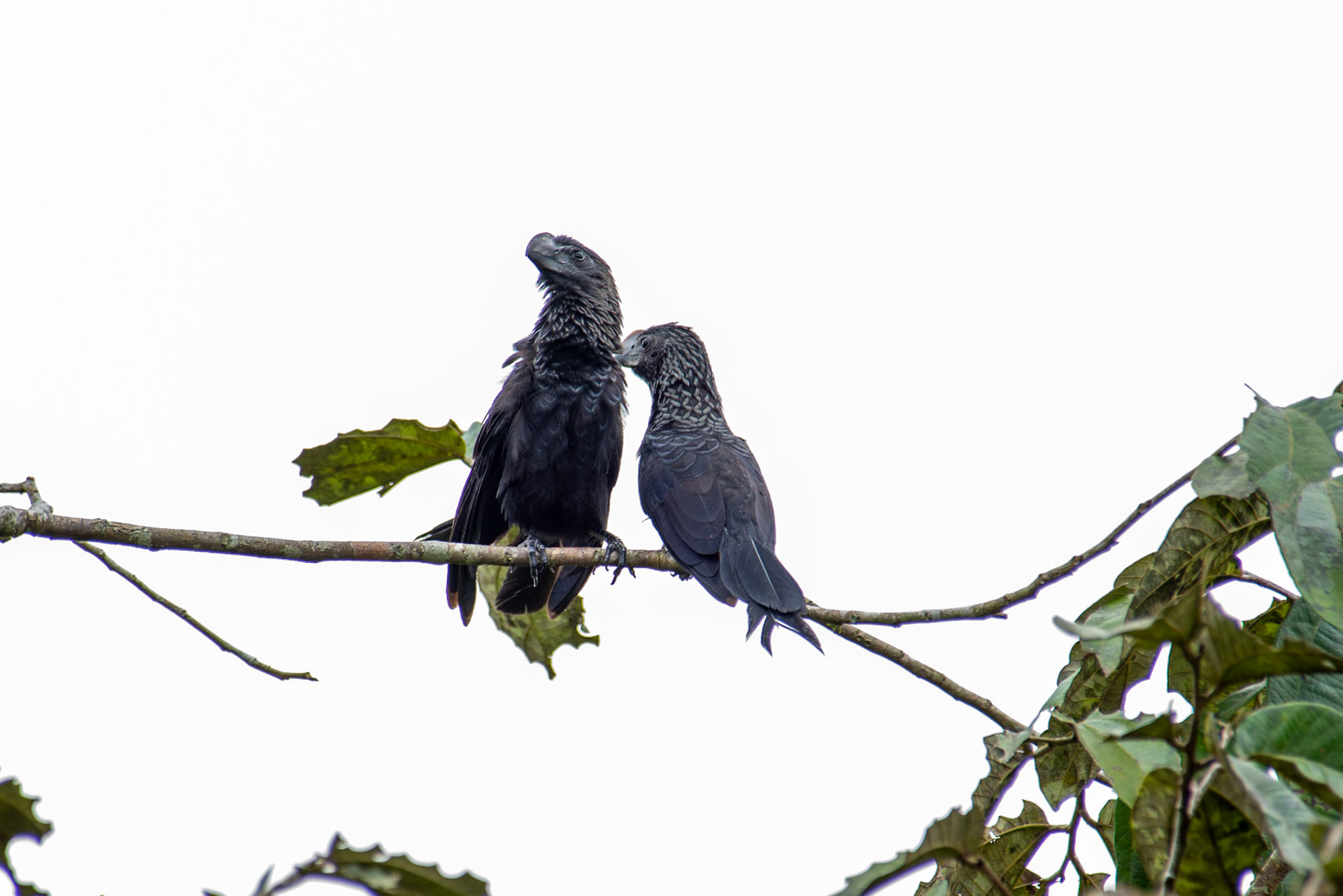
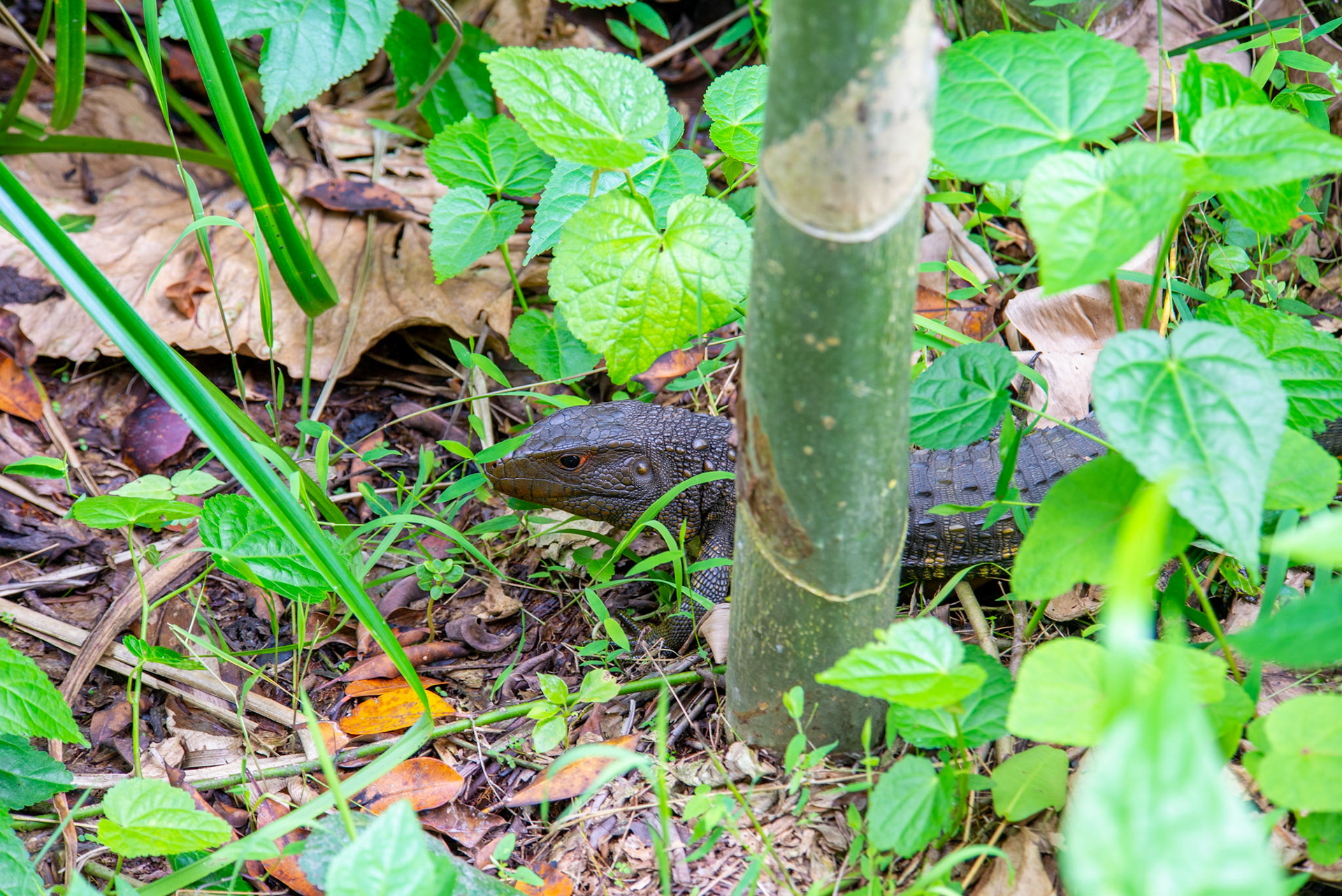
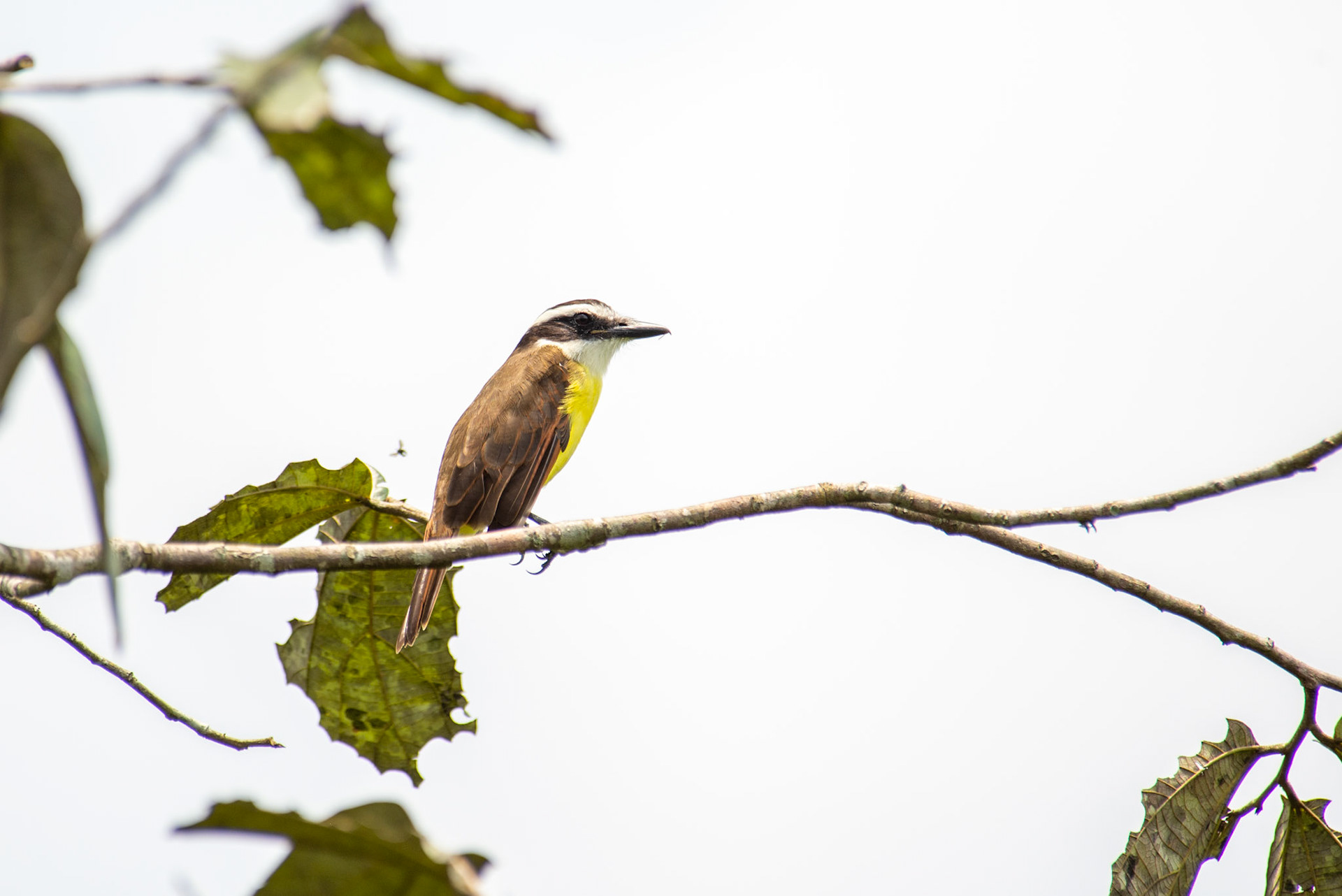
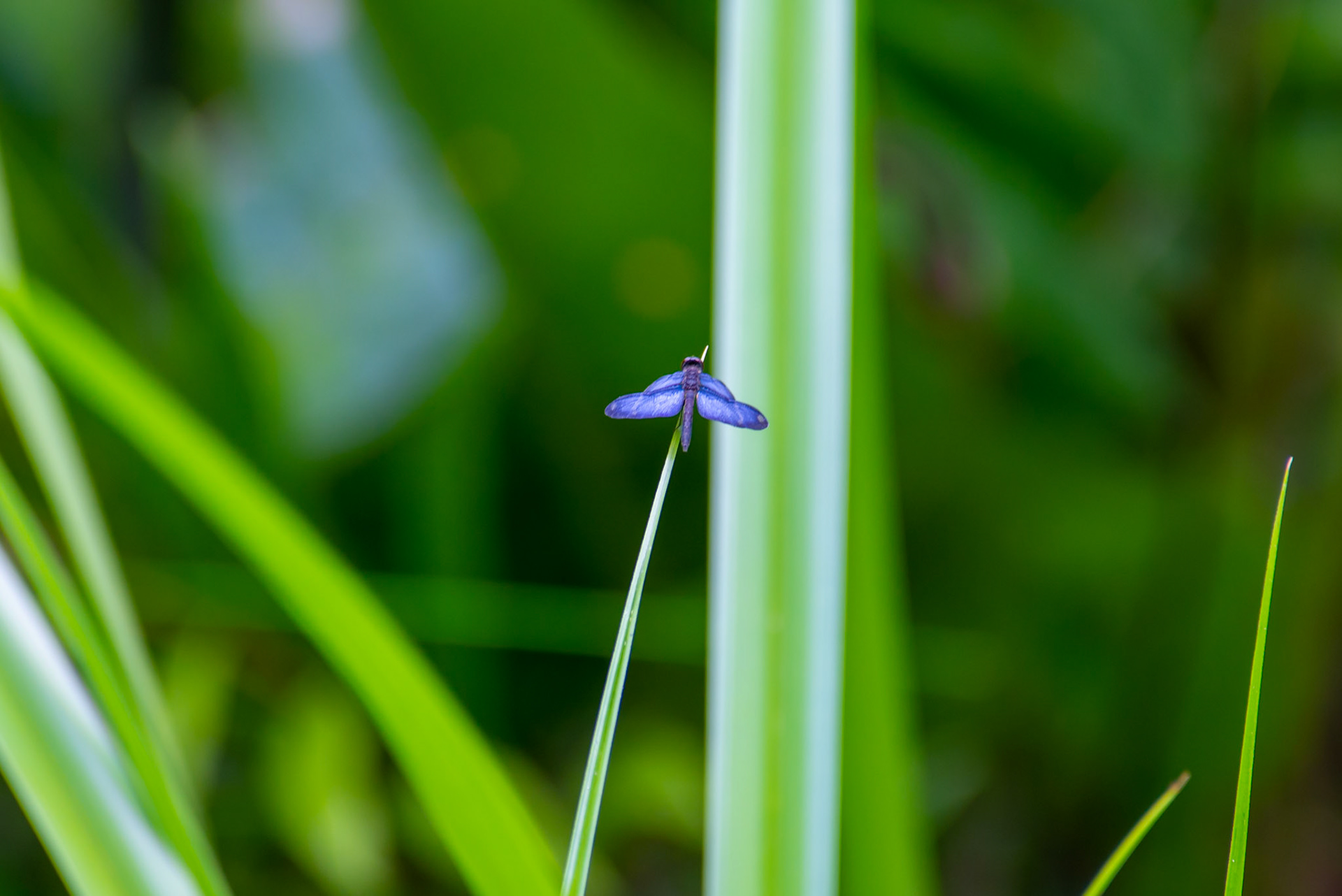
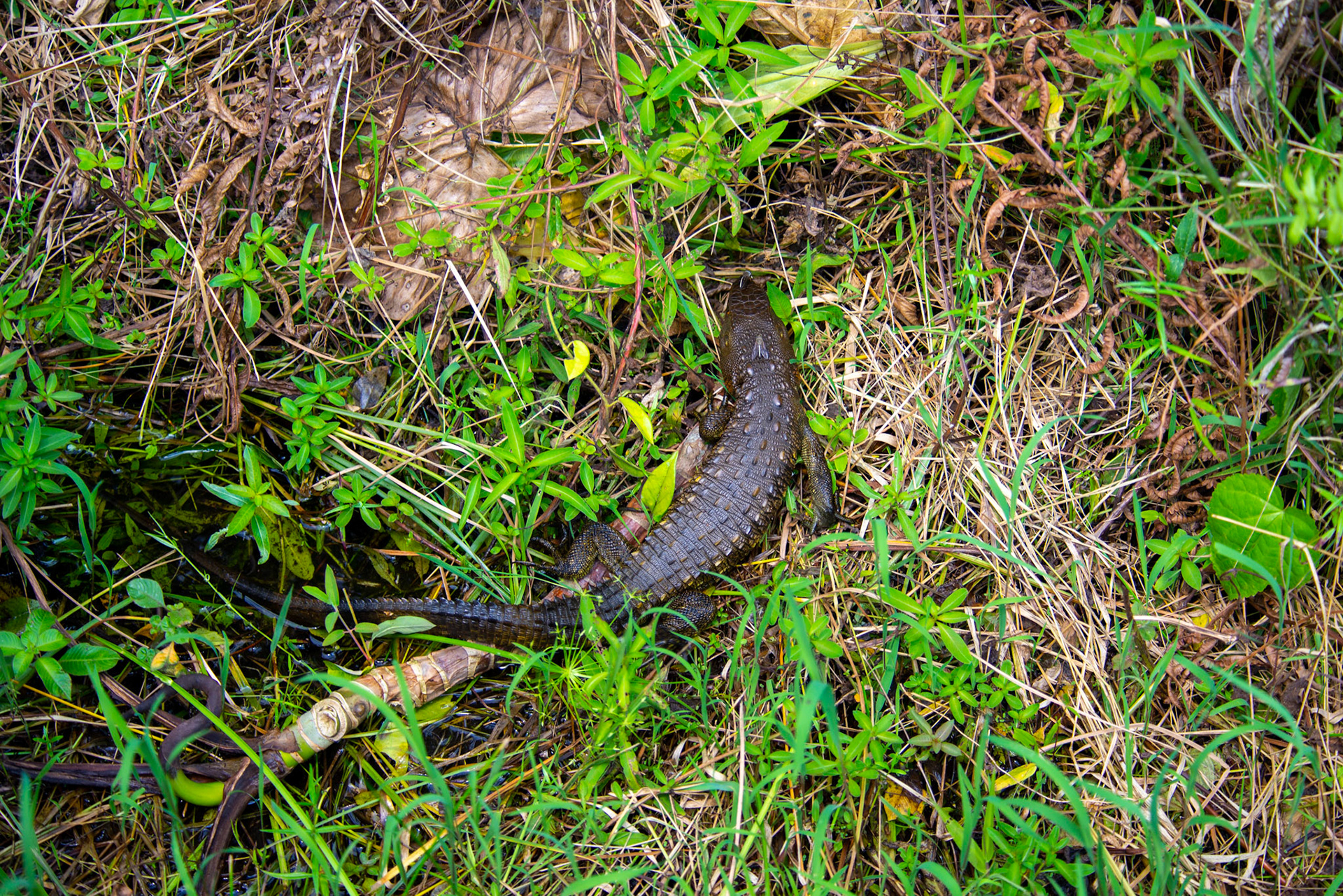
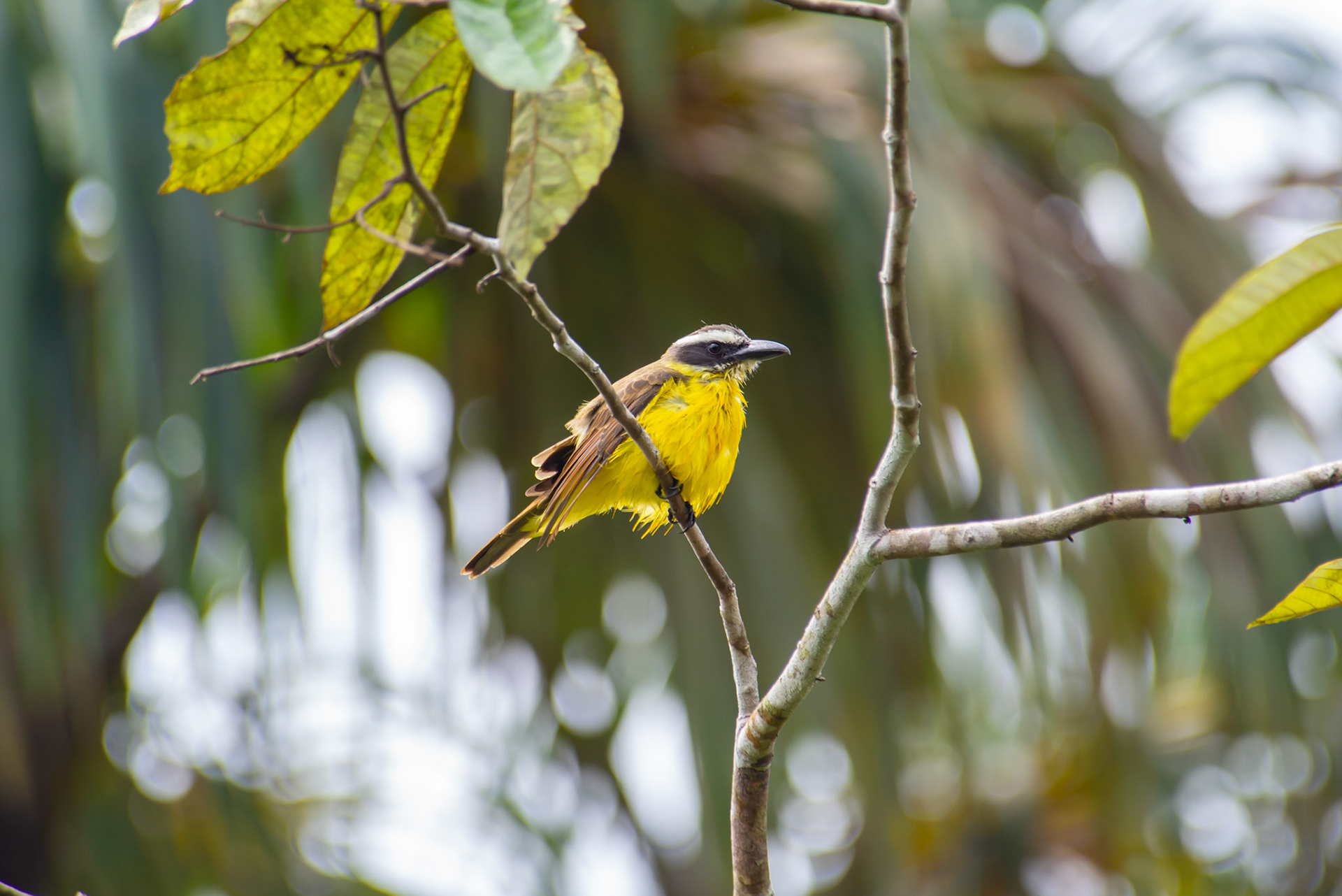
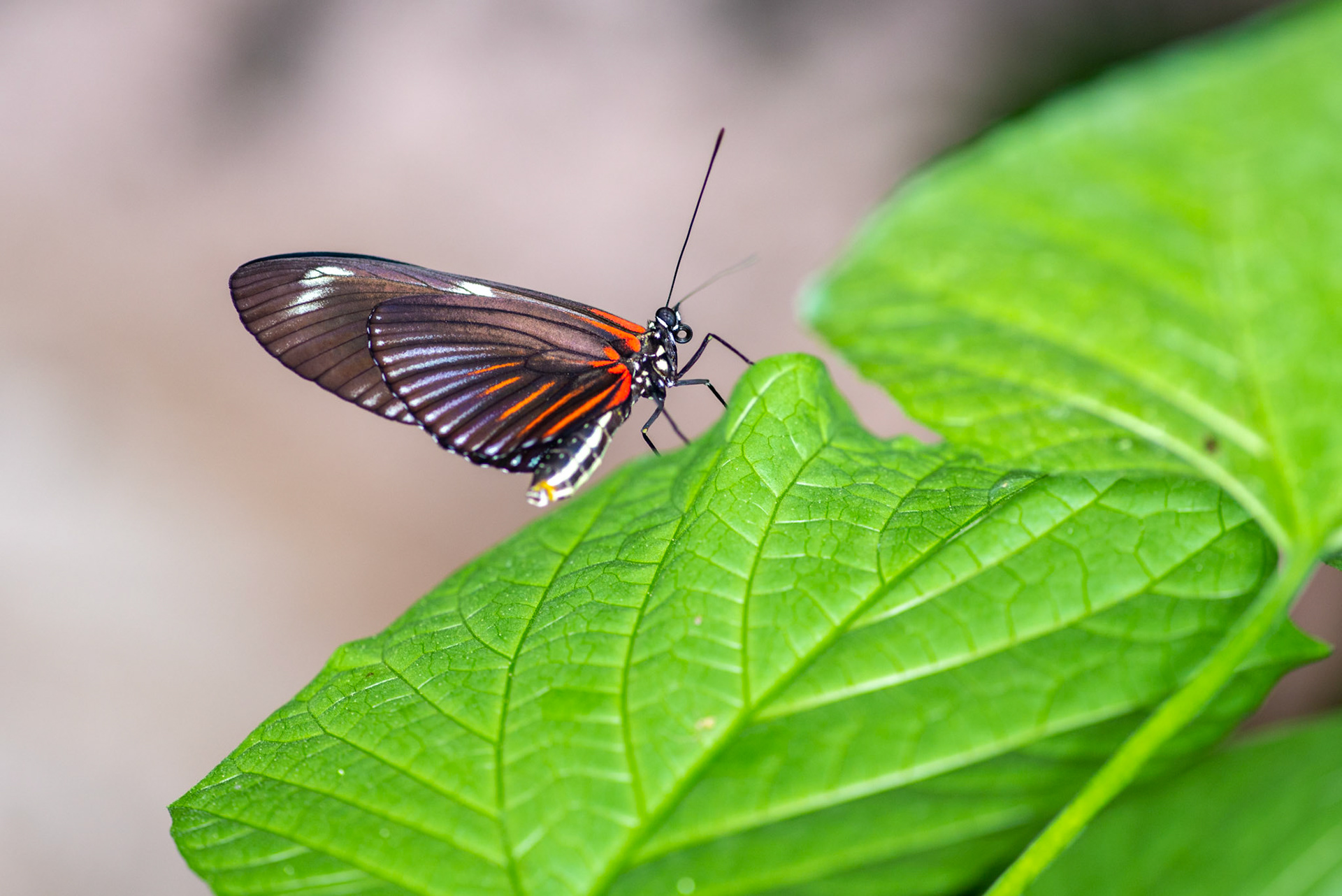
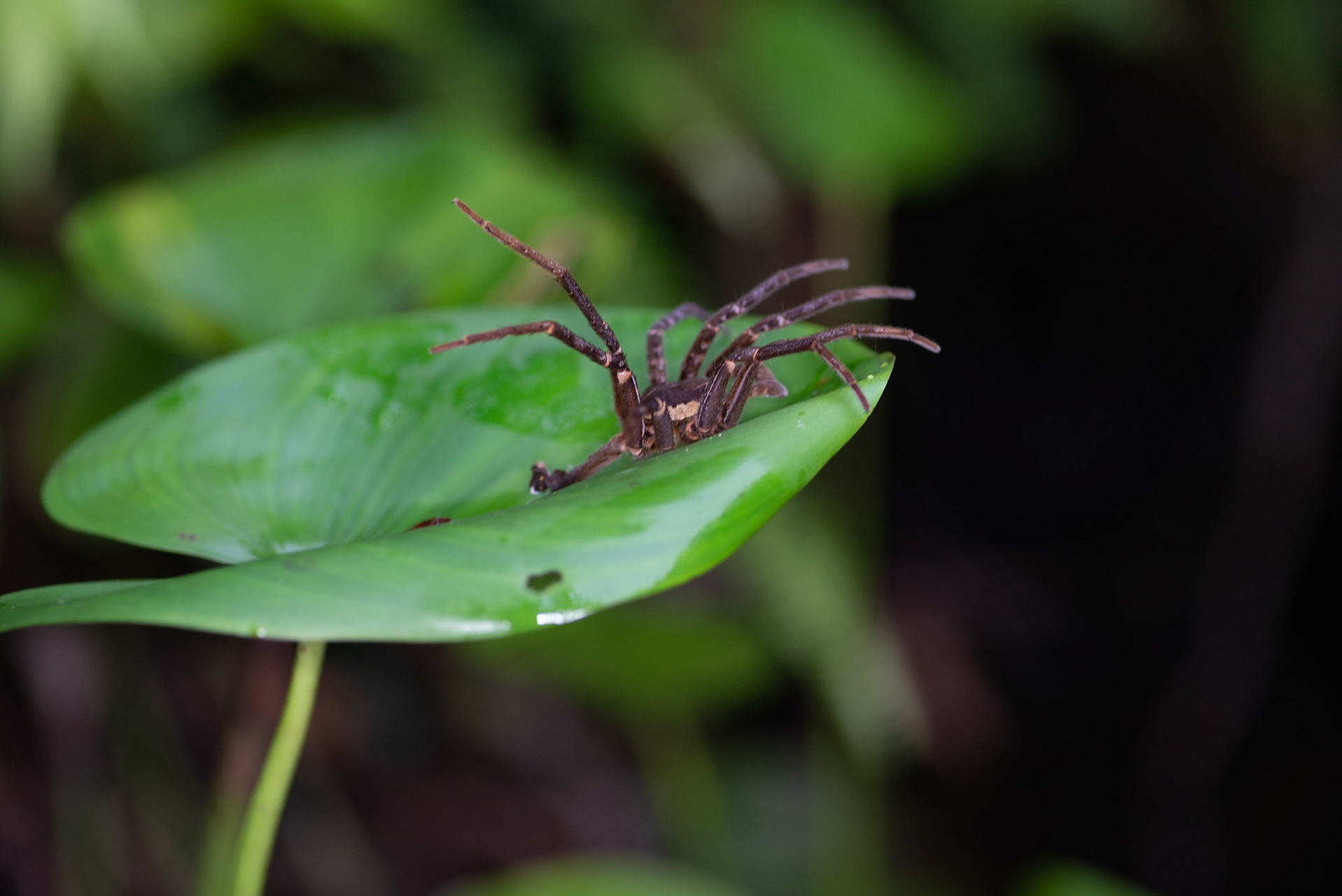
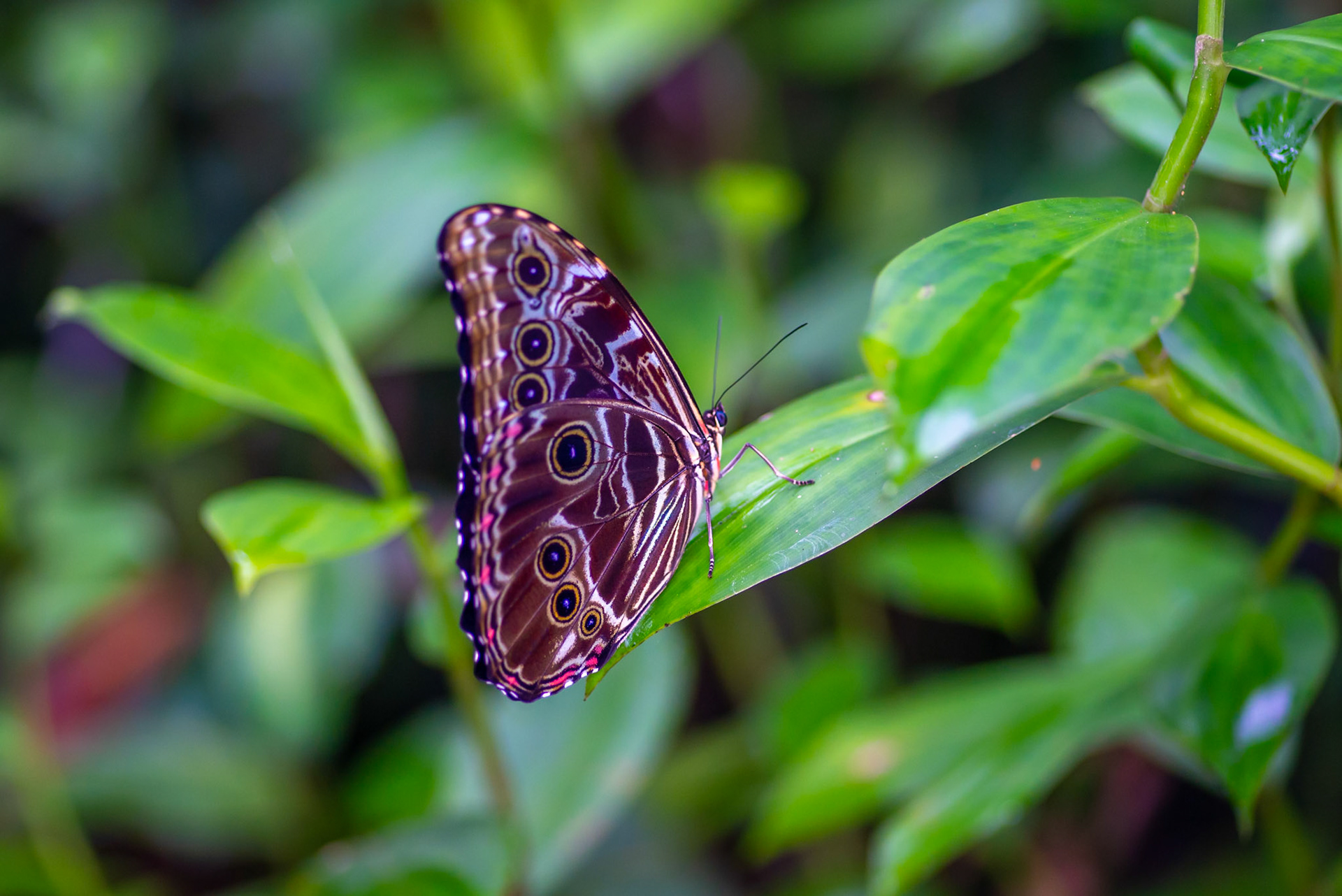
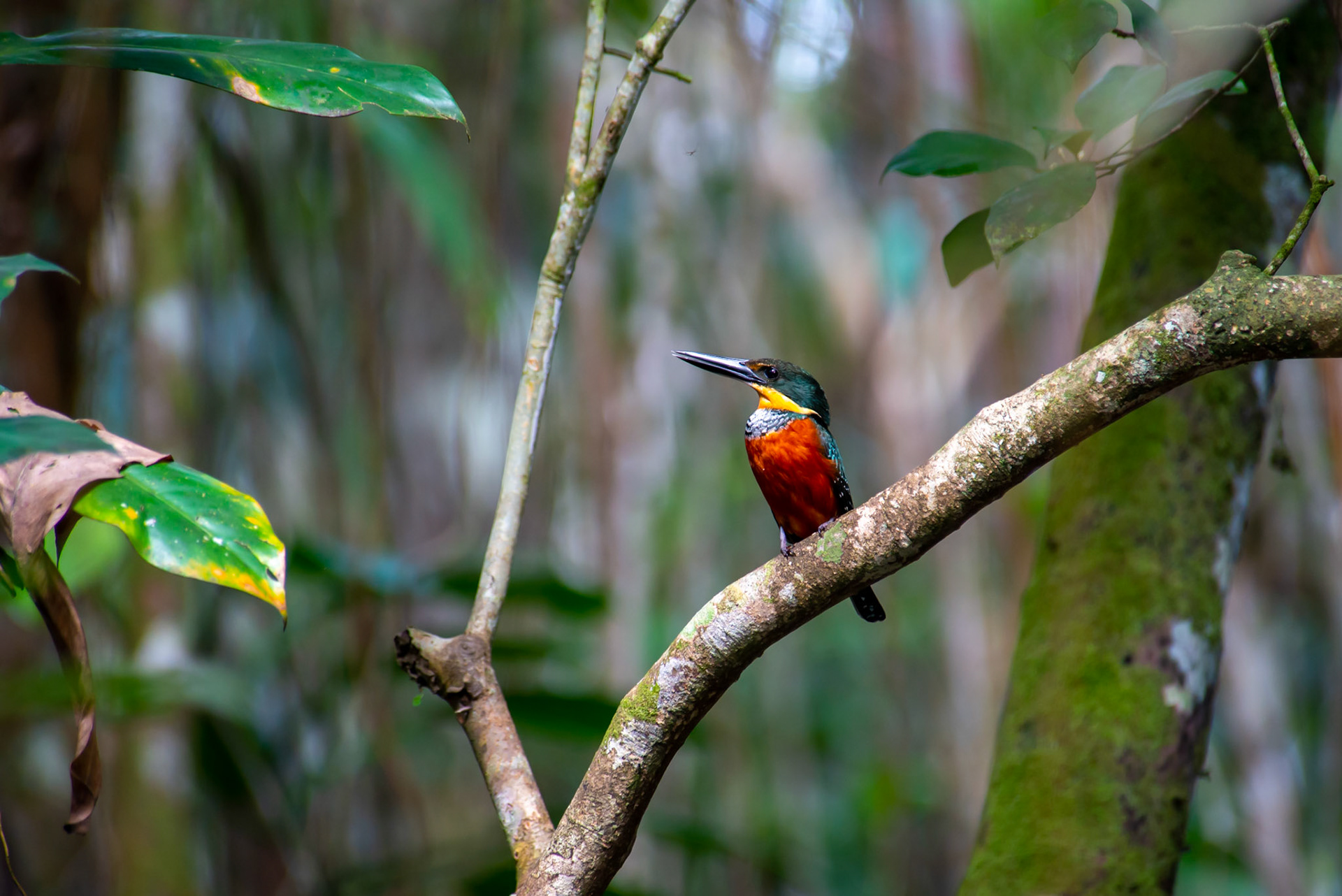
Sacha's Wildlife
Nikon D600
Nikon AF VR 80-400 mm. F4.5-5.6D
Tokina AT-X Pro Macro 100 mm. F2.8 D
Nikon D600
Nikon AF VR 80-400 mm. F4.5-5.6D
Tokina AT-X Pro Macro 100 mm. F2.8 D
Night walks
The jungle at night is an exciting and mysterious place.
The darkness that shrouds the jungle hides a wealth of wildlife, from large predators to tiny insects. Insects are also active in the jungle at night.
Fireflies, moths, and other small insects come out to search for food or mate. Frogs and toads can be heard croaking in the still night air. Reptiles, such as snakes and lizards, also take advantage of the darkness to hunt or hide from predators. Some snakes even hunt by sensing their prey’s heat signature in the night air.
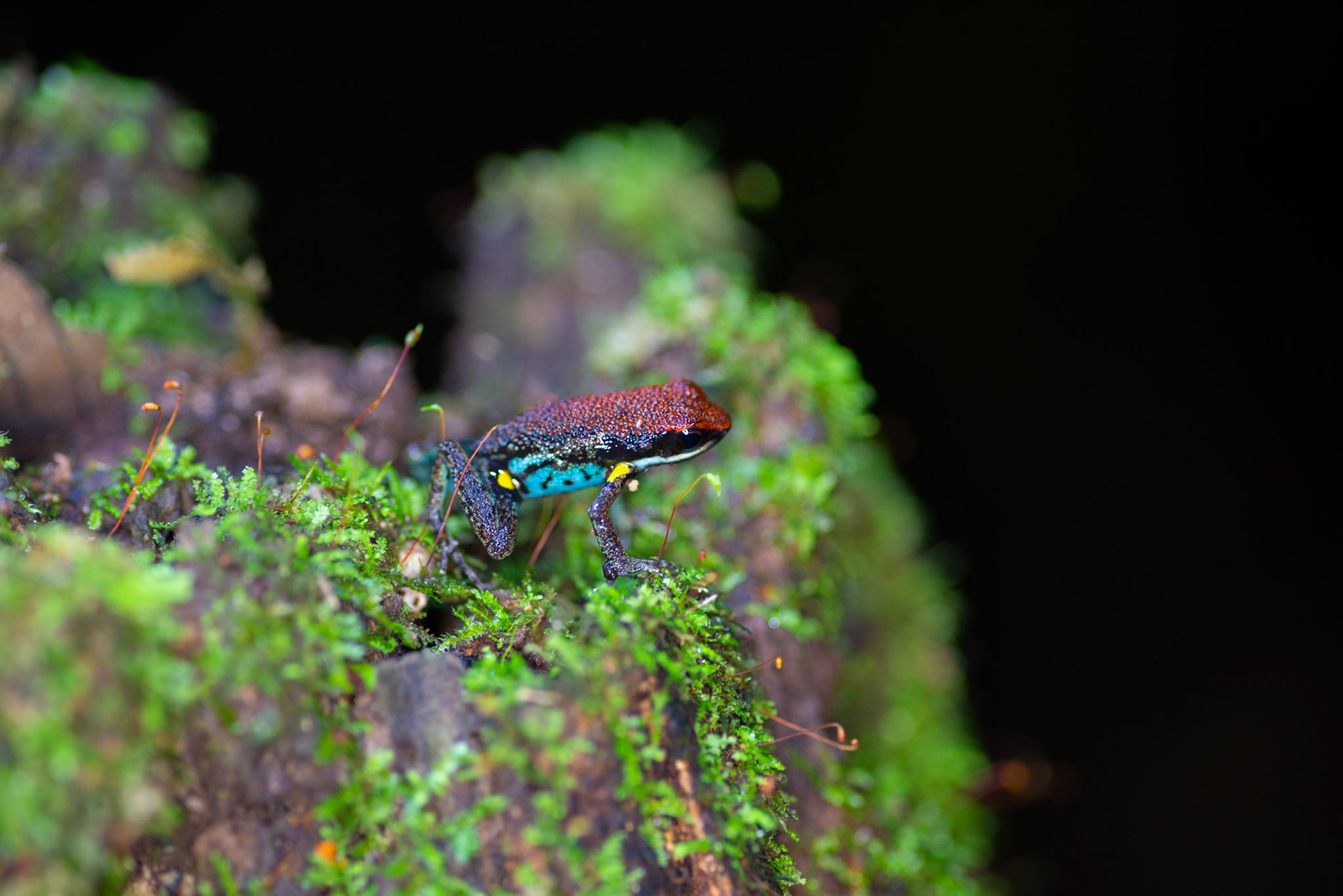
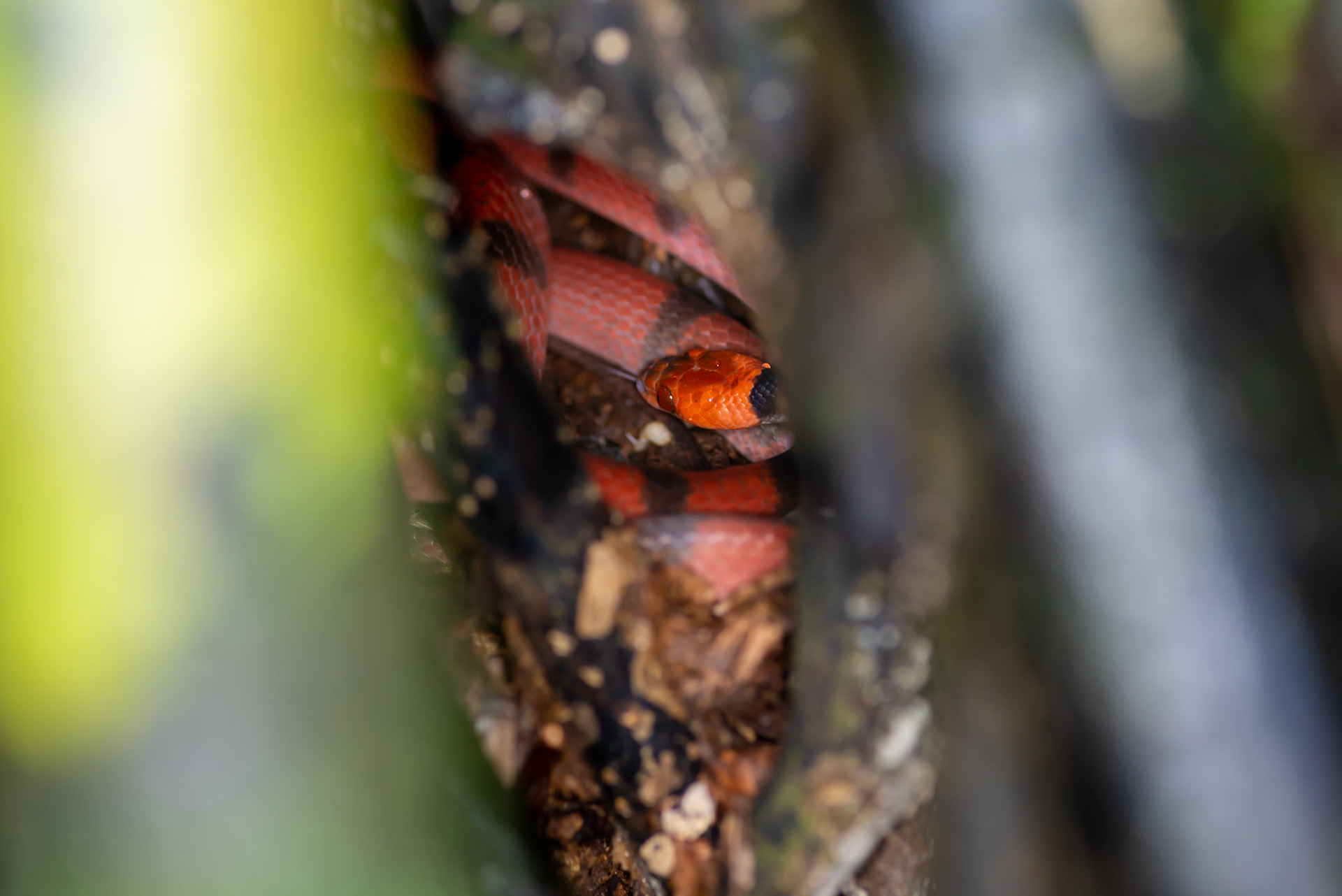
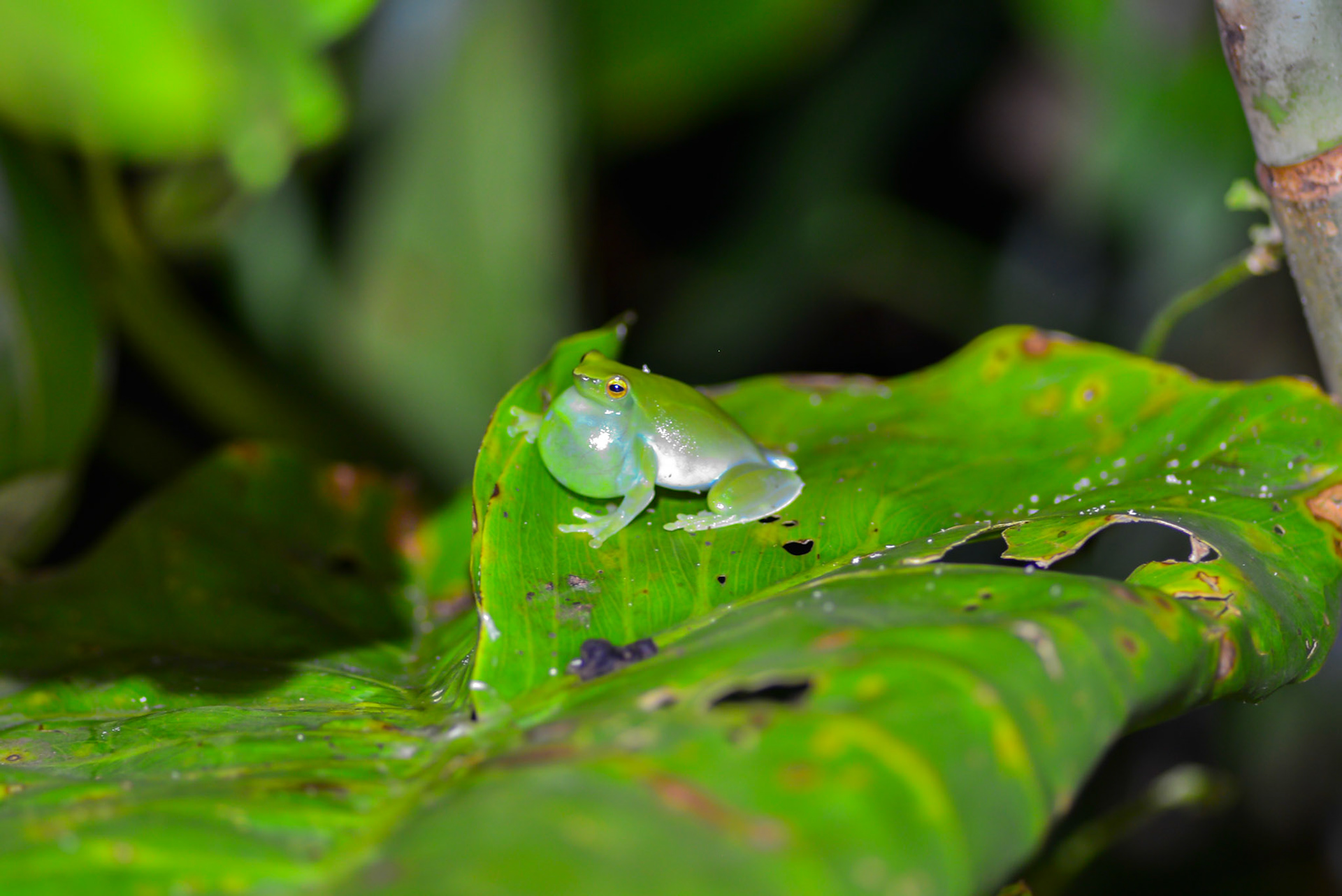
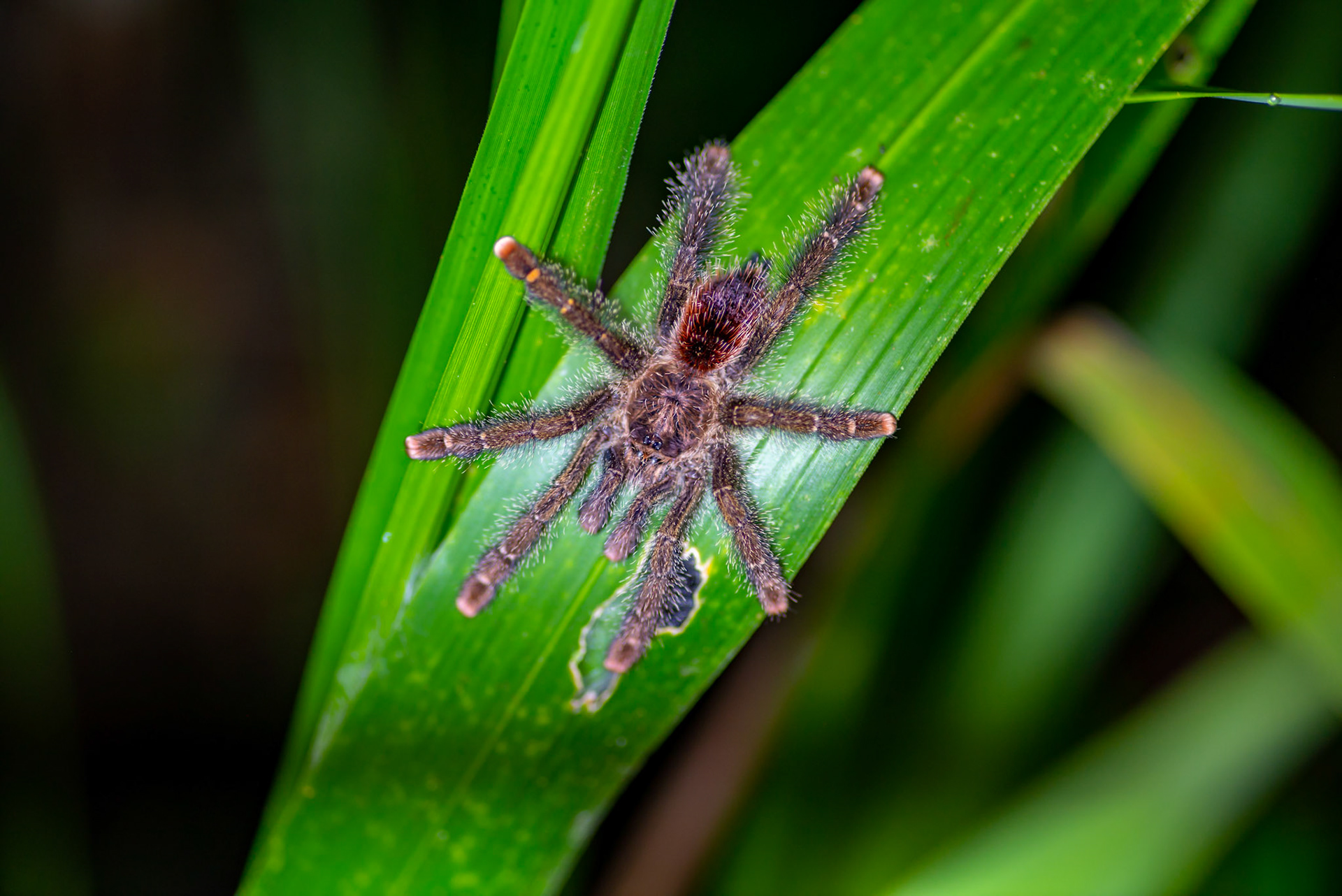
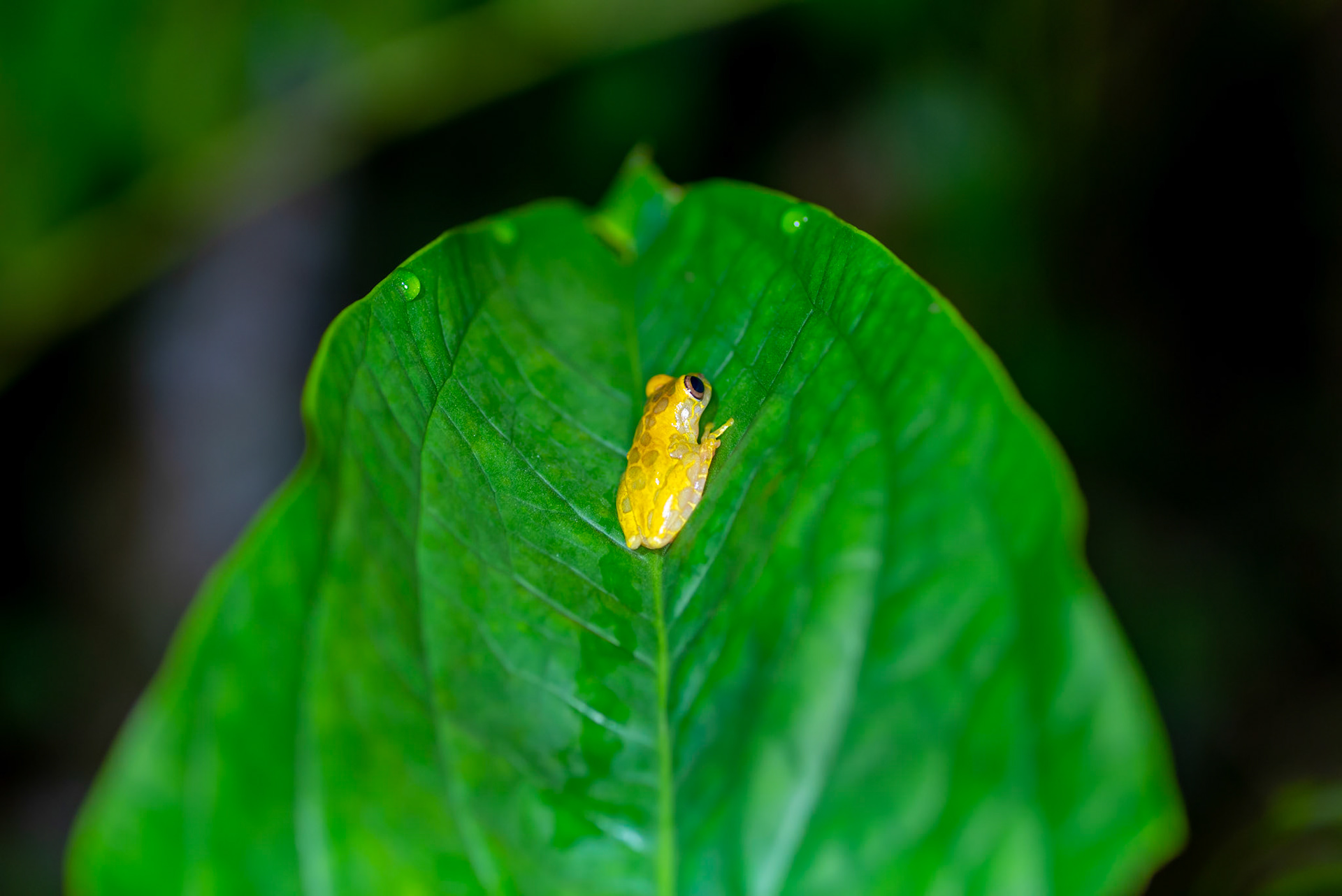
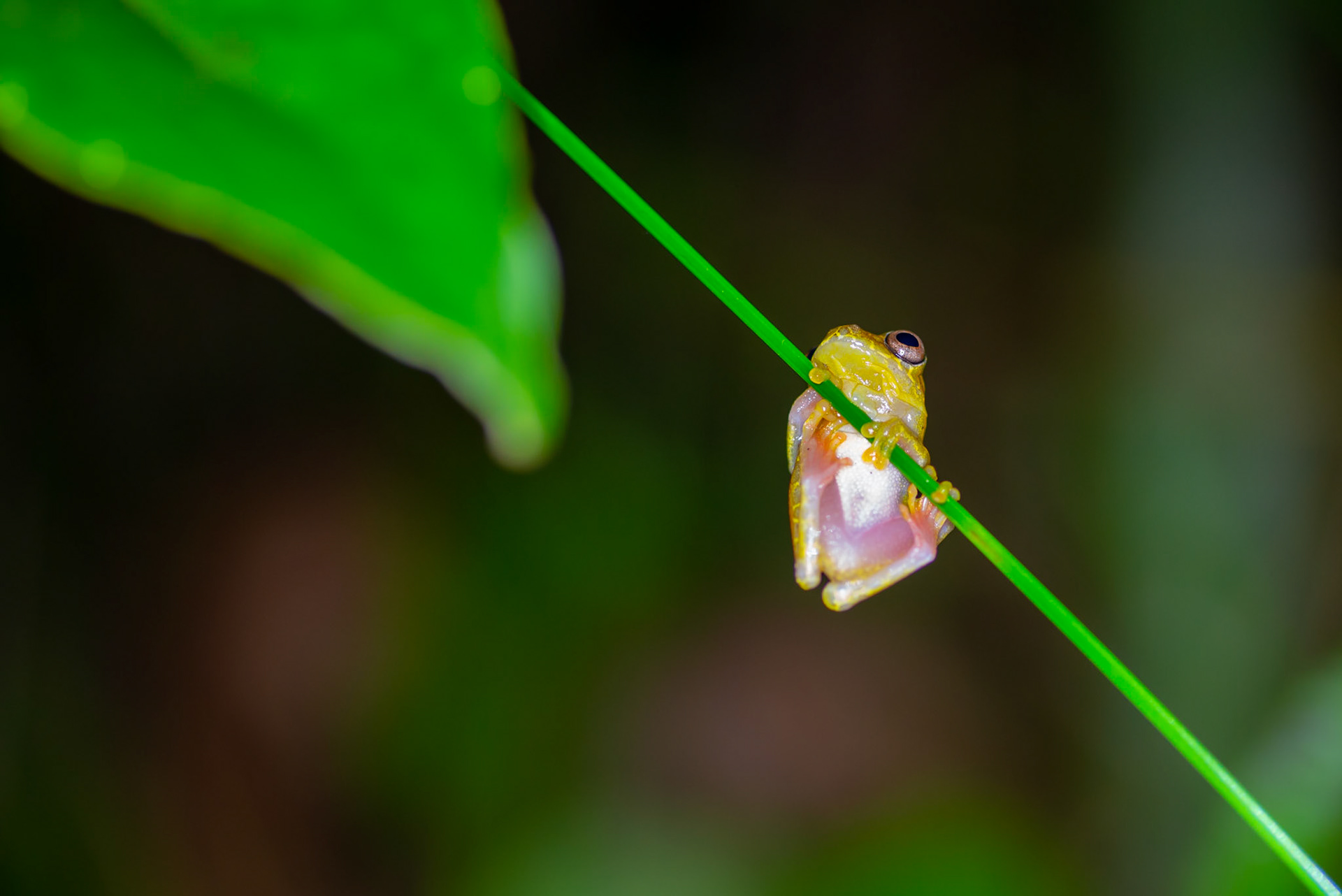
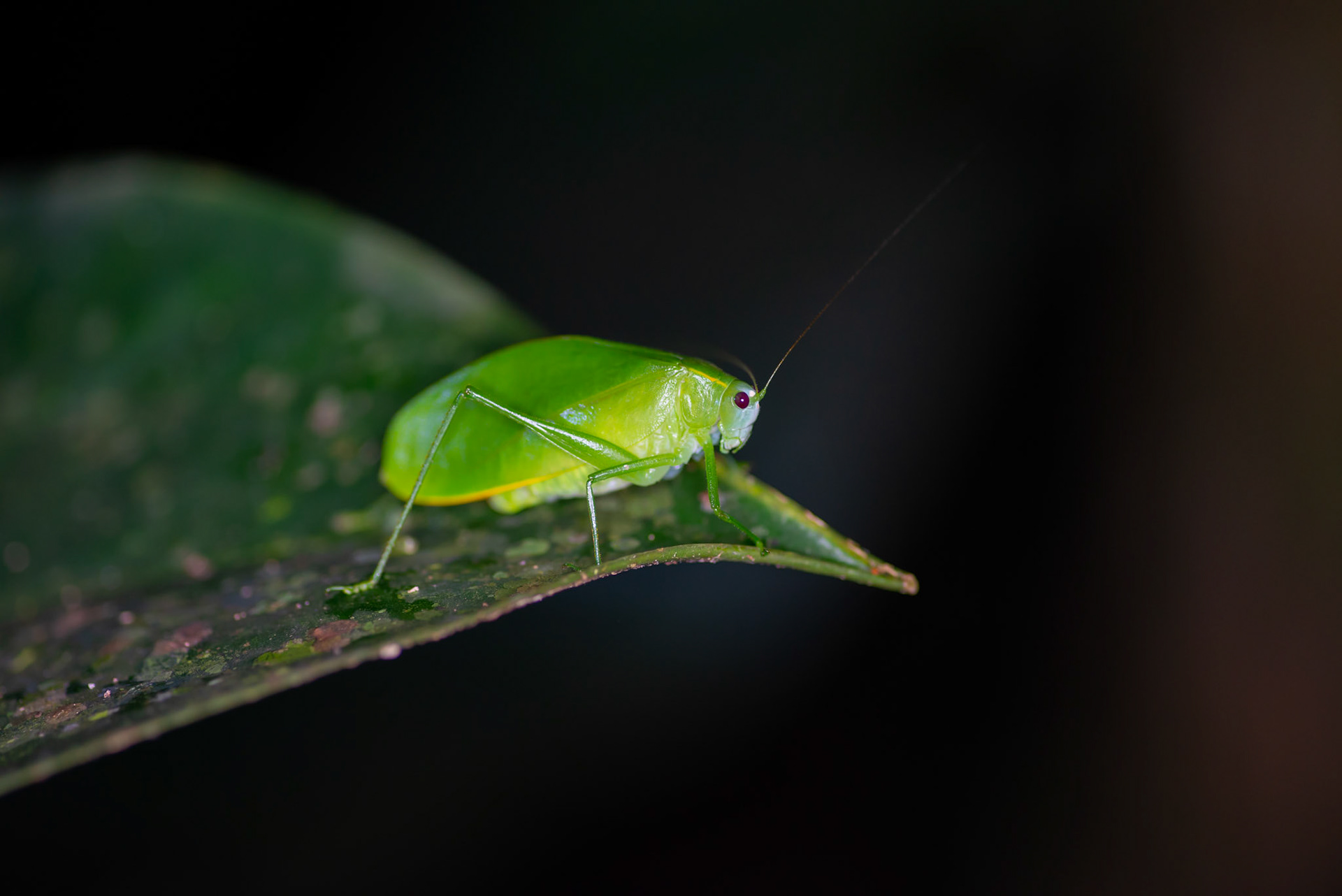
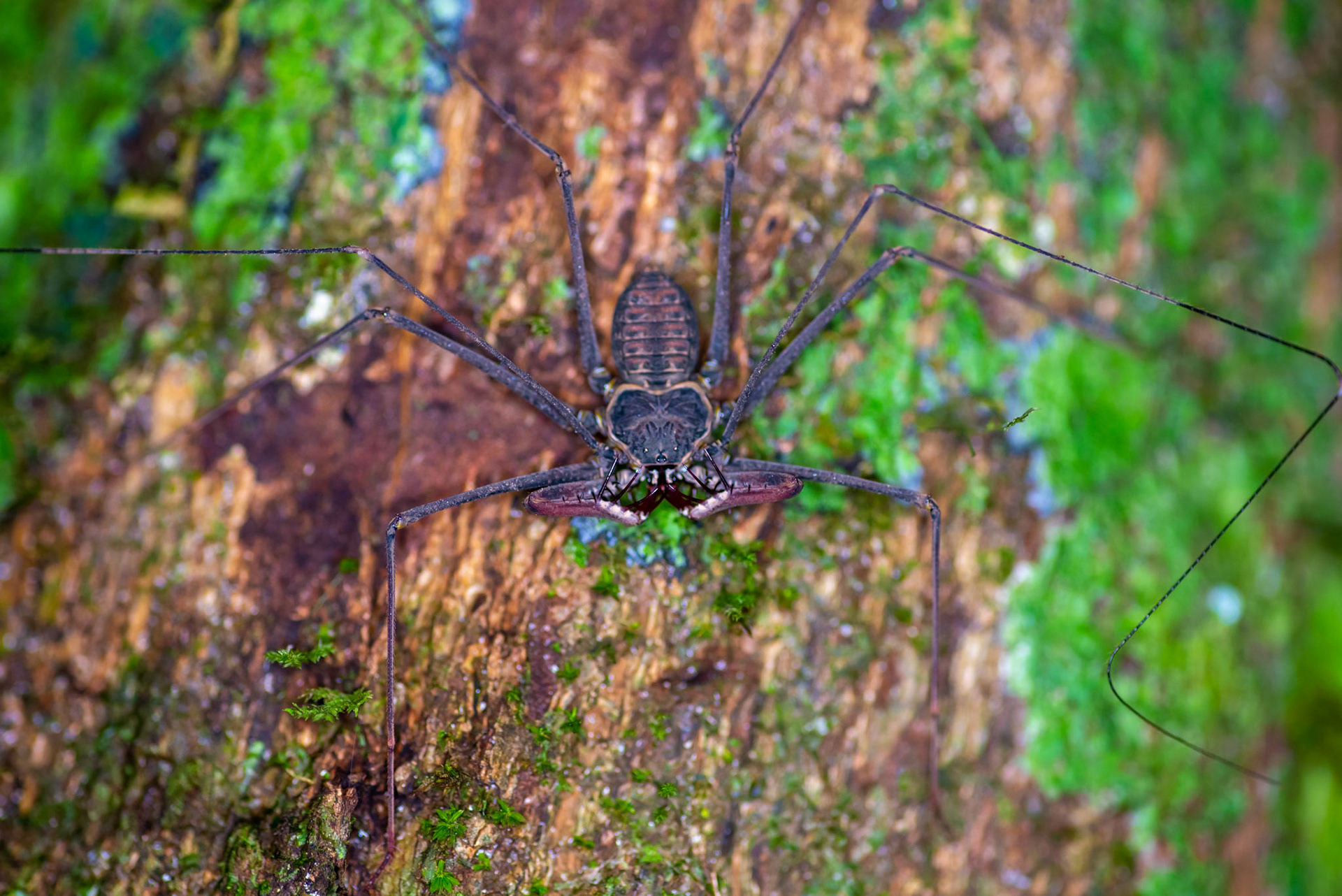
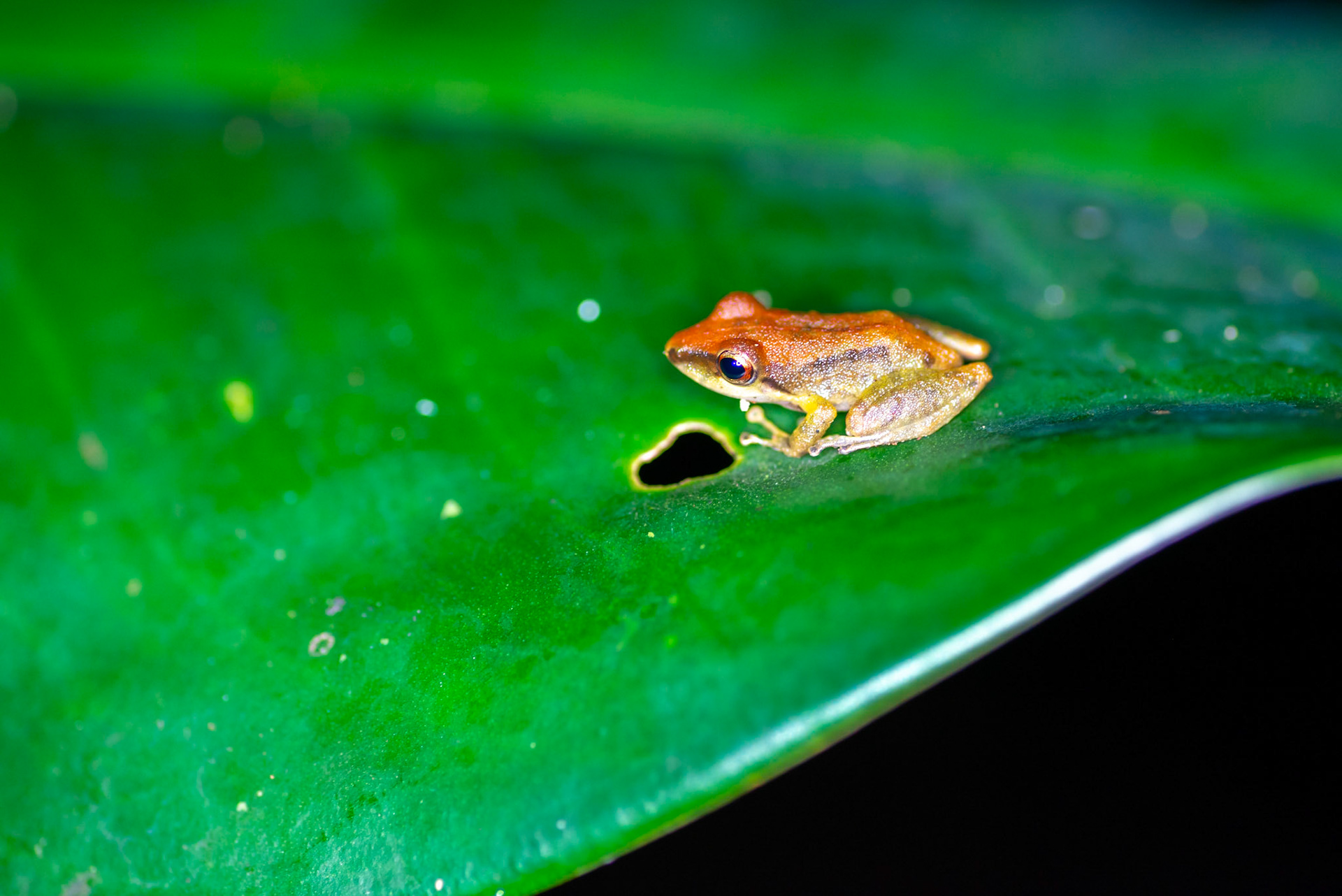
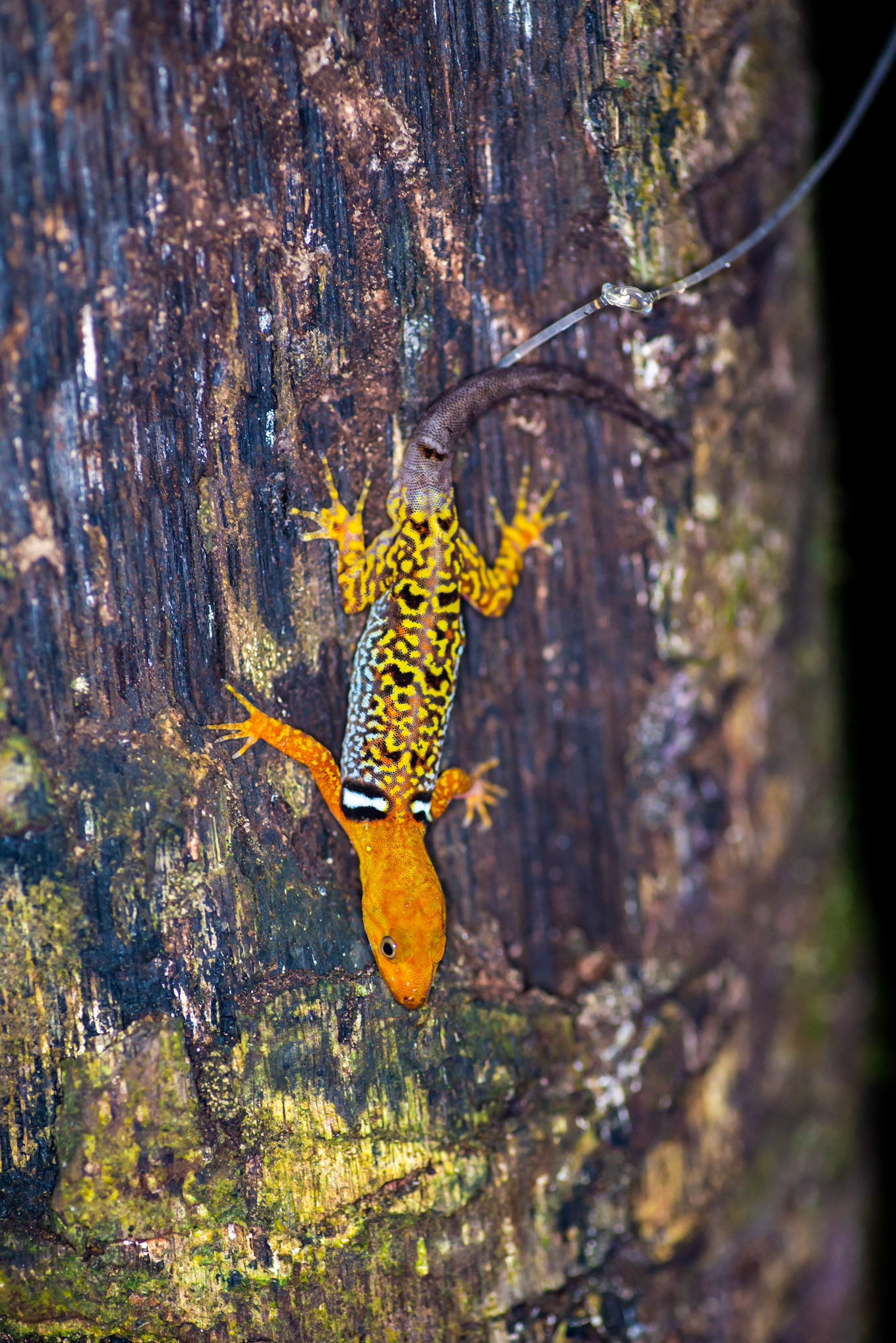
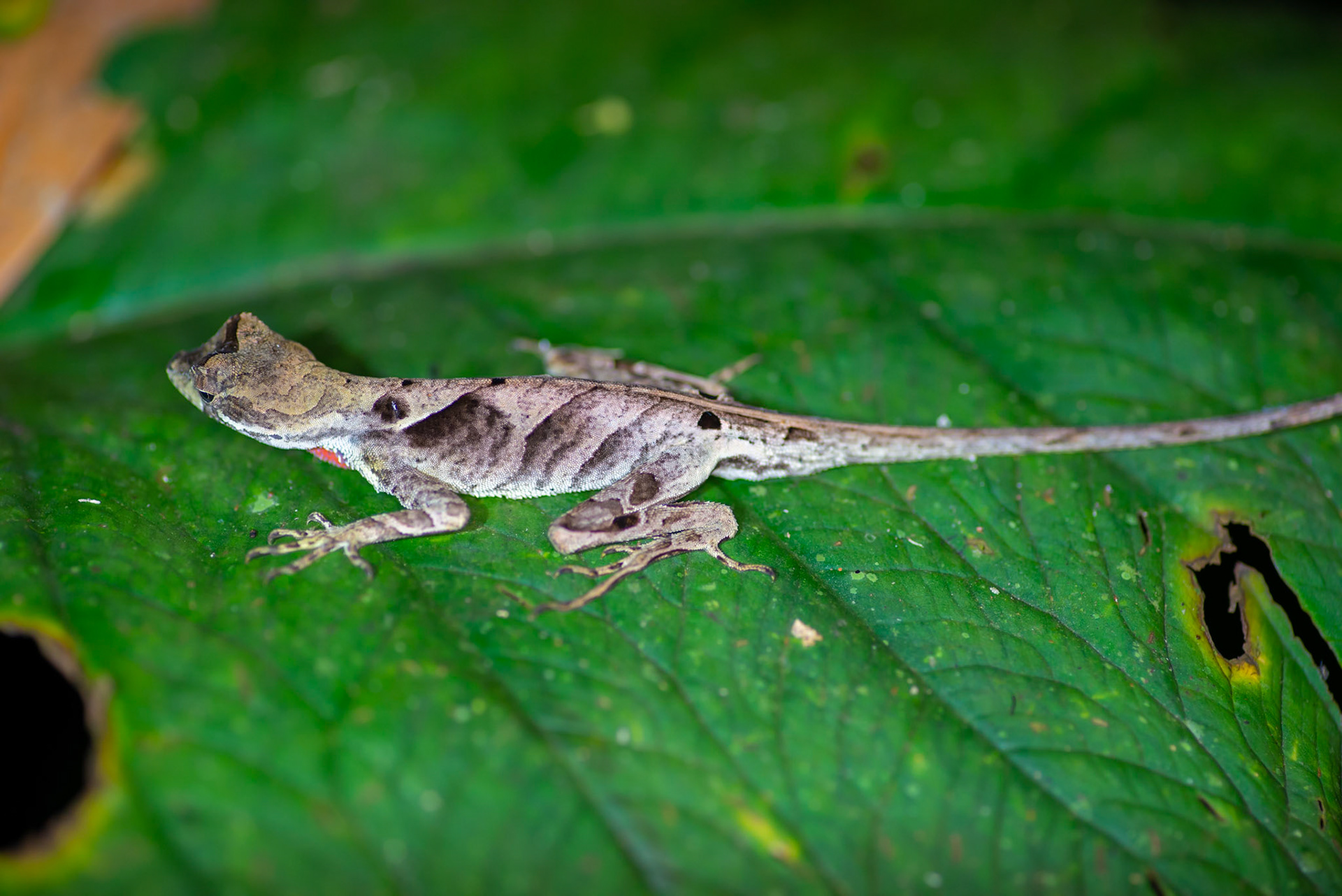
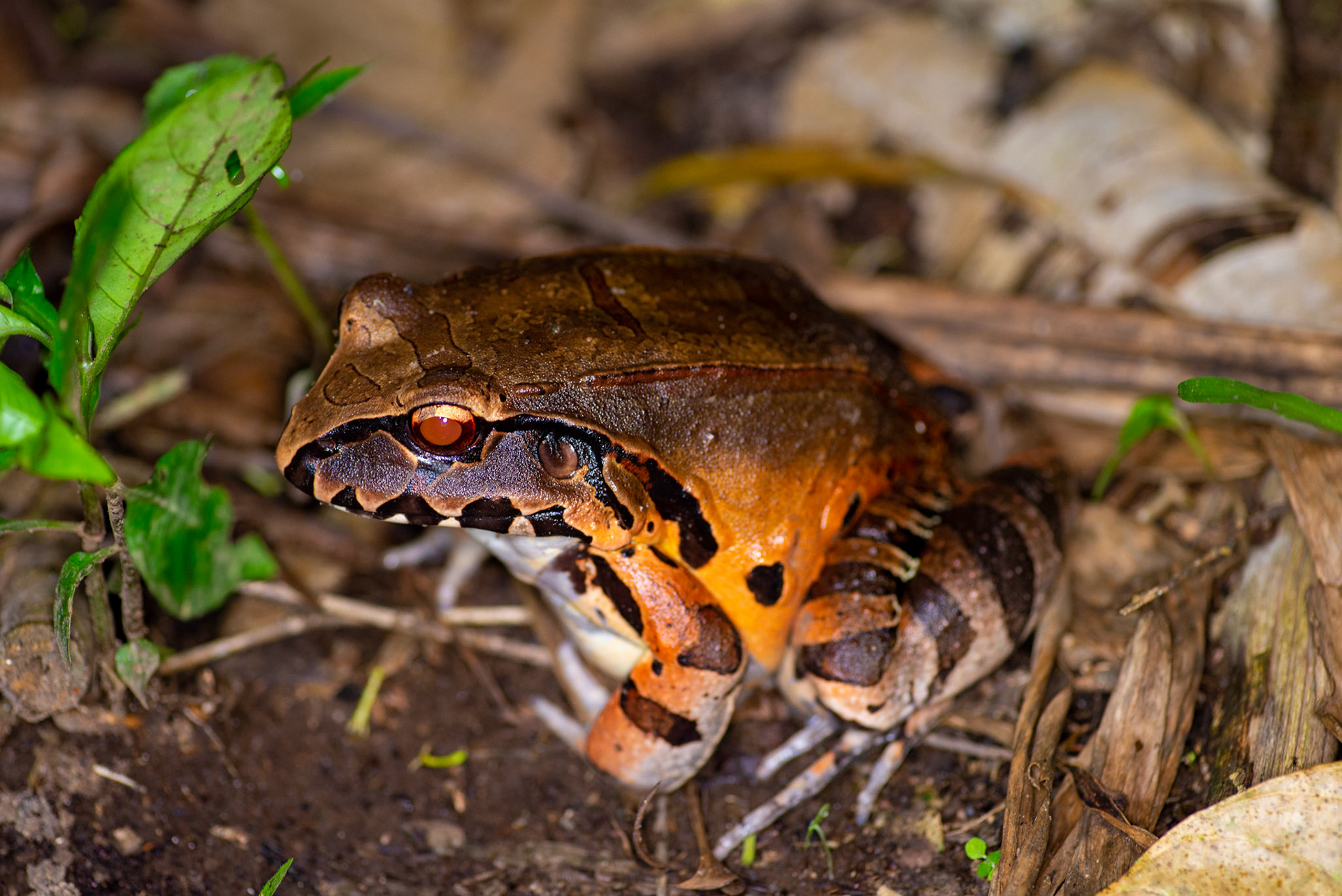
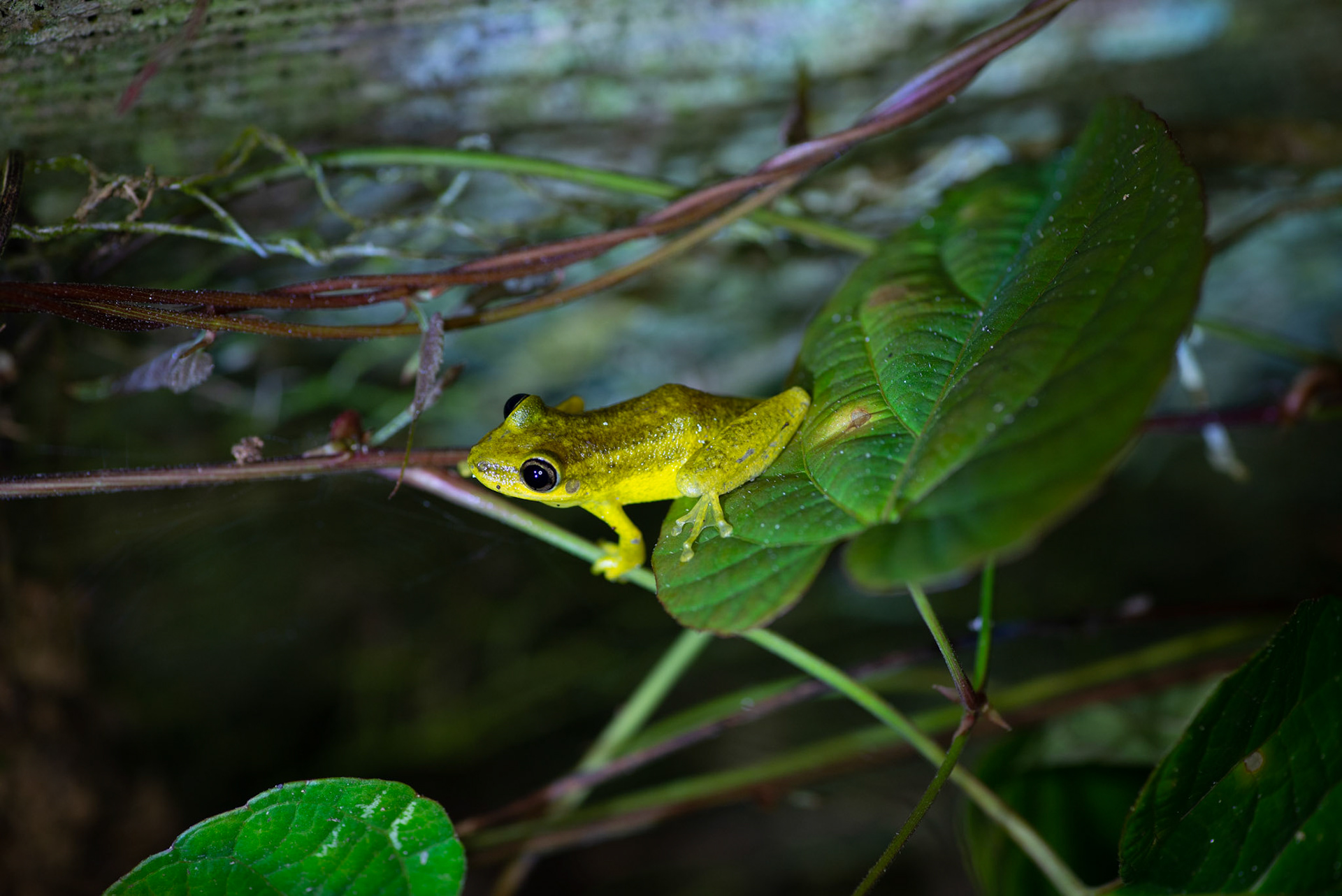
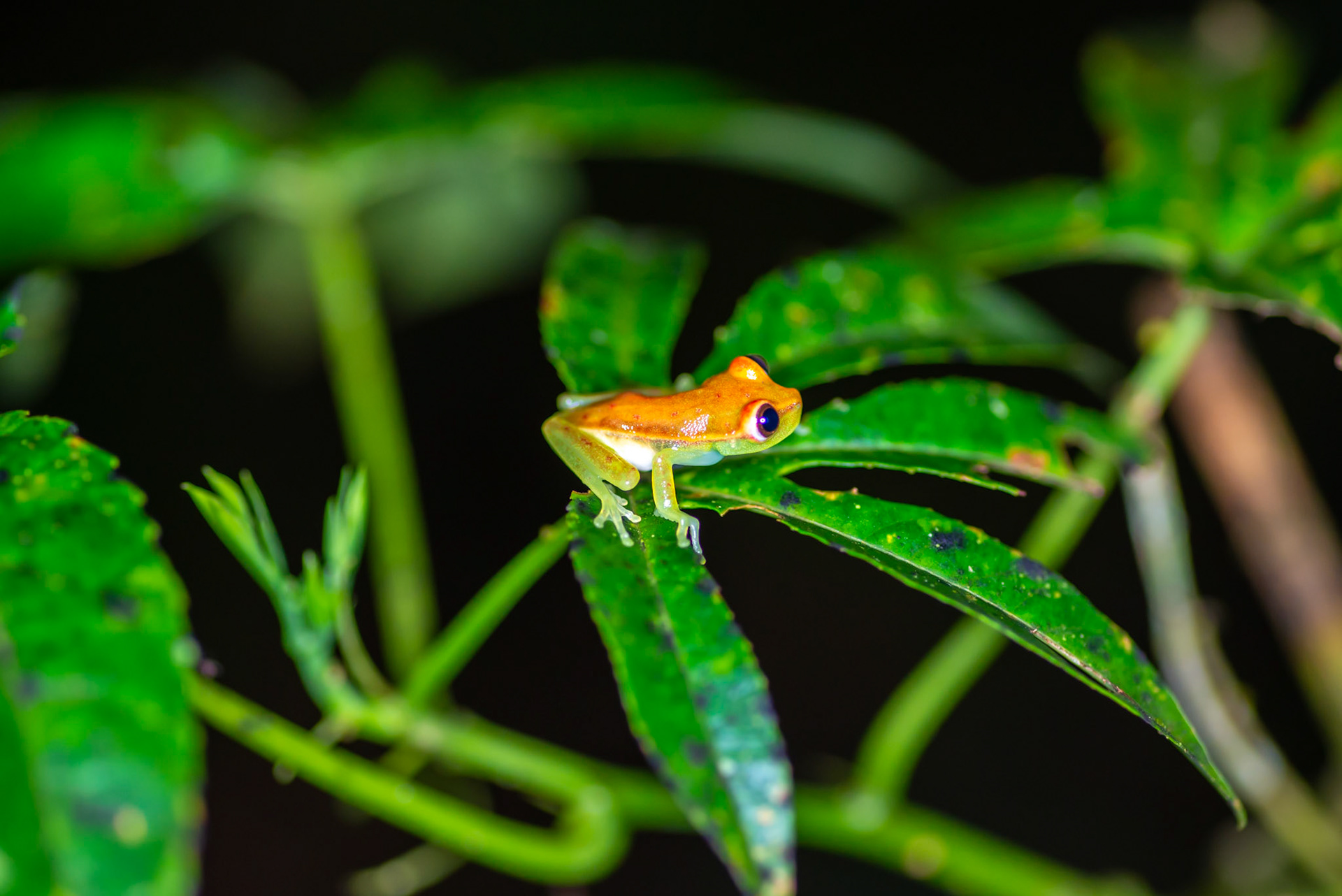
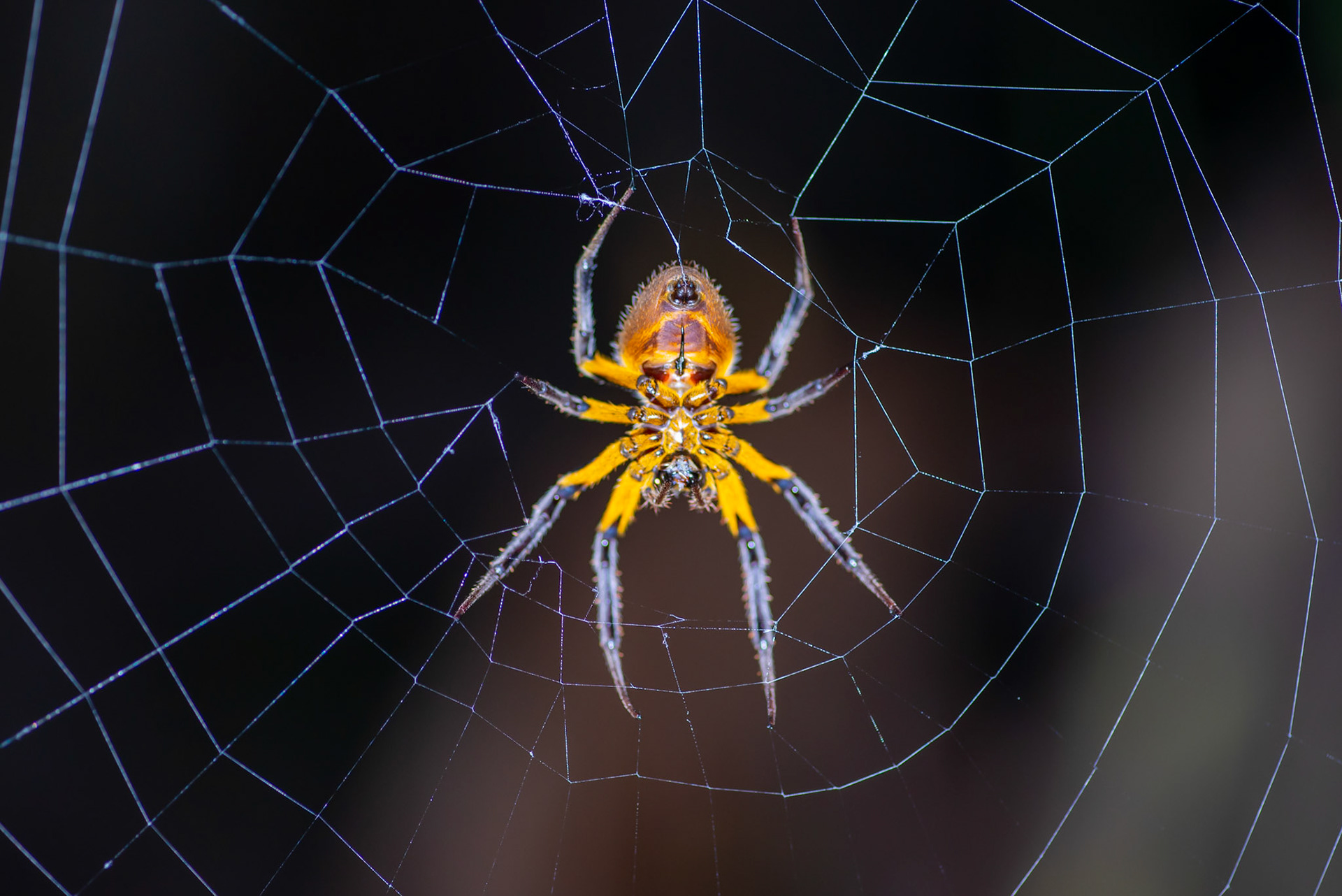
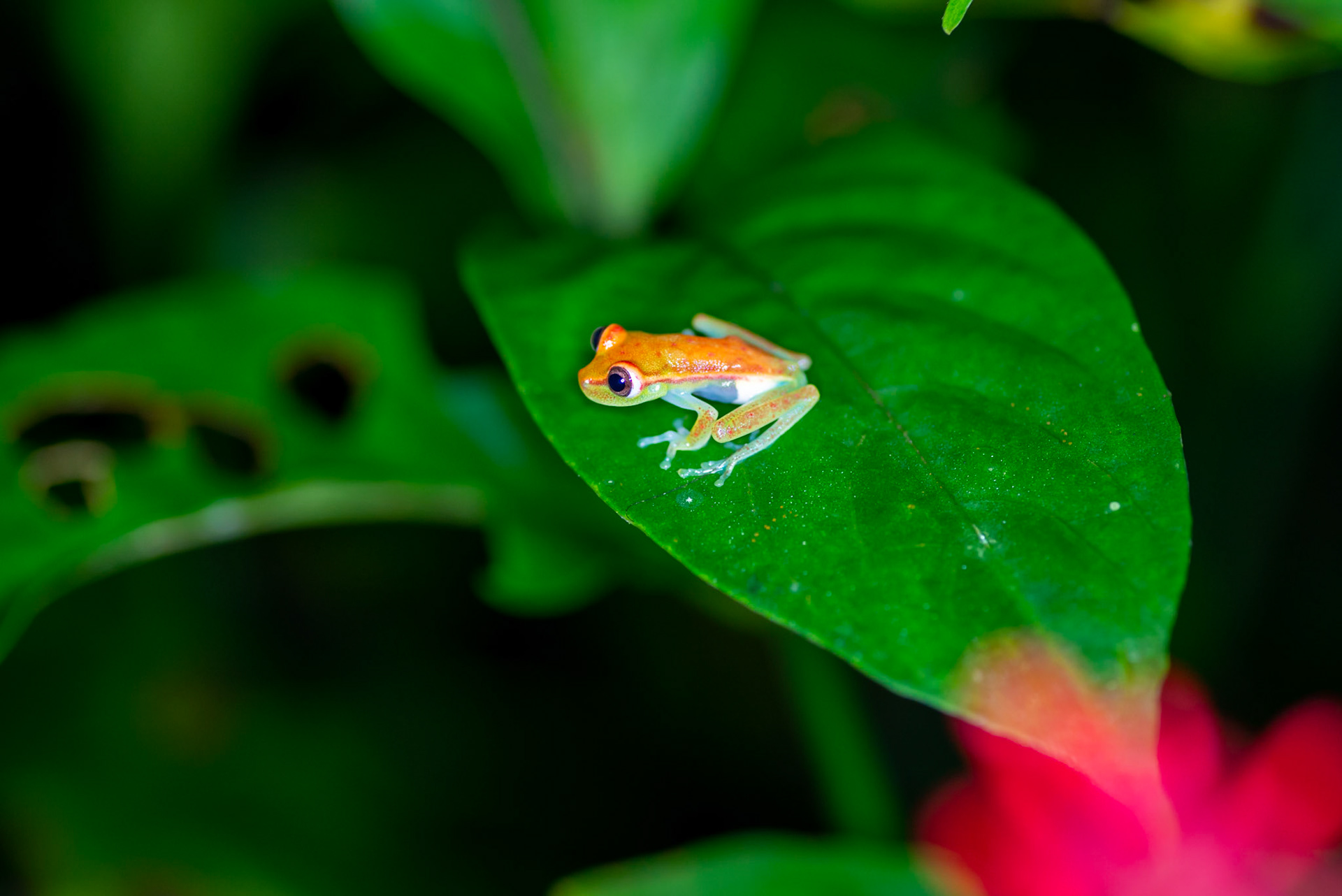
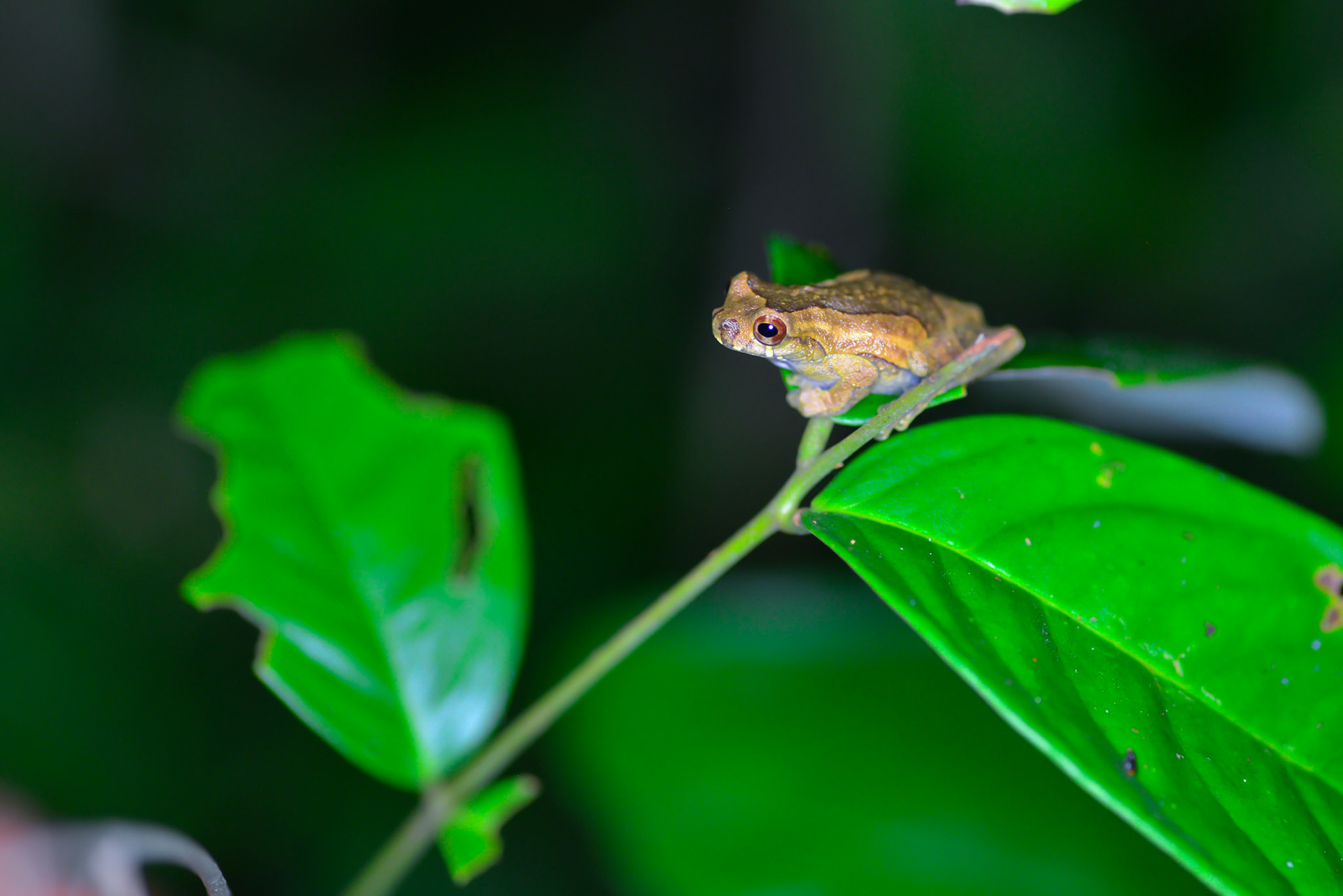
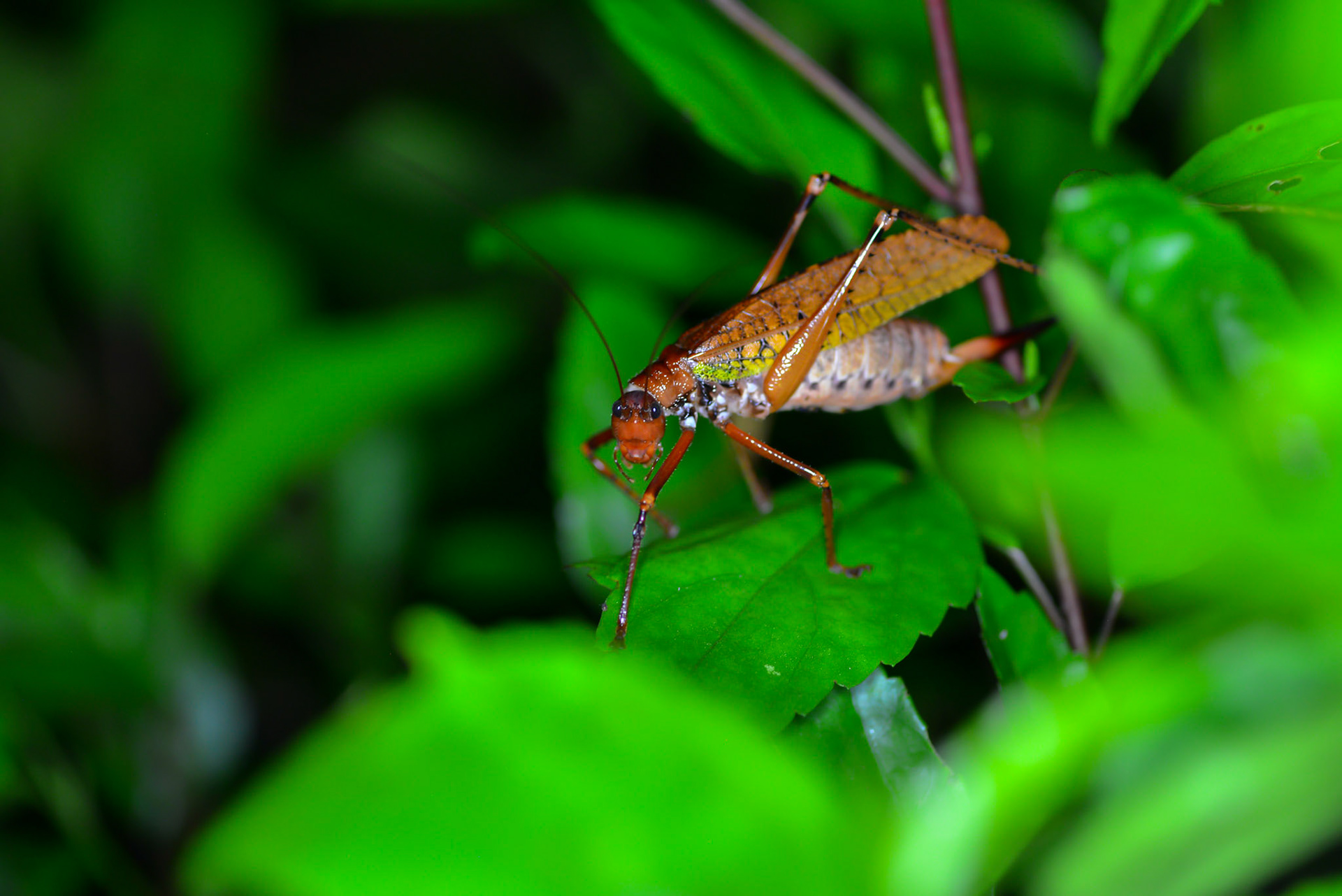
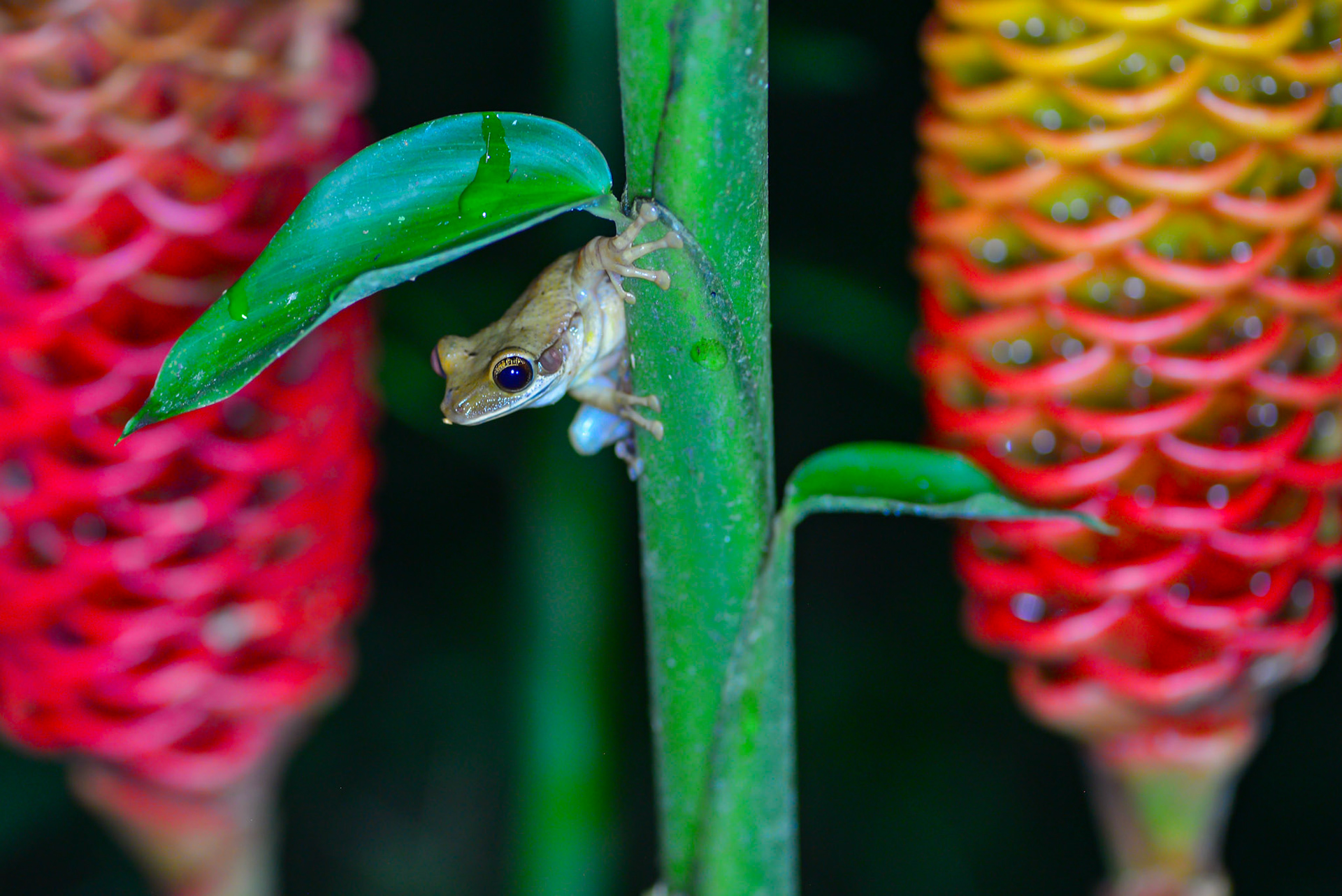
Wildlife activity during nightime
Nikon D600 with Tokina AT-X Pro Macro 100 mm. F2.8 D
Nikon D600 with Tokina AT-X Pro Macro 100 mm. F2.8 D
Many-Banded Aracari
(Pteroglossus pluricinctus)
Aracaris are birds belonging to the family Ramphastidae, a group of colorful toucans found in Central and South America. They are characterized by their large, brightly colored beaks, which are used to feed on insects, fruits, and small vertebrates.
Aracaris come in a variety of sizes and colors. All species of Aracaris have a brightly colored bill, usually yellow, orange or red, that may have black markings or stripes. The bill is short and stout, and is used to pluck fruits and break into hard-shelled insects.
Aracaris are often seen in pairs or small groups, and they are quite social, communicating with each other through a variety of calls. They are also very acrobatic birds, often seen flying or hopping from branch to branch.
These birds are an important part of the ecosystem, helping to disperse seeds from fruits and contributing to the health of the forest by eating insects that can be pests. They are also a popular sight for birdwatchers, offering a glimpse into the lives of these colorful and energetic birds.
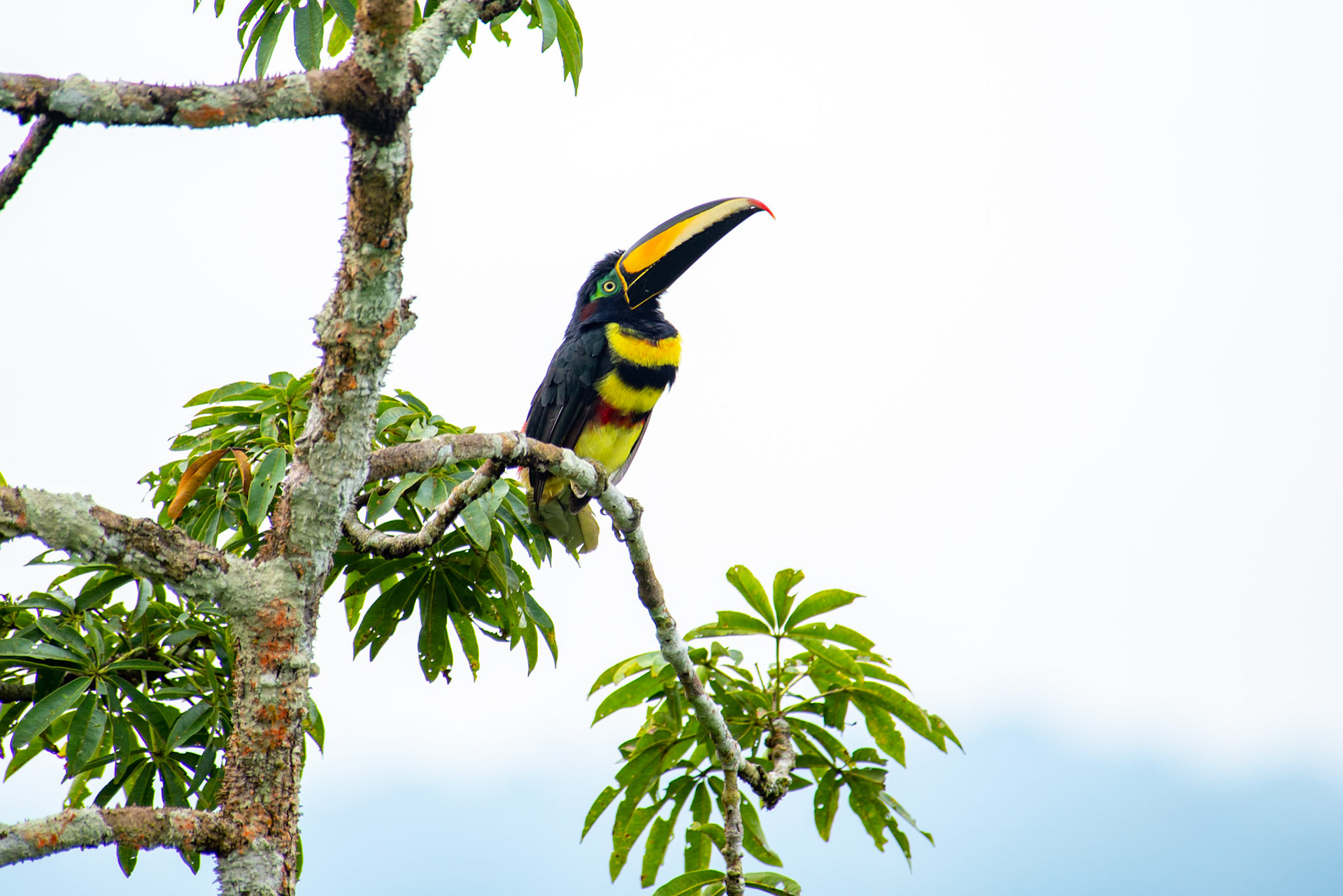
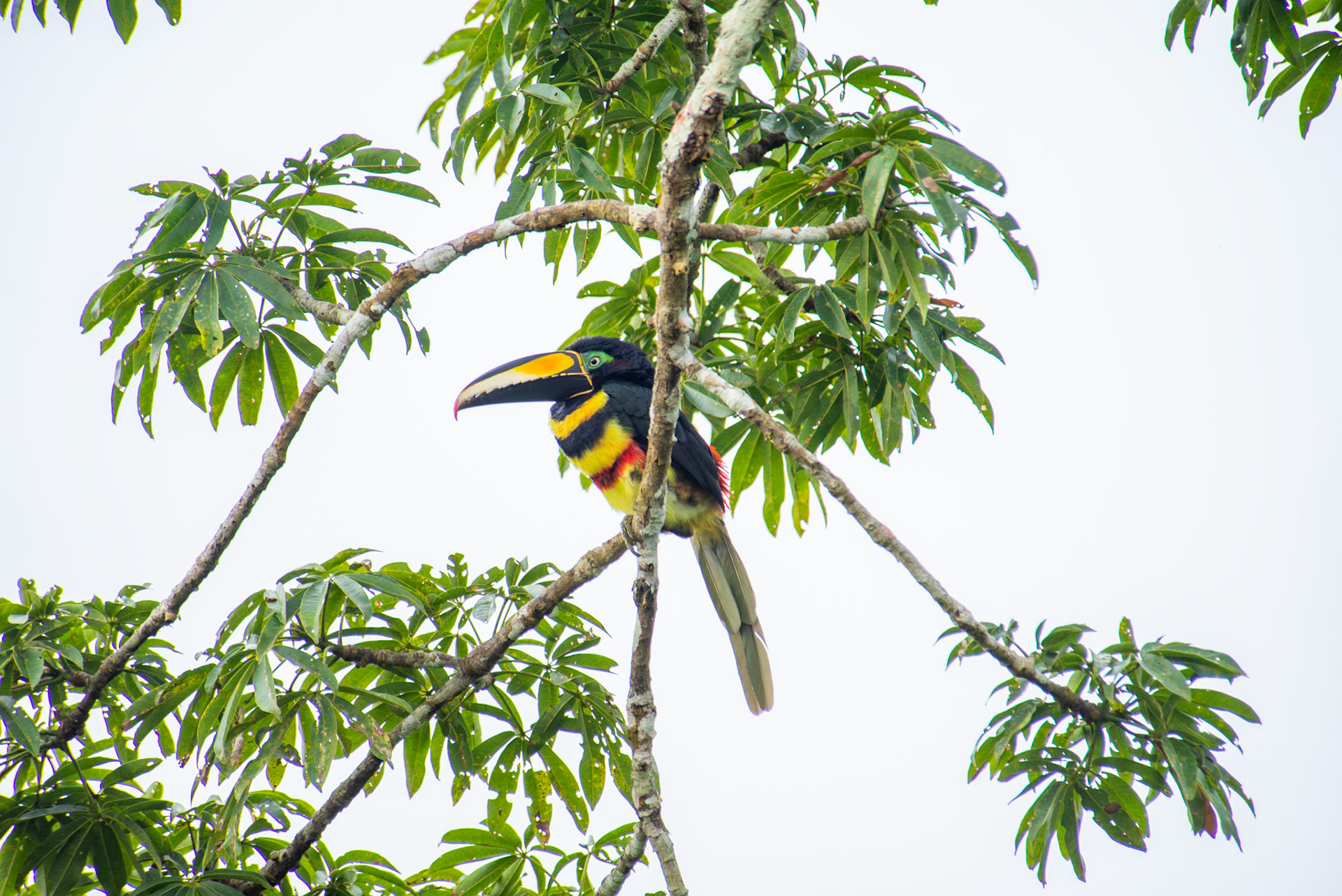
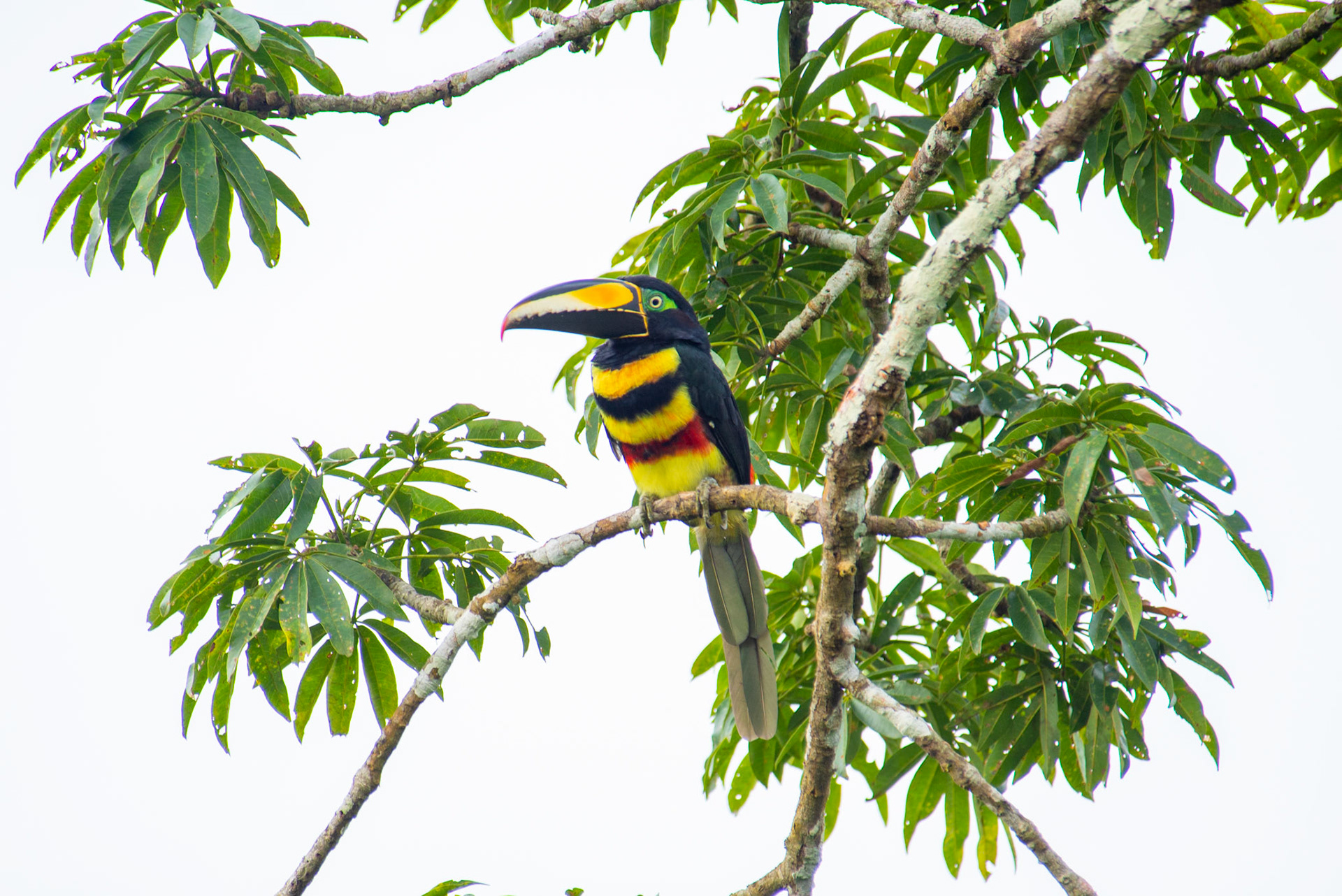
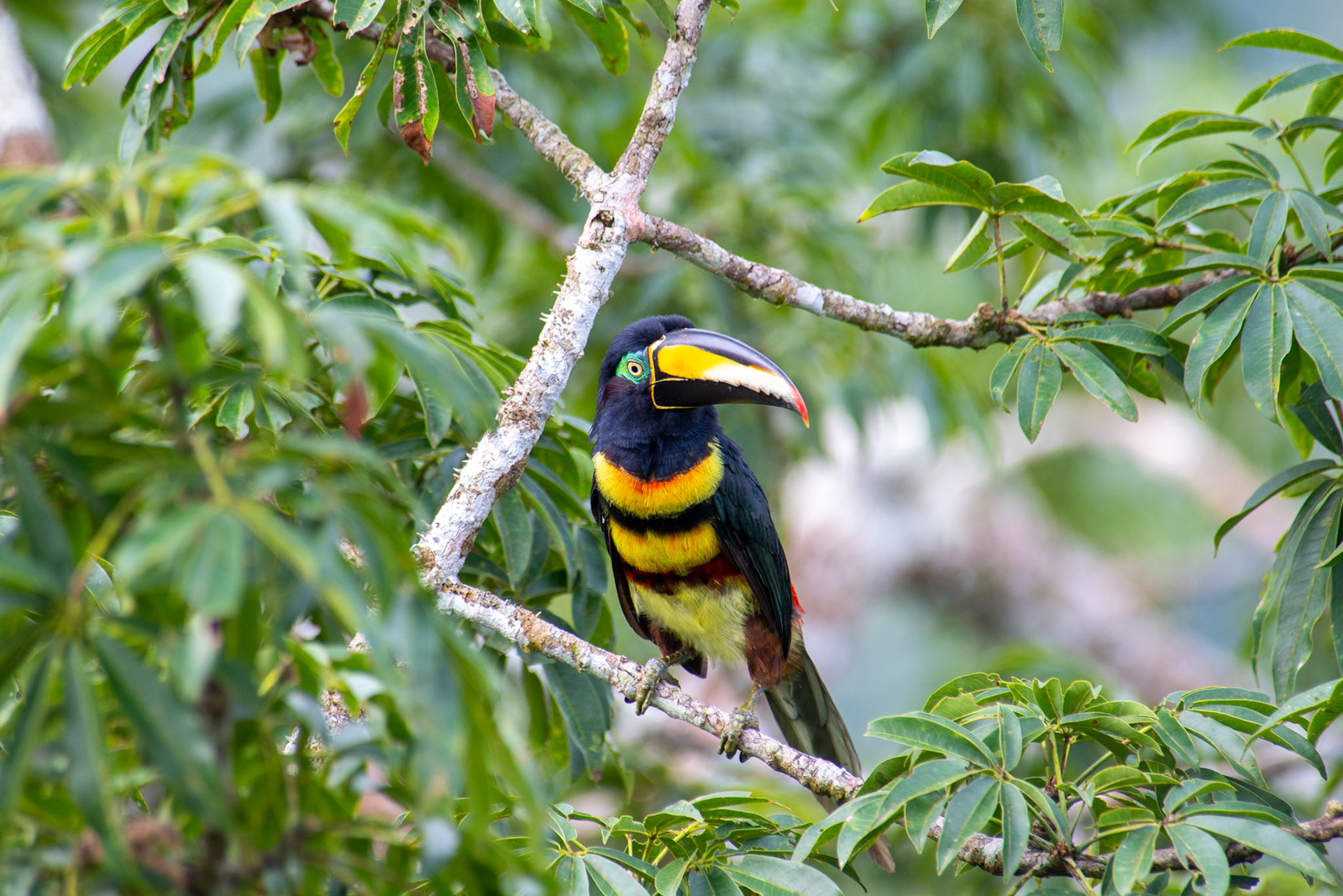
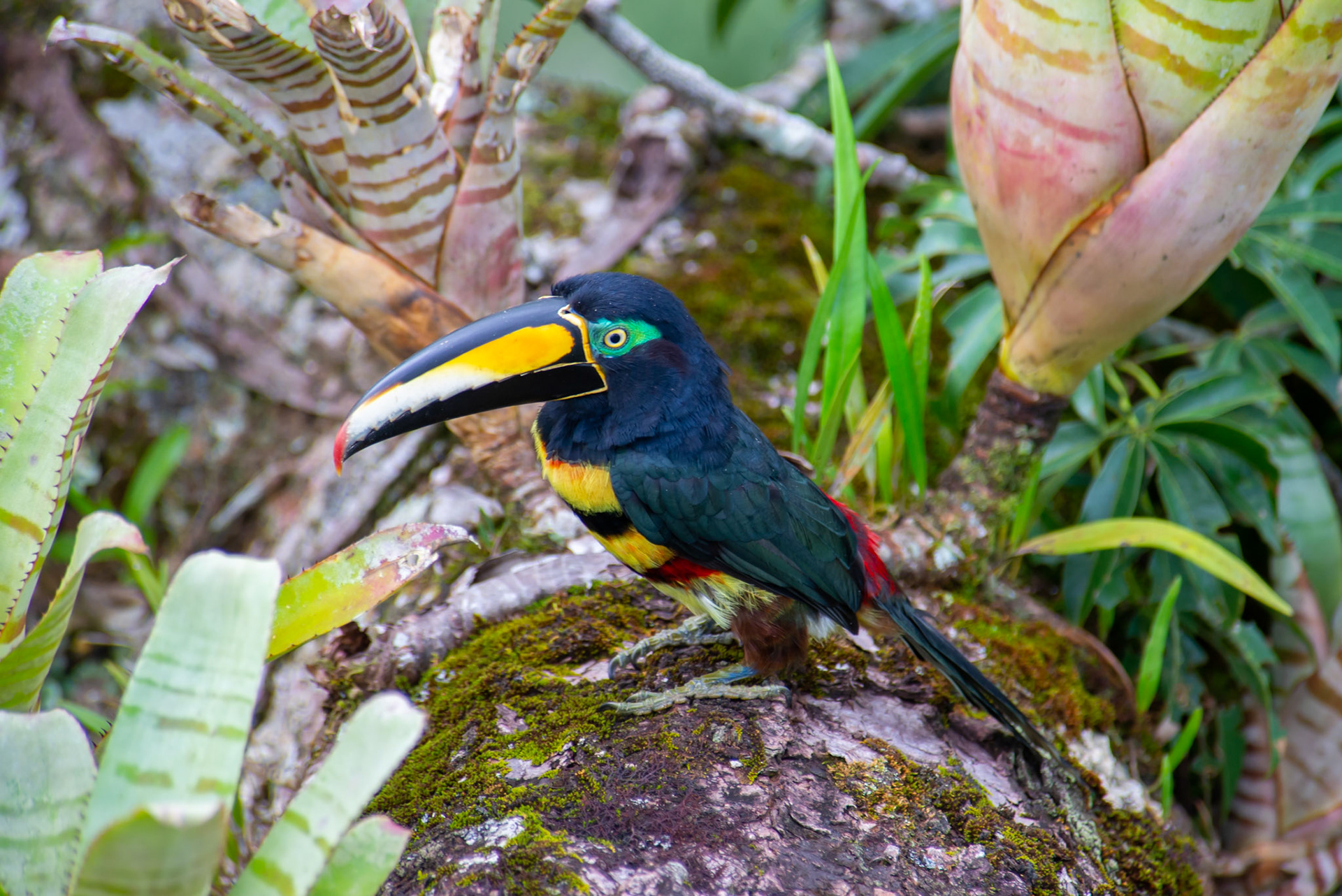
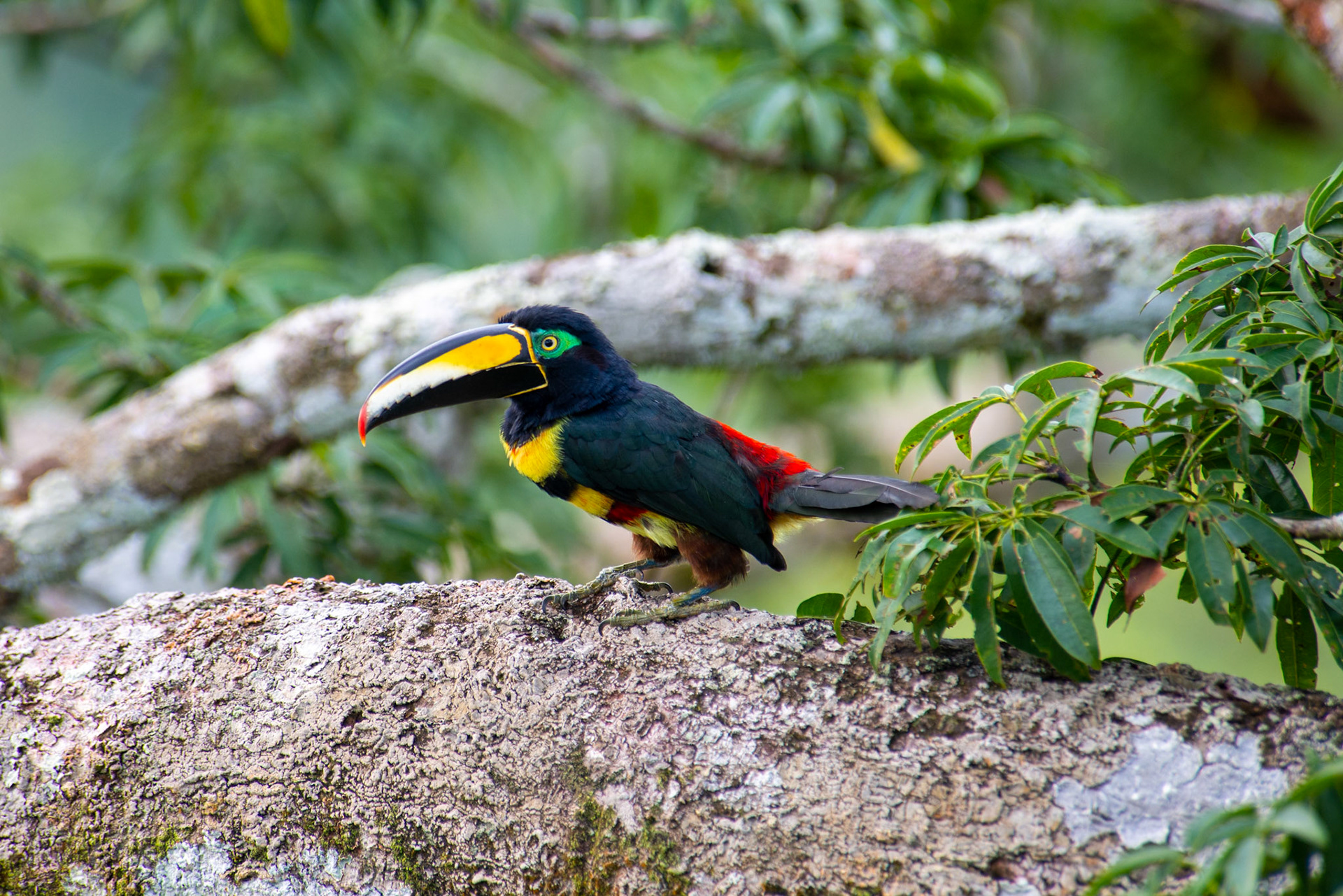
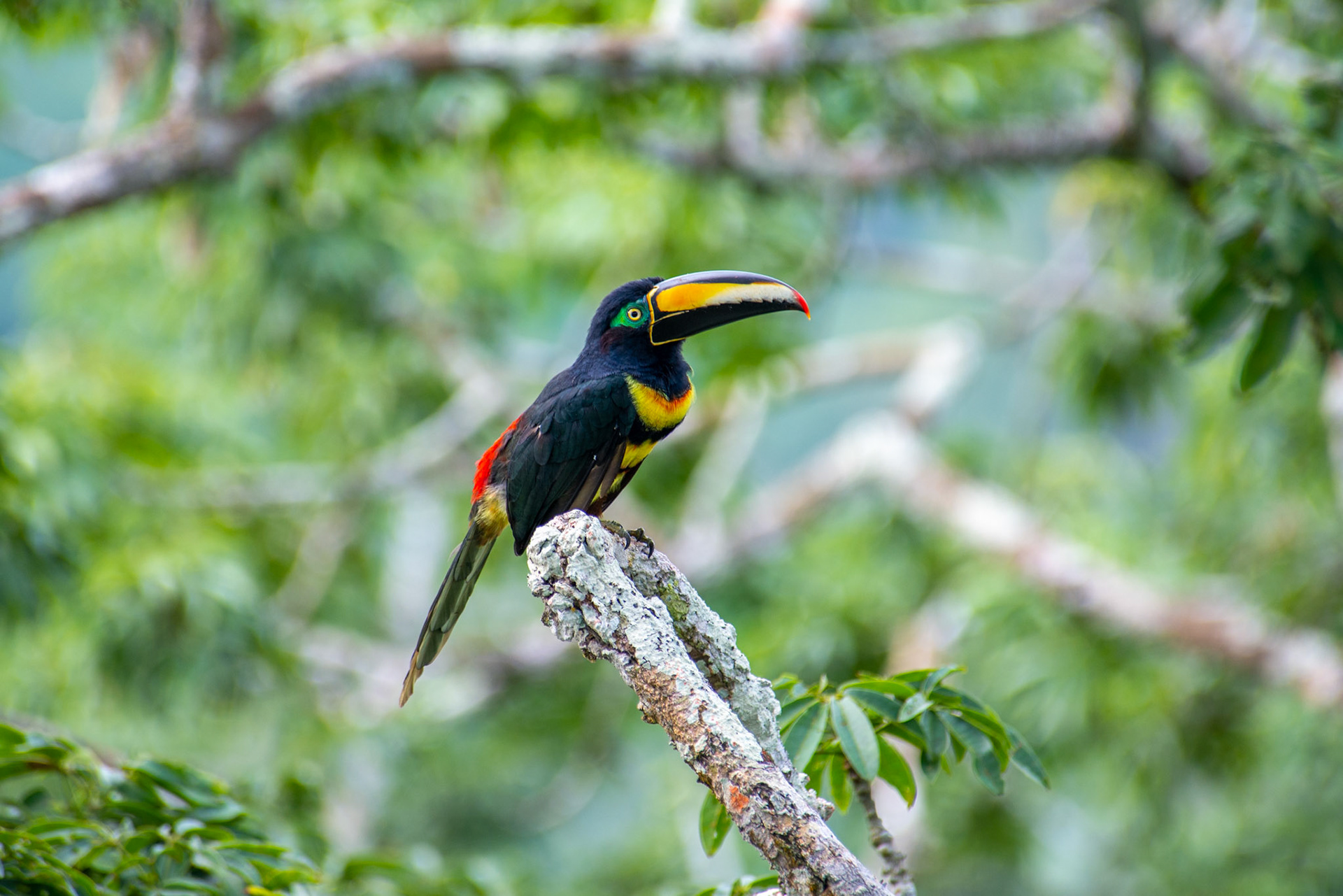
Aracaris on the canopy
Nikon D600 with Nikon AF VR 80-400 mm. F4.5-5.6D
Nikon D600 with Nikon AF VR 80-400 mm. F4.5-5.6D
Parrot Lick
Parrots may lick clay for a variety of reasons, including to soothe their digestive tract, to supplement their diet with minerals and trace elements, or to help them cope with digestive issues or stress. In some cases, it can also be a sign of boredom or curiosity.
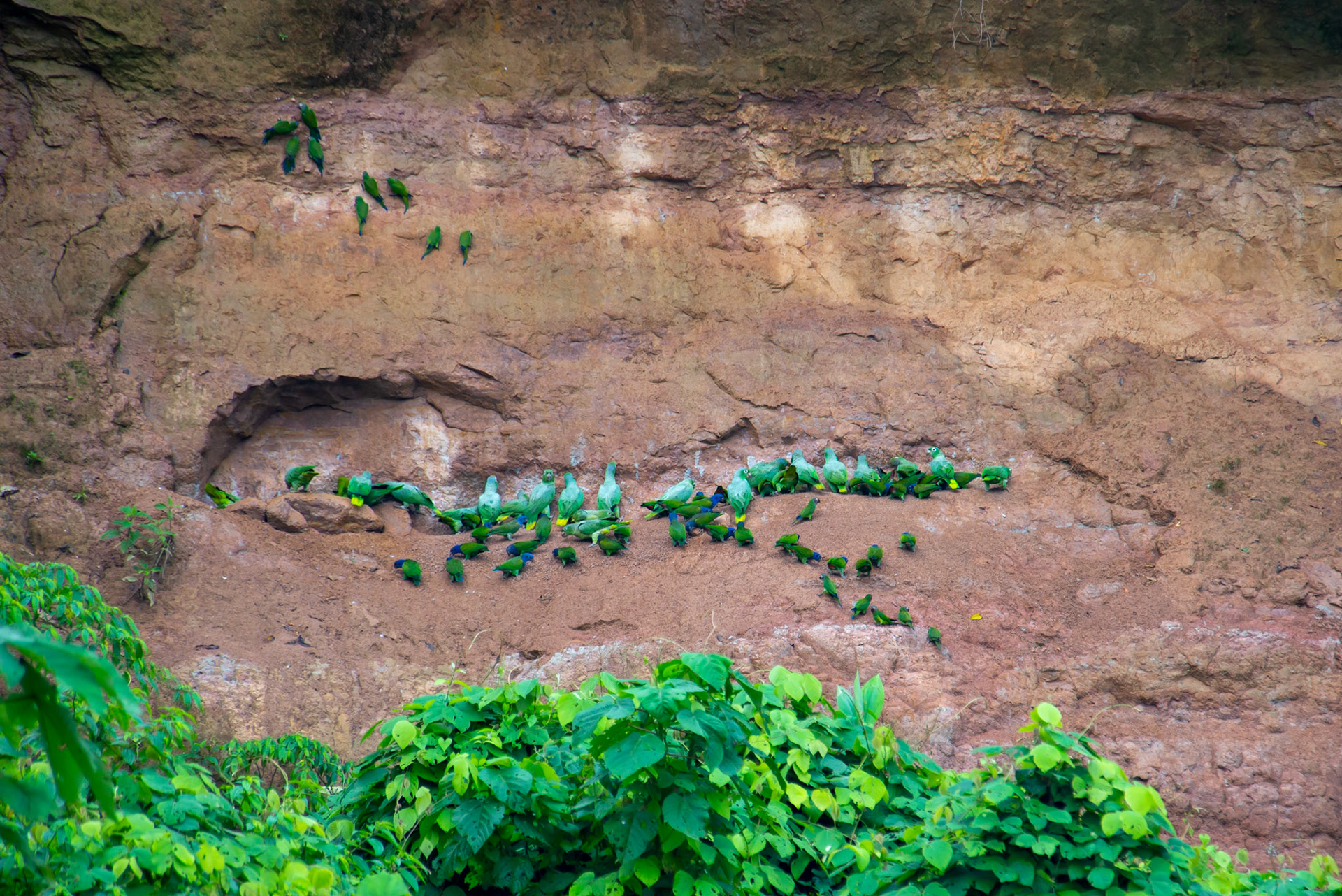
Parrot Lick
Nikon D600 with Nikon AF VR 80-400 mm. F4.5-5.6D
Nikon D600 with Nikon AF VR 80-400 mm. F4.5-5.6D
Poison Dart Frogs
Poison dart frogs are small, brightly-colored frogs found in Central and South America. They are a type of frog known as “dendrobatids”, which are highly toxic and produce powerful toxins that can be lethal to predators.
The brightly-colored skin of the poison dart frog is a warning to potential predators. The skin contains a variety of toxins, including alkaloids and pumiliotoxins, which act as a deterrent to predators. These toxins make the frogs unpalatable, and often lethal, to potential predators.
There are over 170 species of poison dart frogs, ranging in size from a few millimeters to over three inches. They come in a variety of colorful patterns, including blue, red, yellow, green, and black.
Despite their small size, poison dart frogs are powerful predators. They feed on small insects, such as ants, crickets, and flies. They use their long, sticky tongues to catch their prey, and use their powerful toxins to incapacitate it.
Poison dart frogs are a fascinating species, and an important part of the rainforest ecosystem. They are an important source of food for many species of birds and other predators, and their presence in the rain
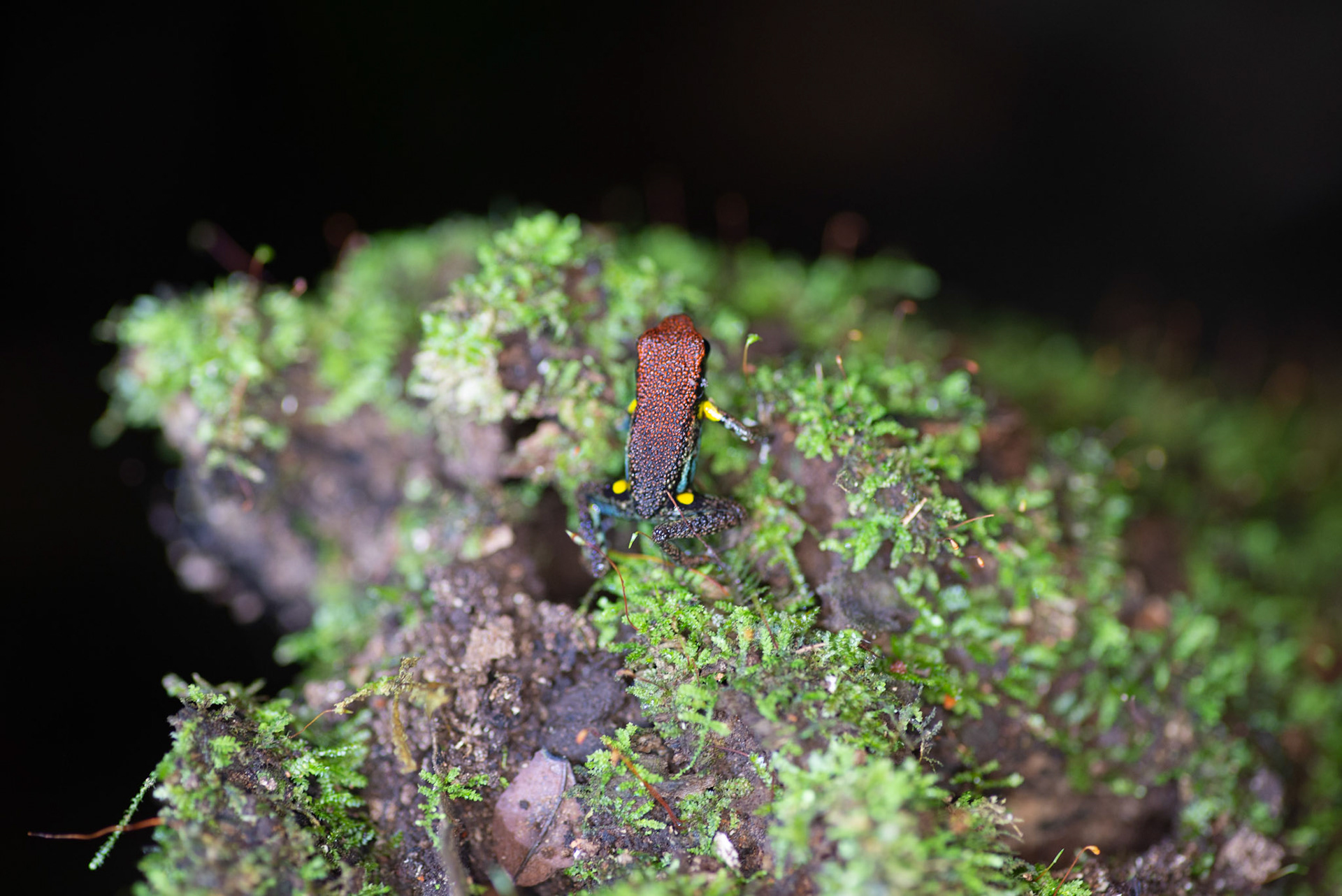
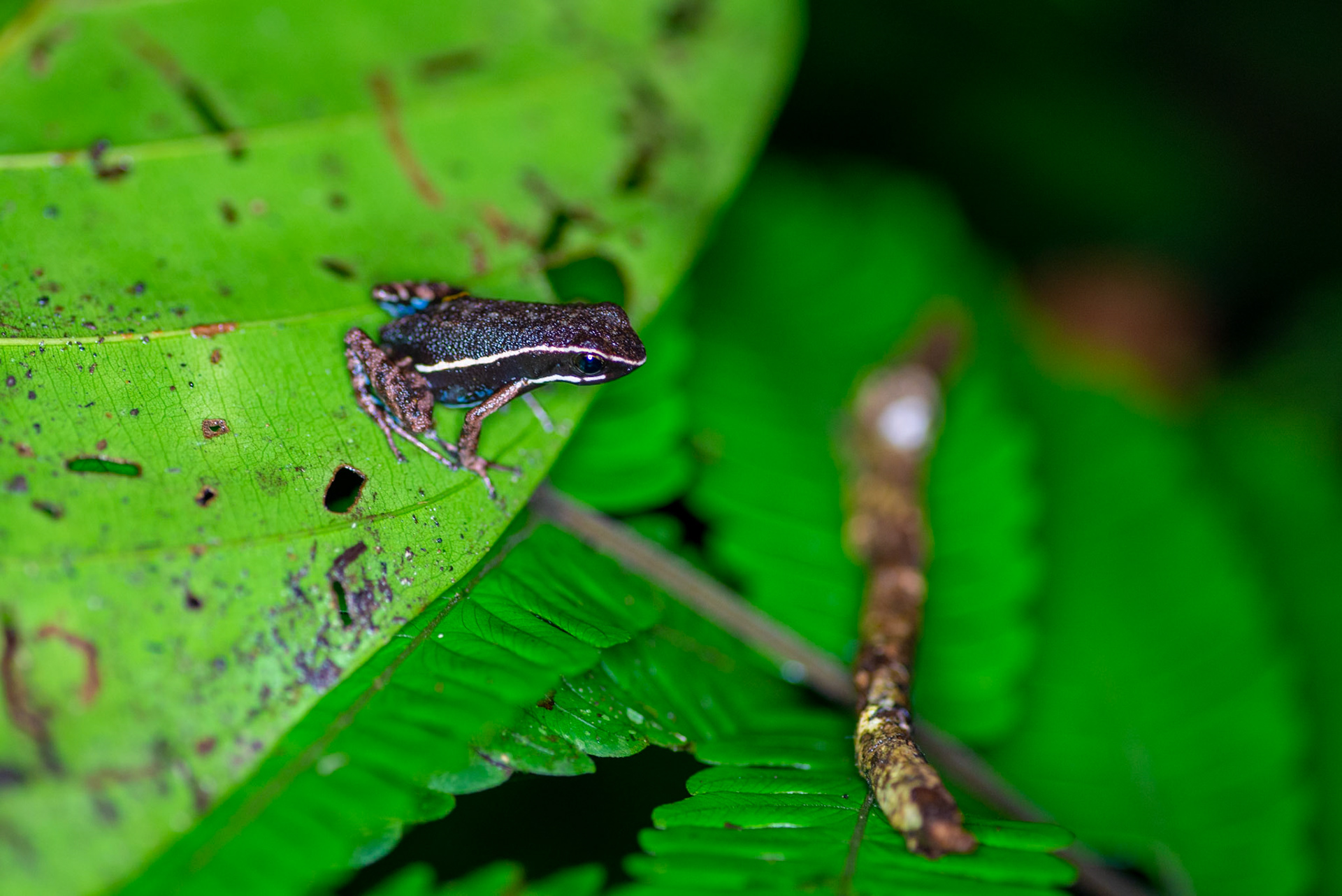
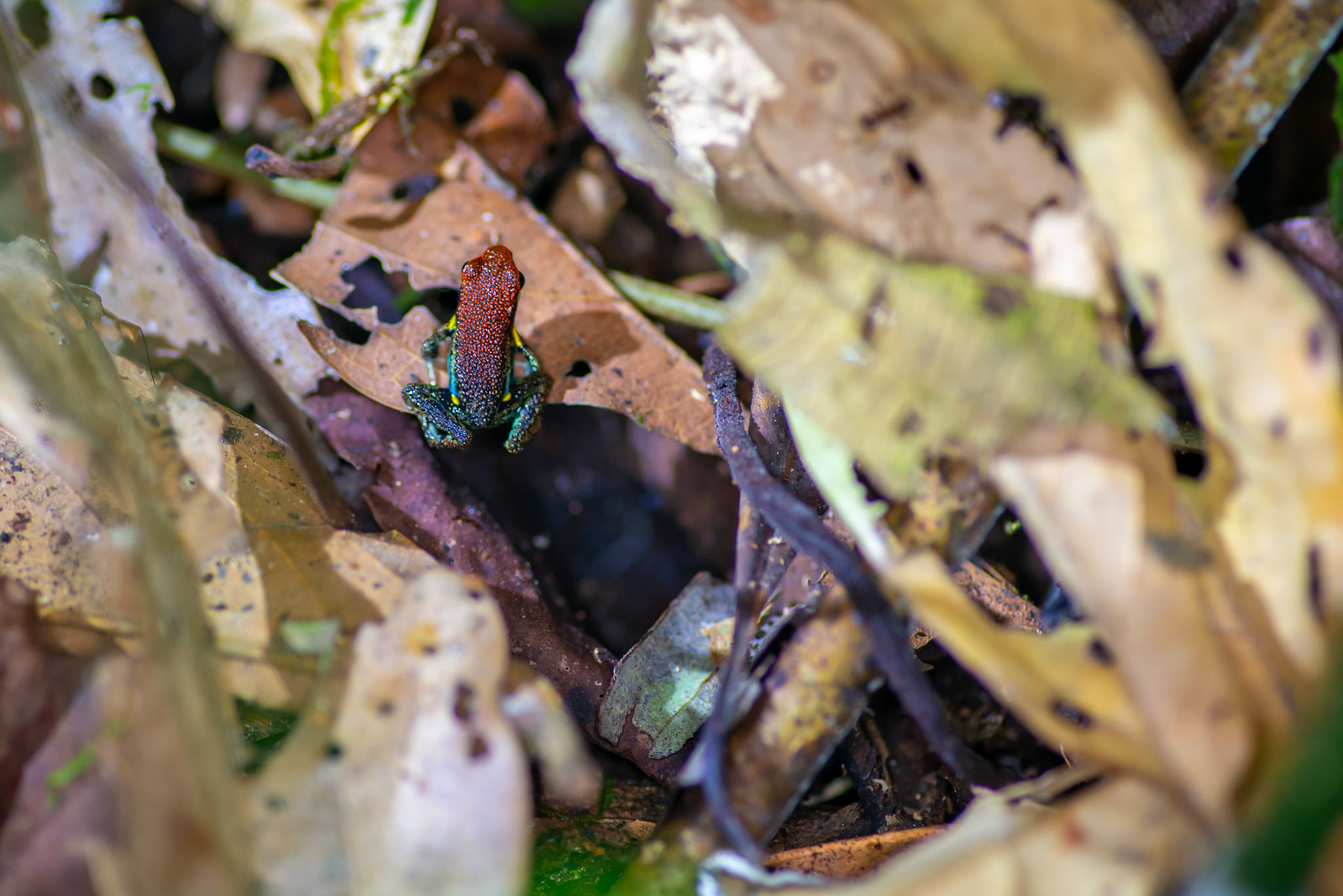
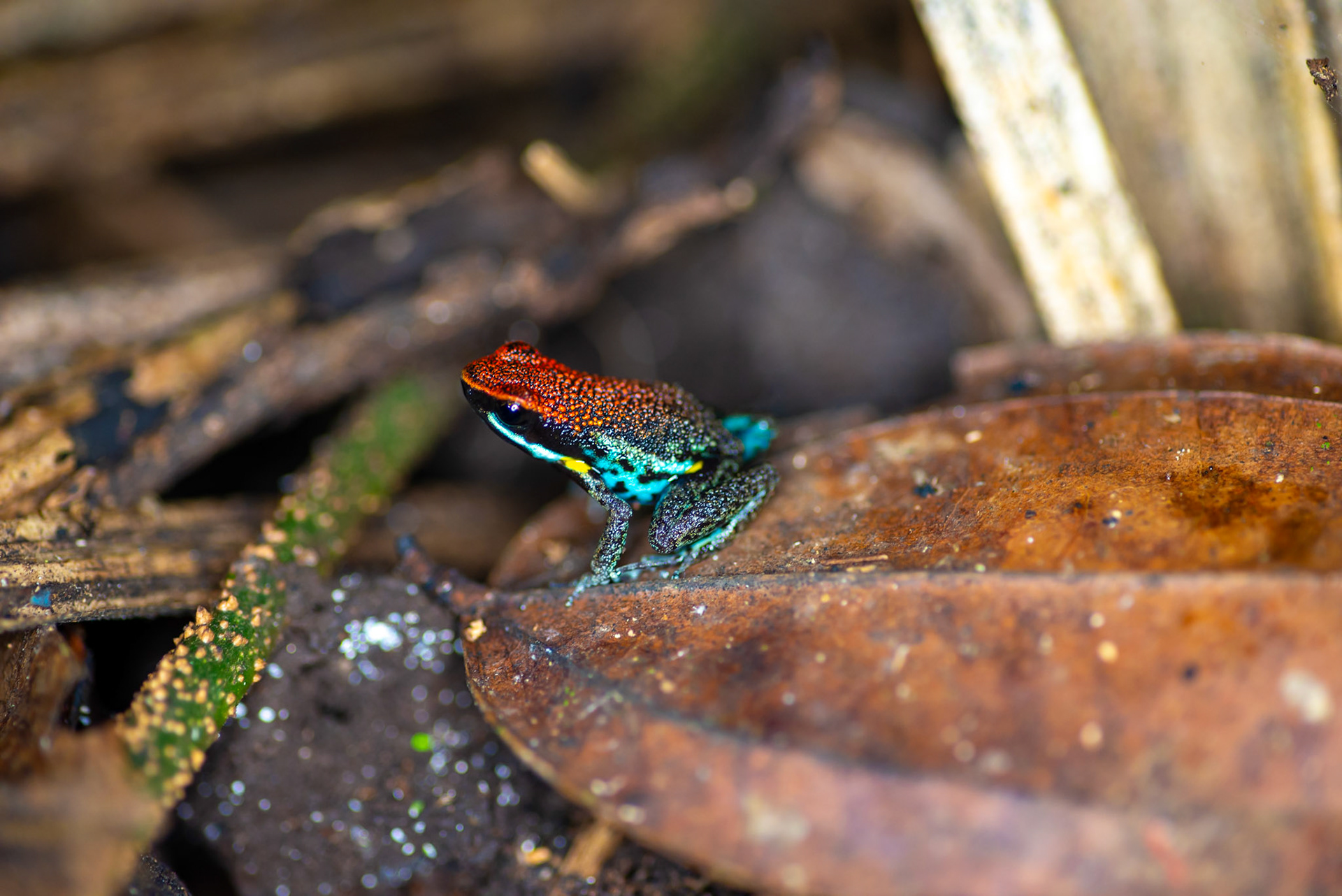
Poison dart frog (Ameerega bilinguis)
Dart frogs
Nikon D600 with Tokina AT-X Pro Macro 100 mm. F2.8 D
Nikon D600 with Tokina AT-X Pro Macro 100 mm. F2.8 D

